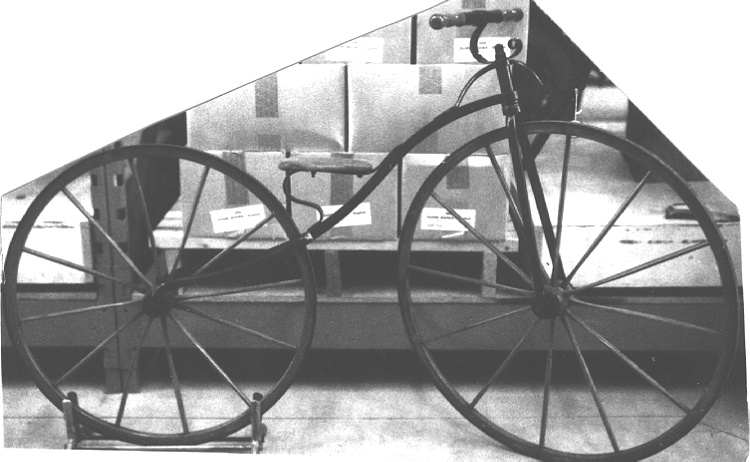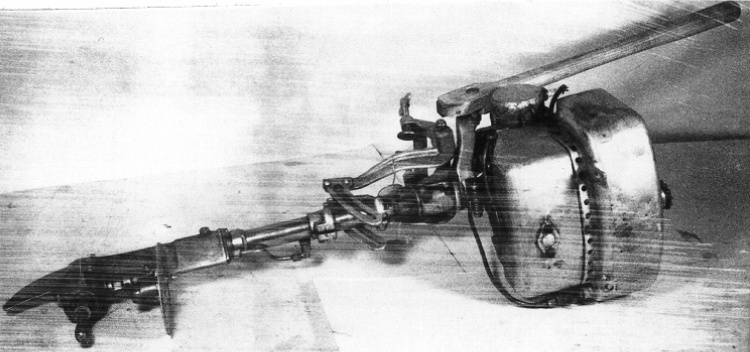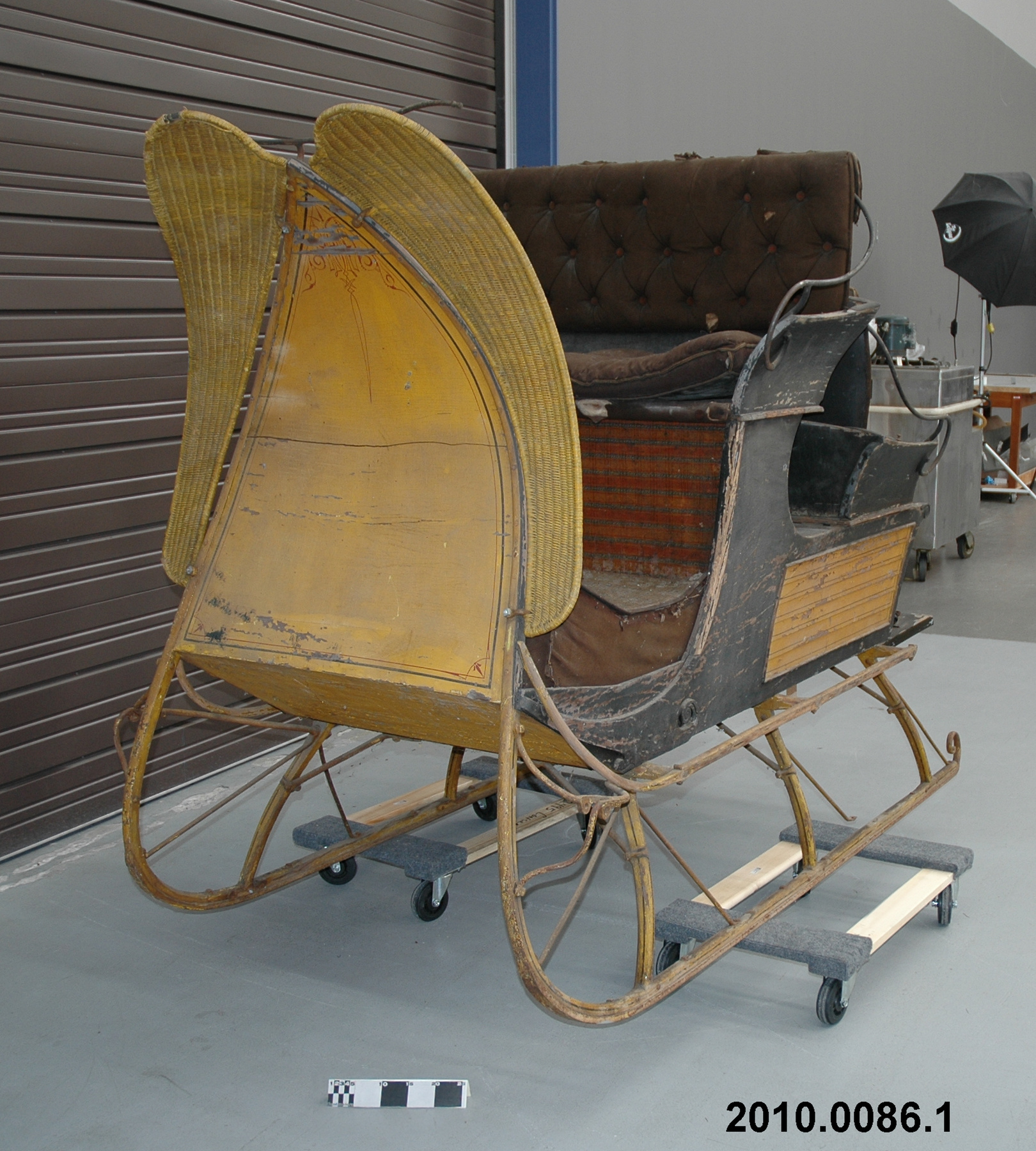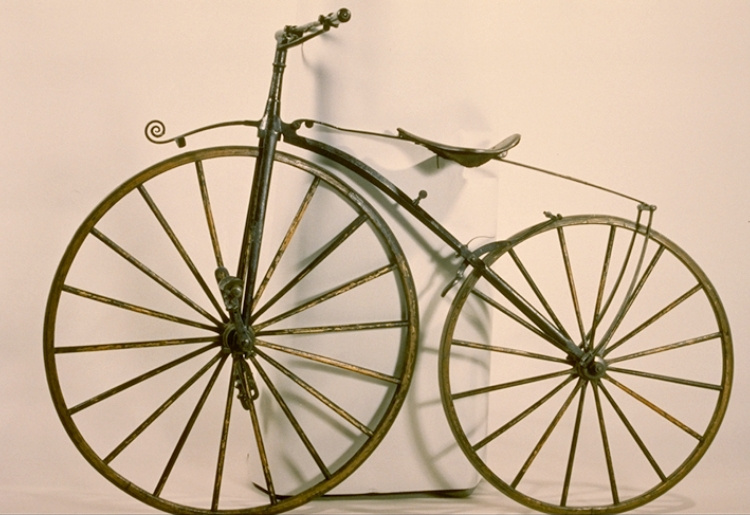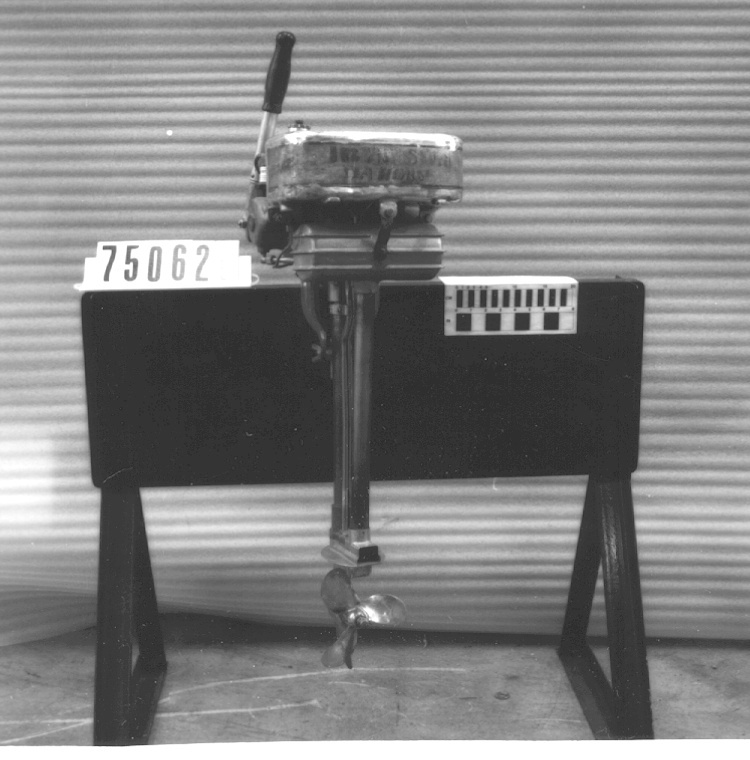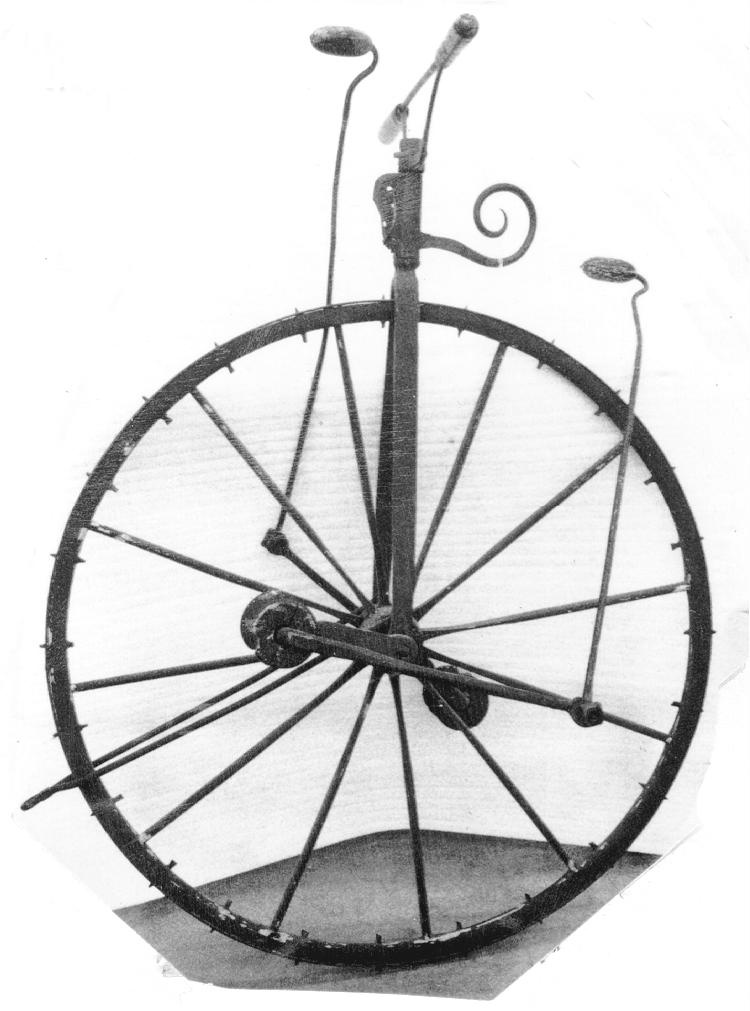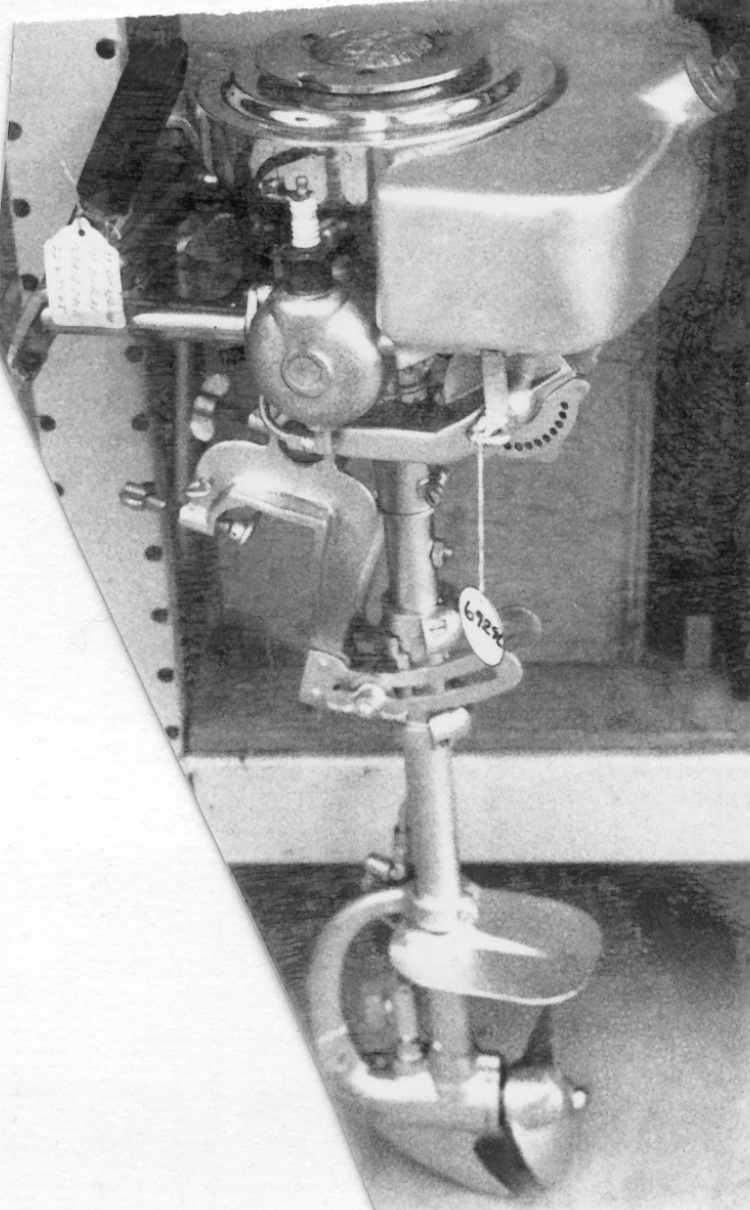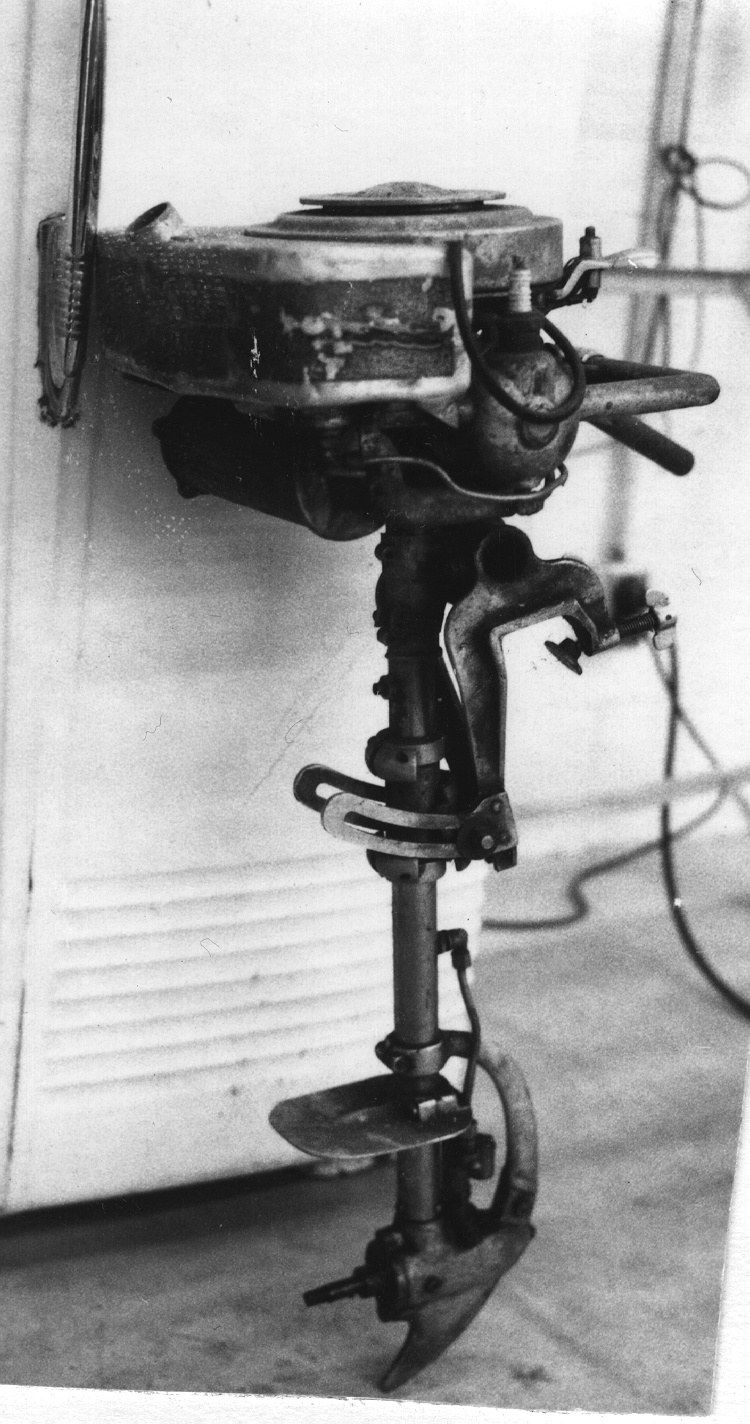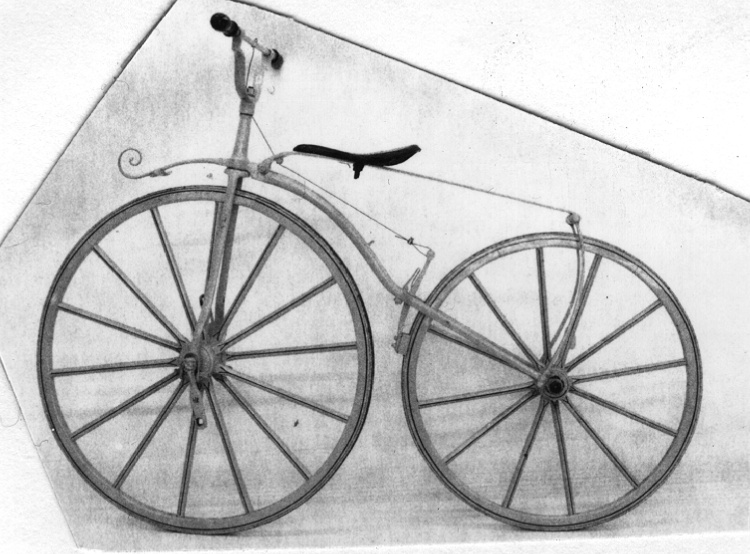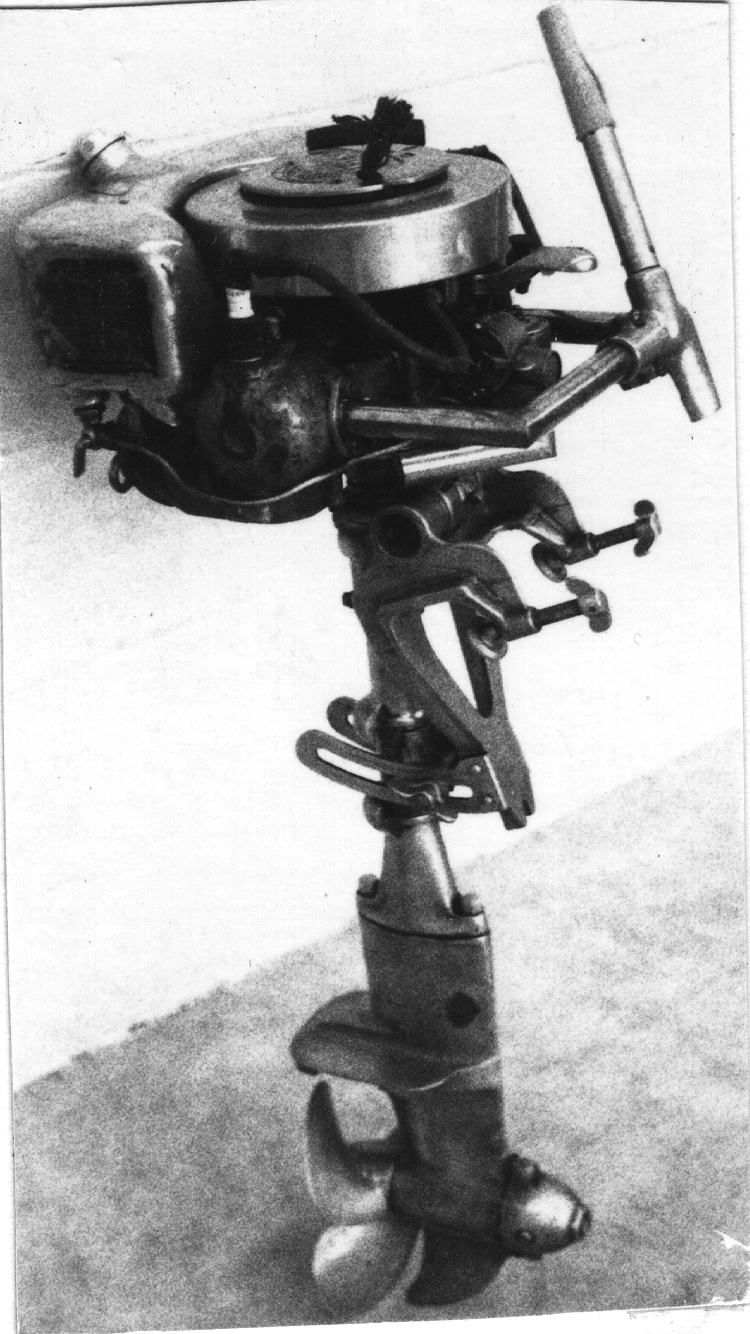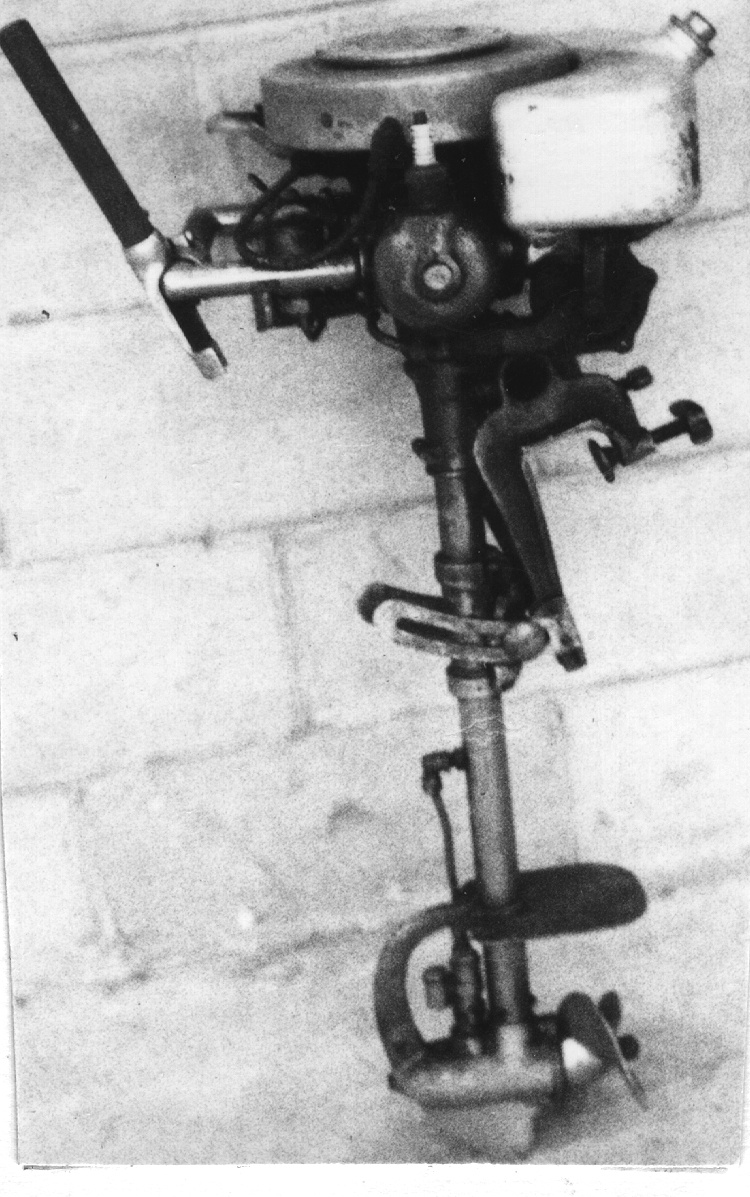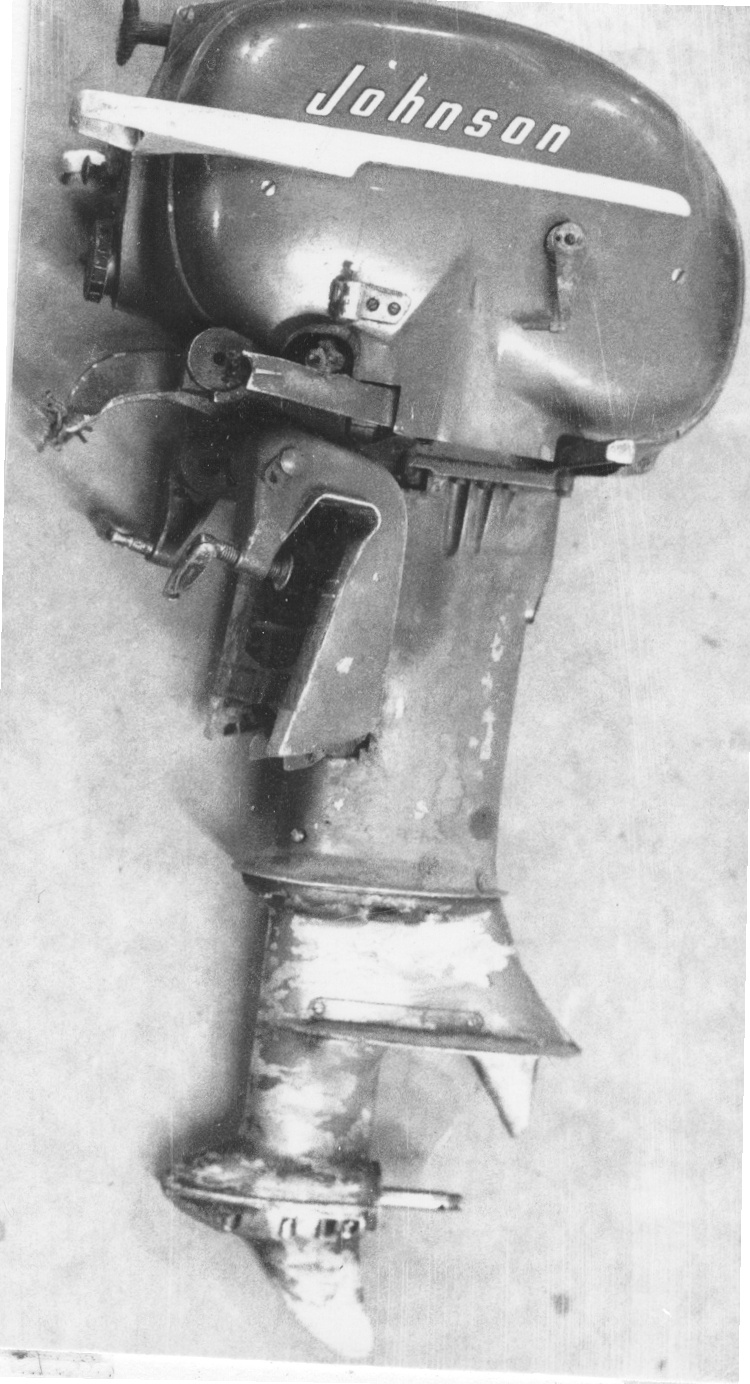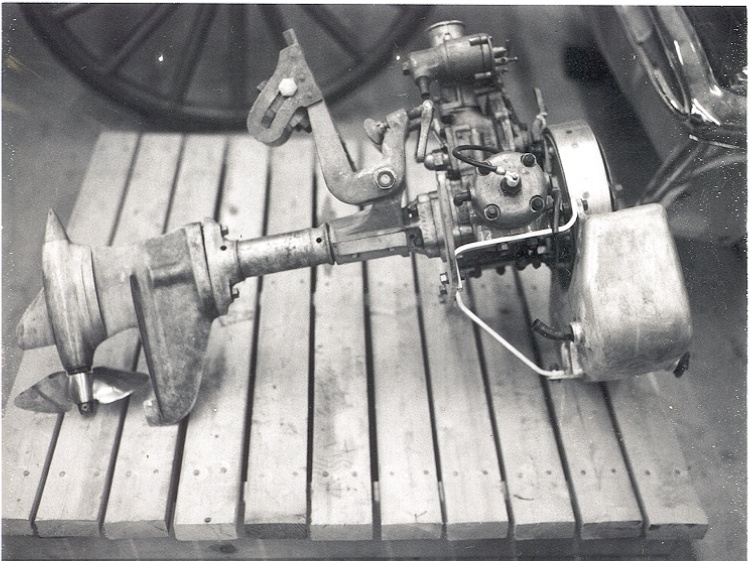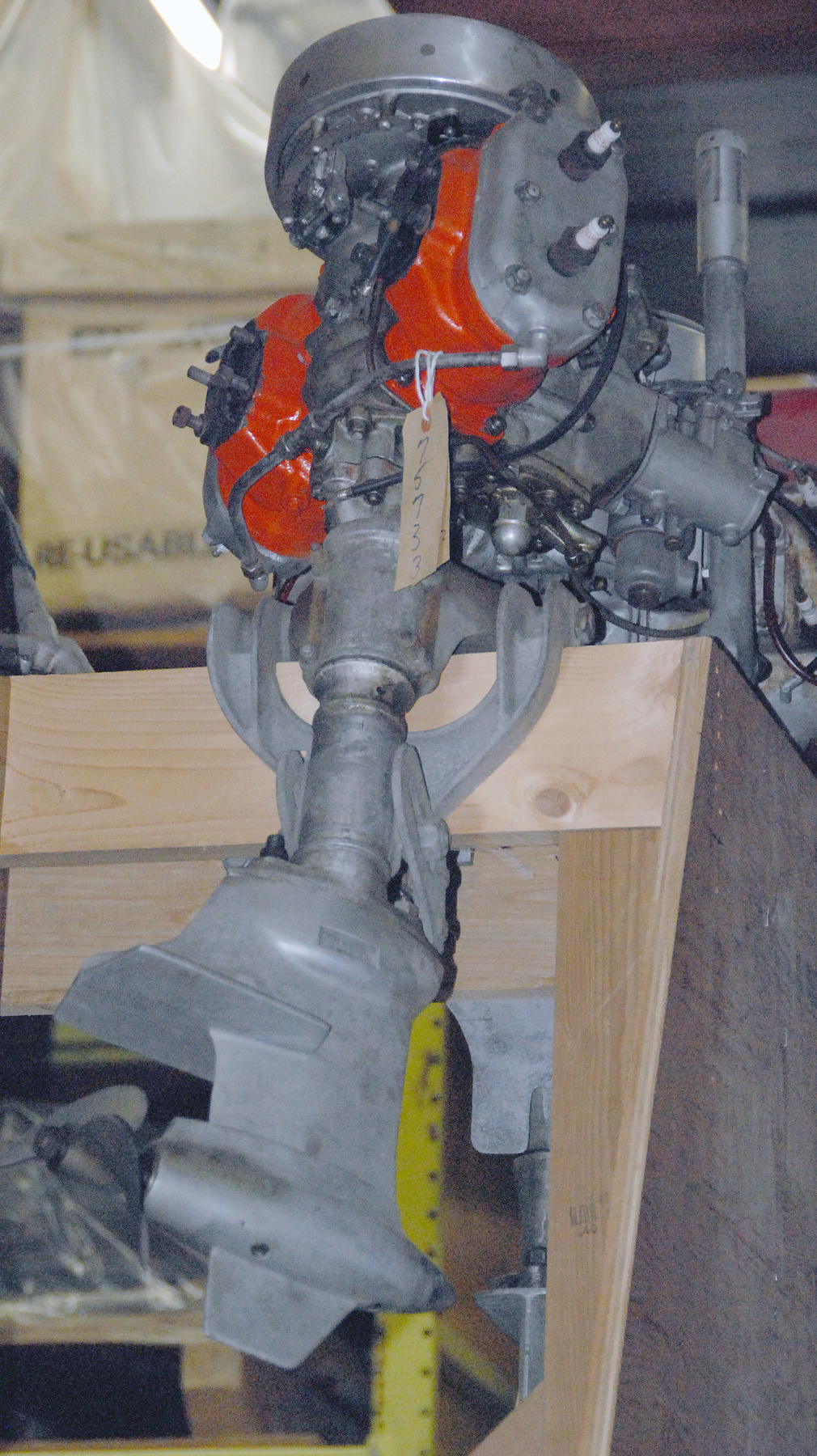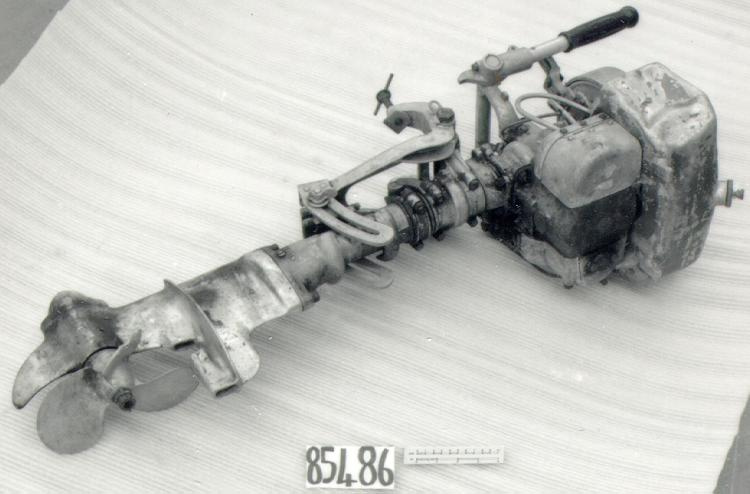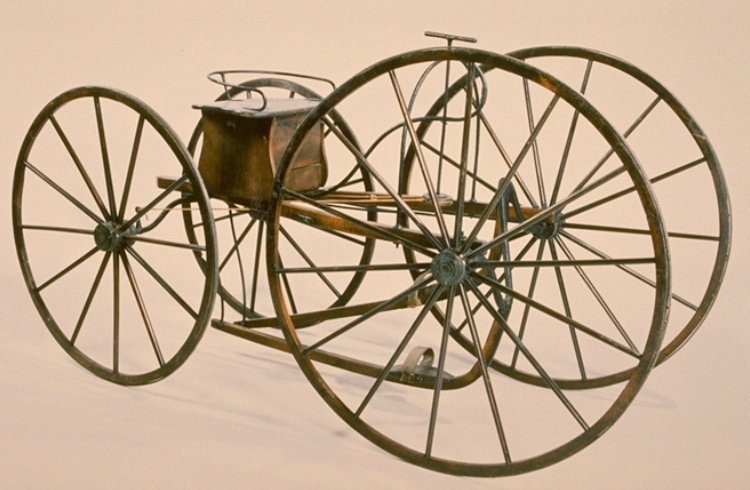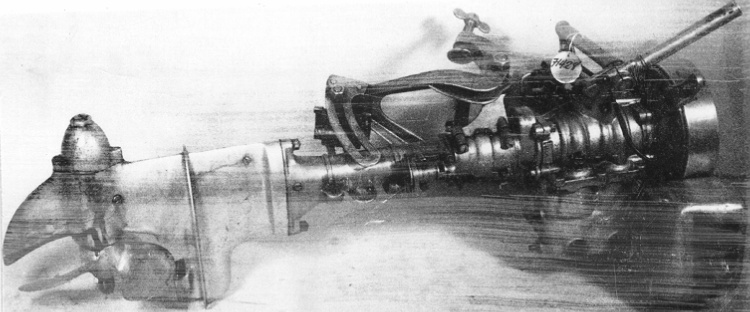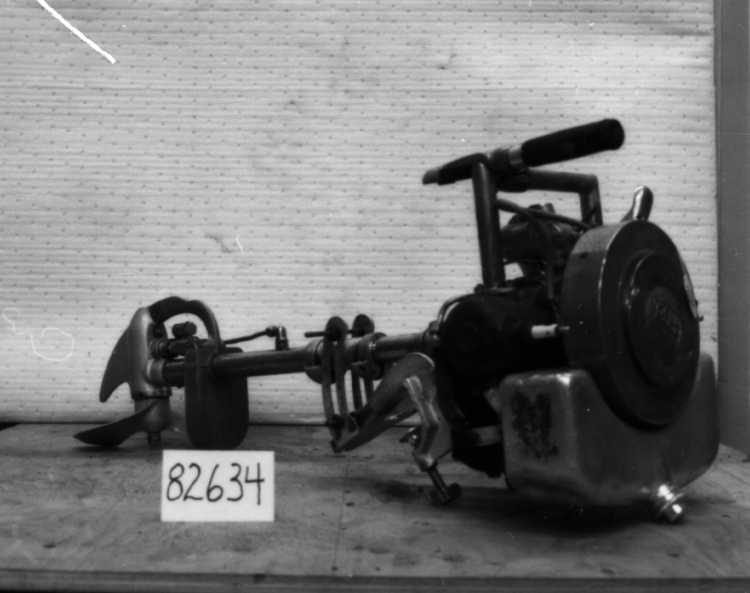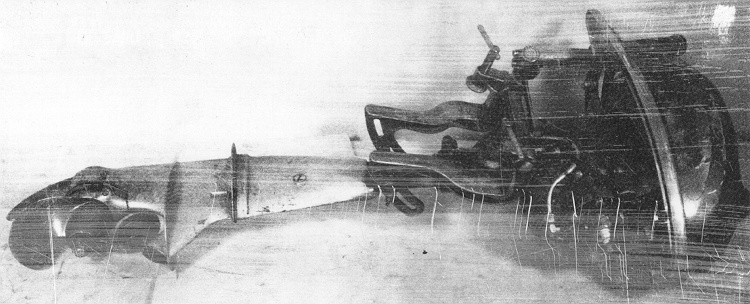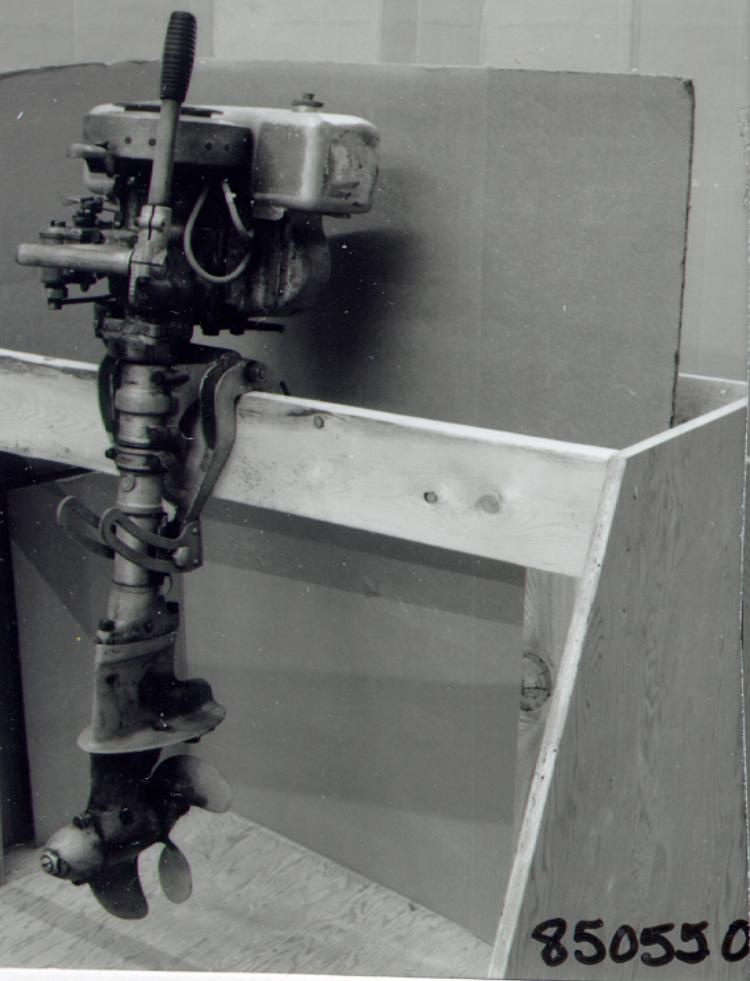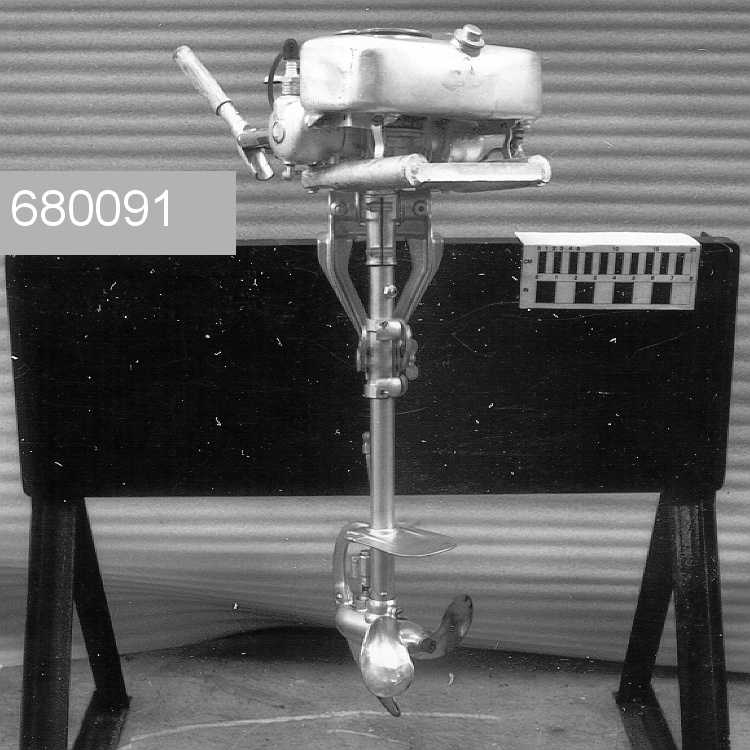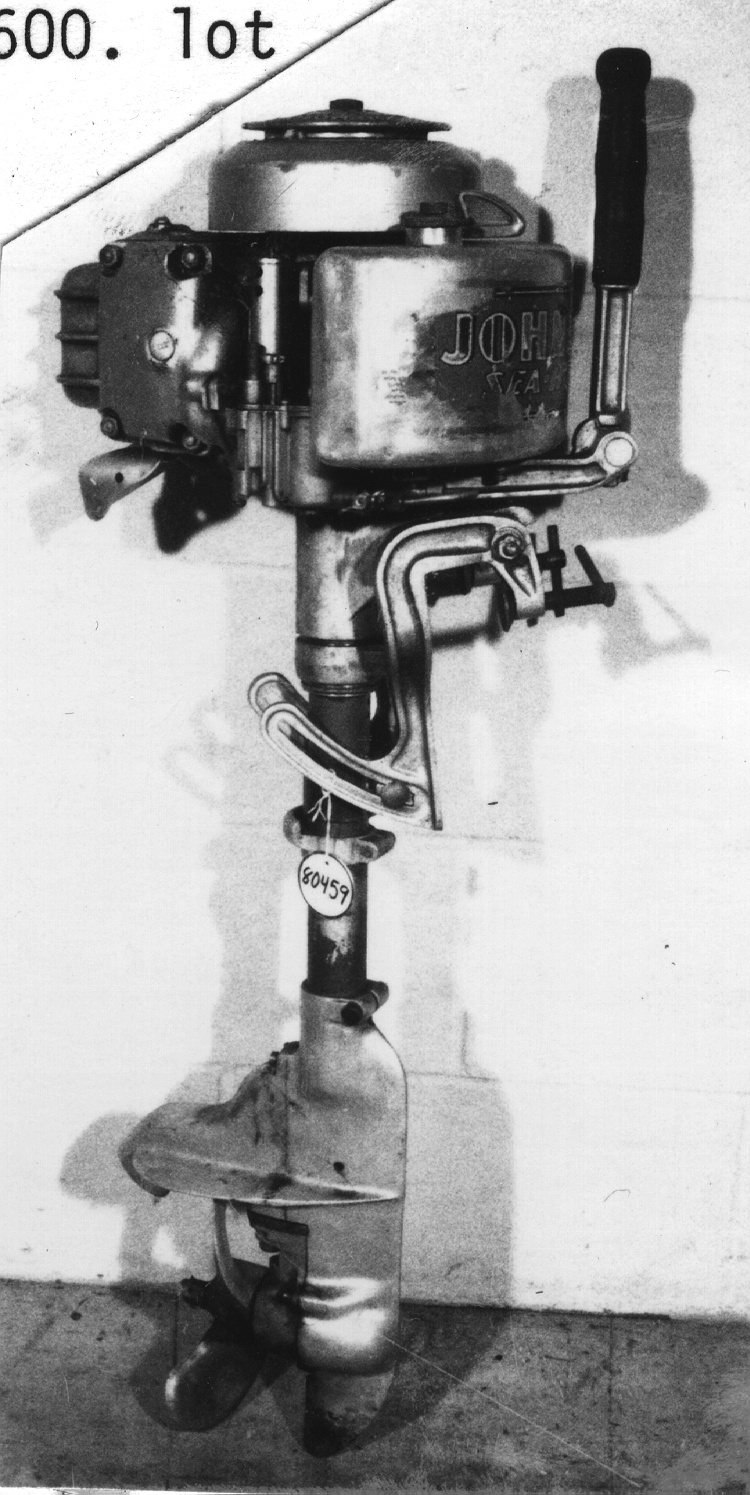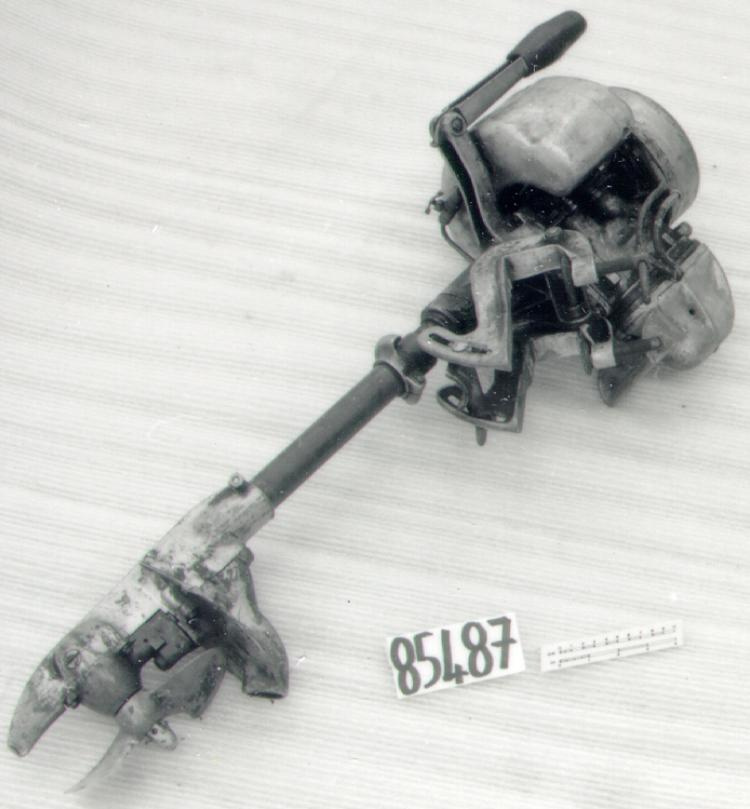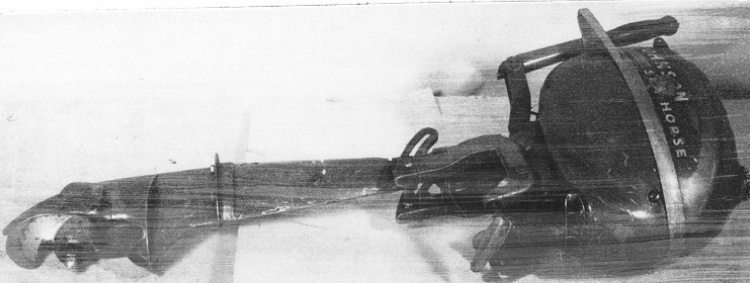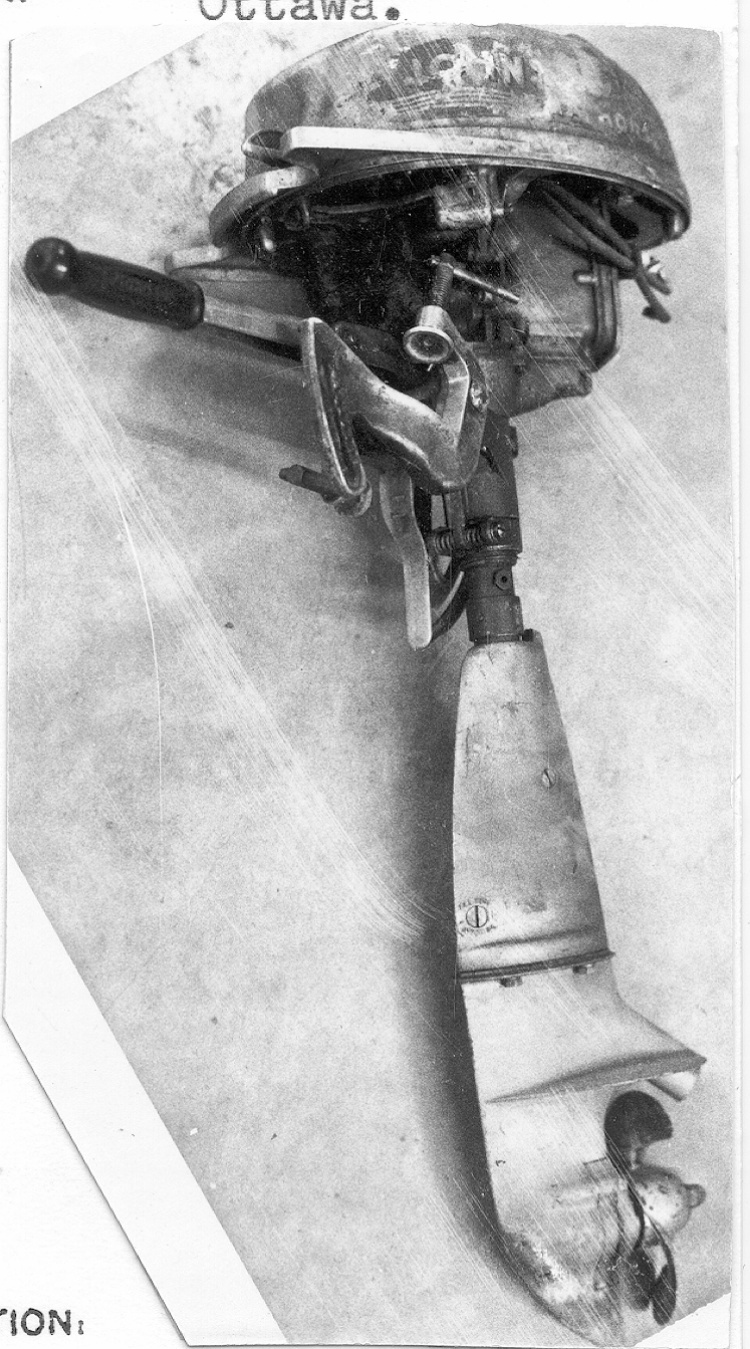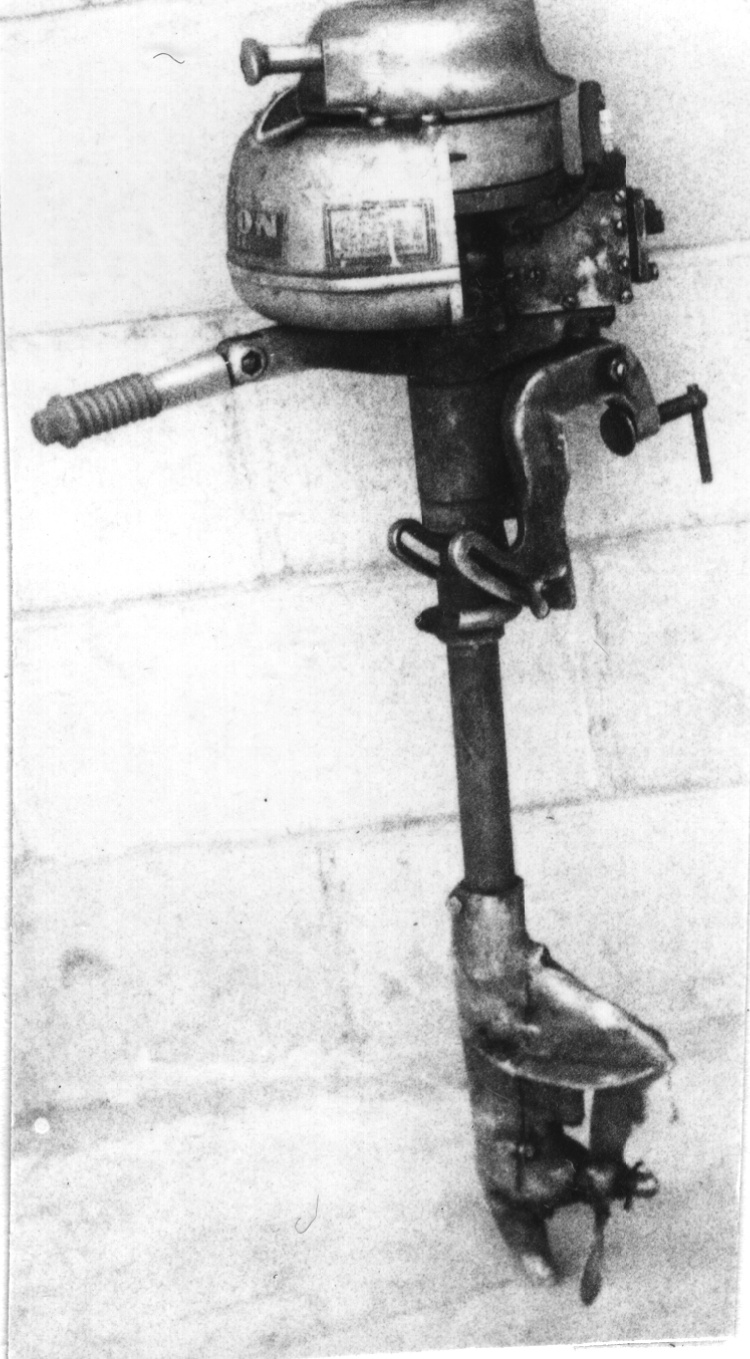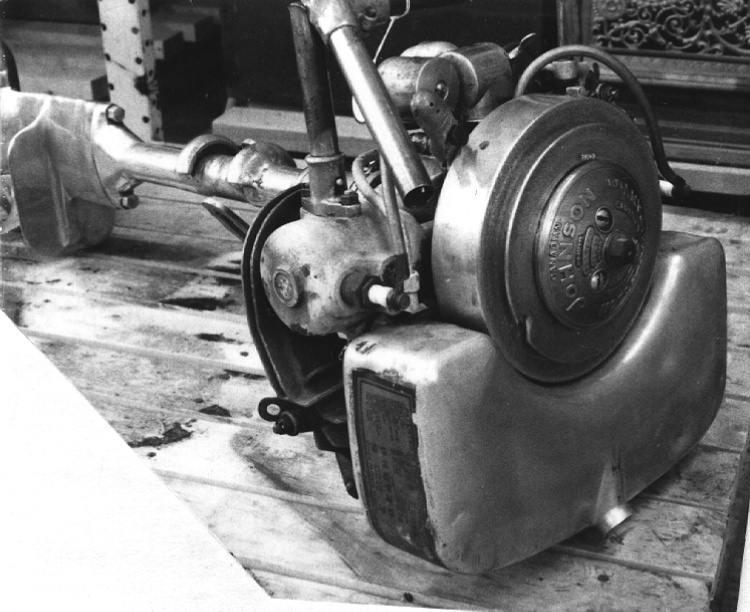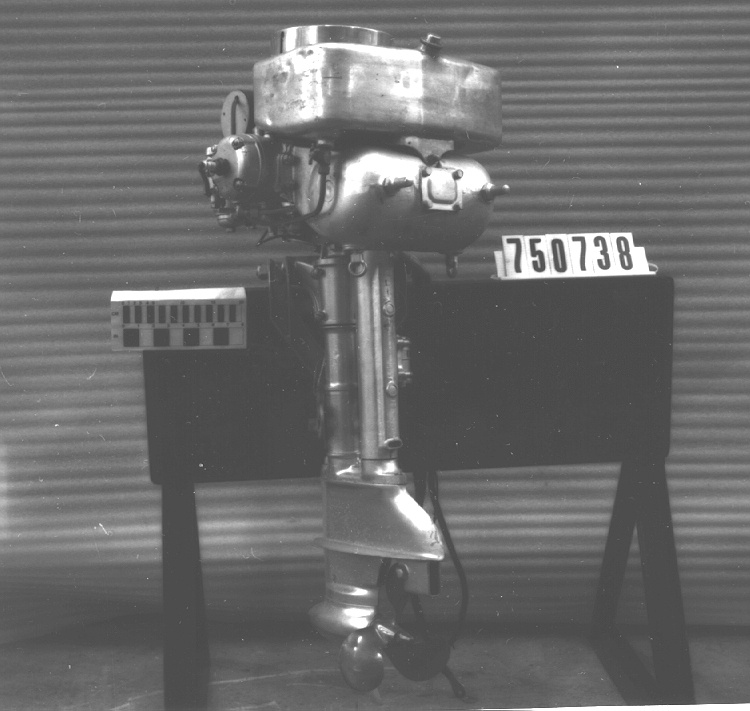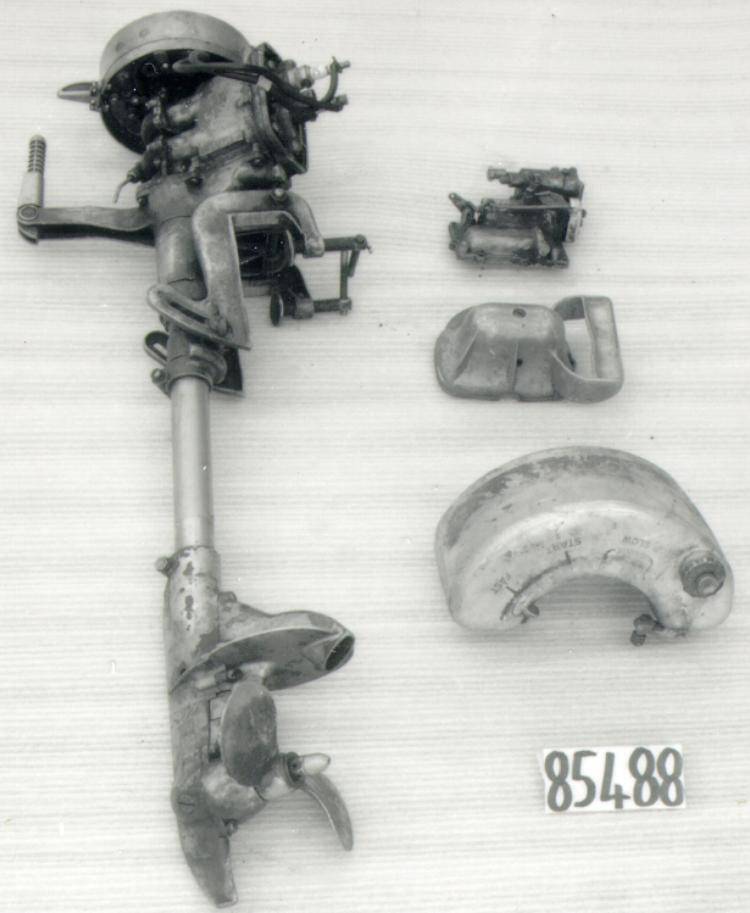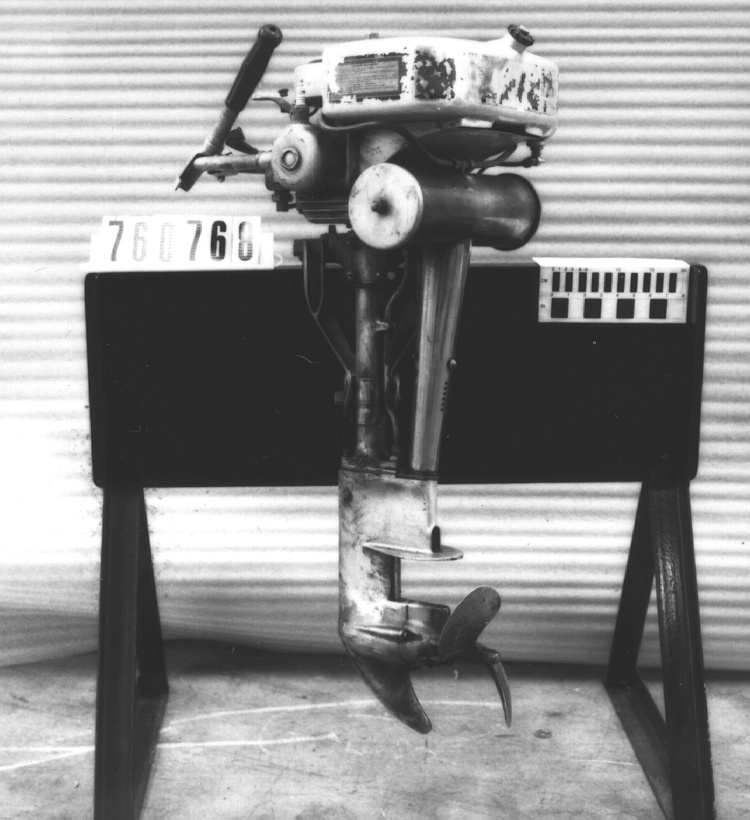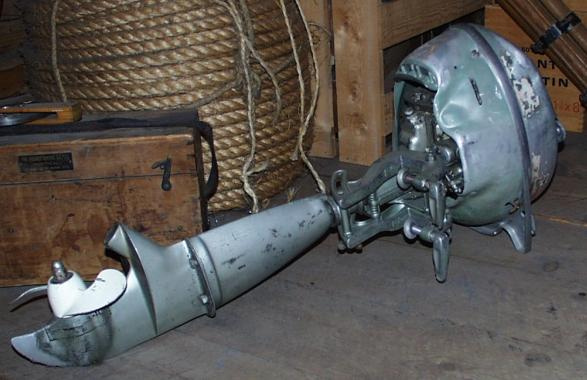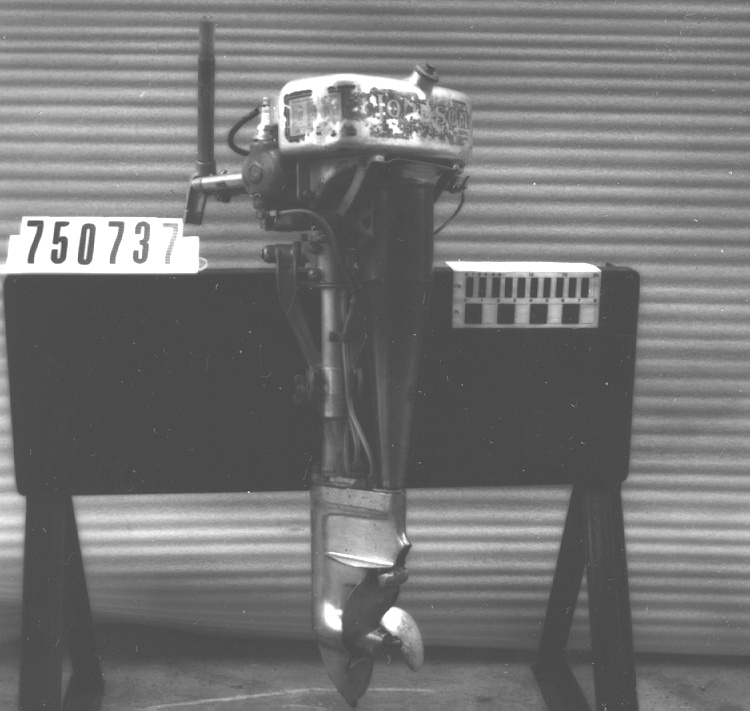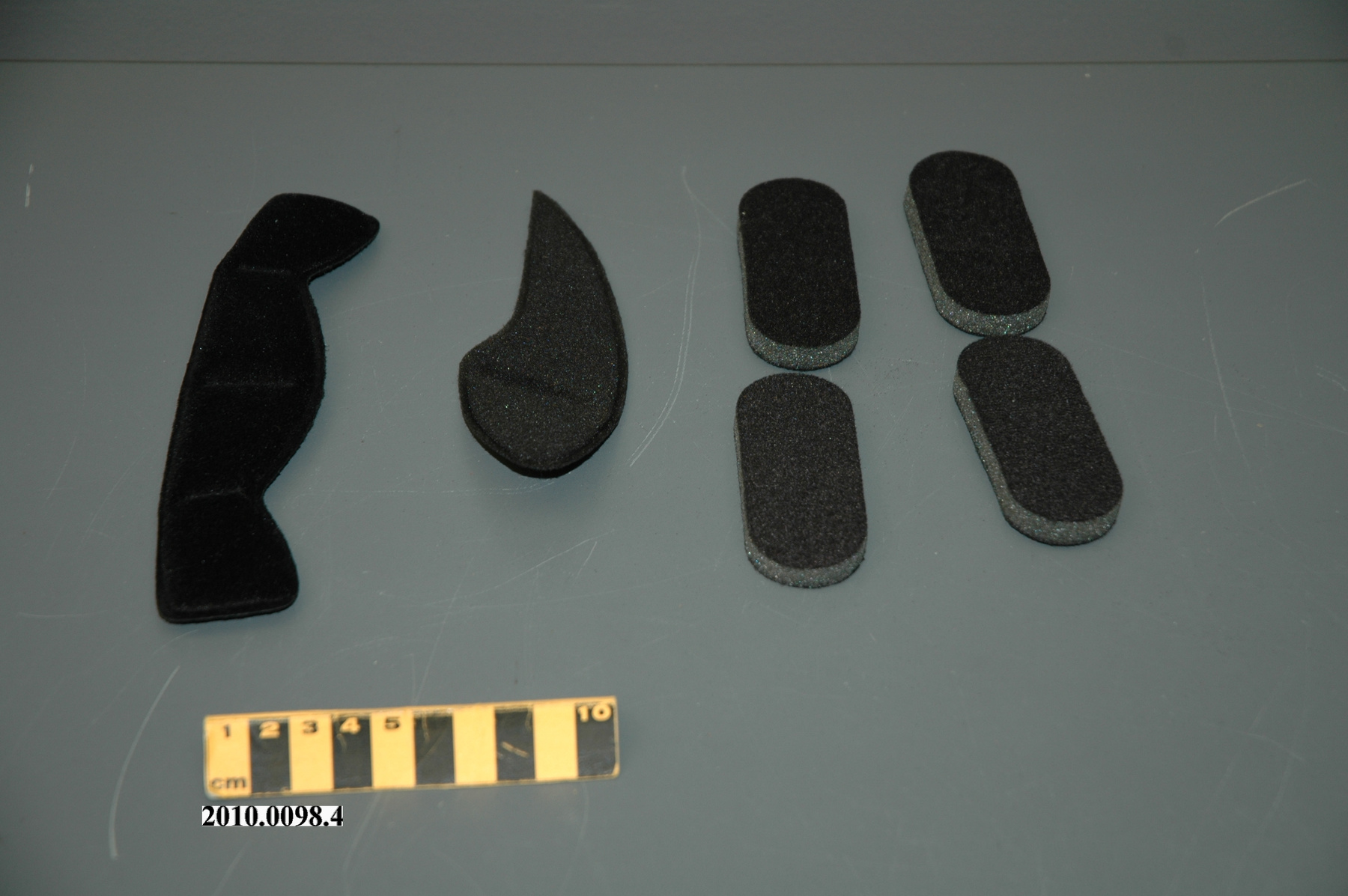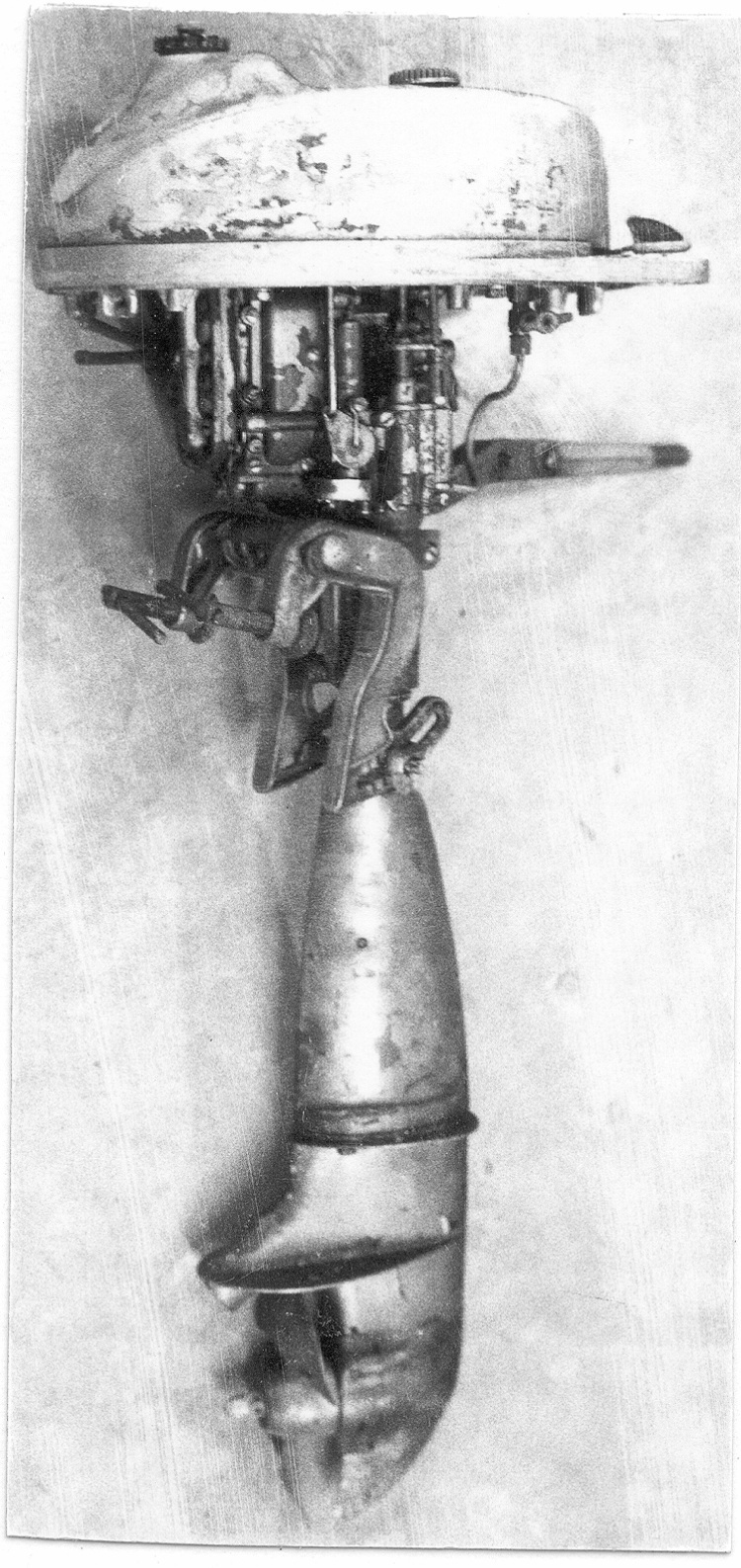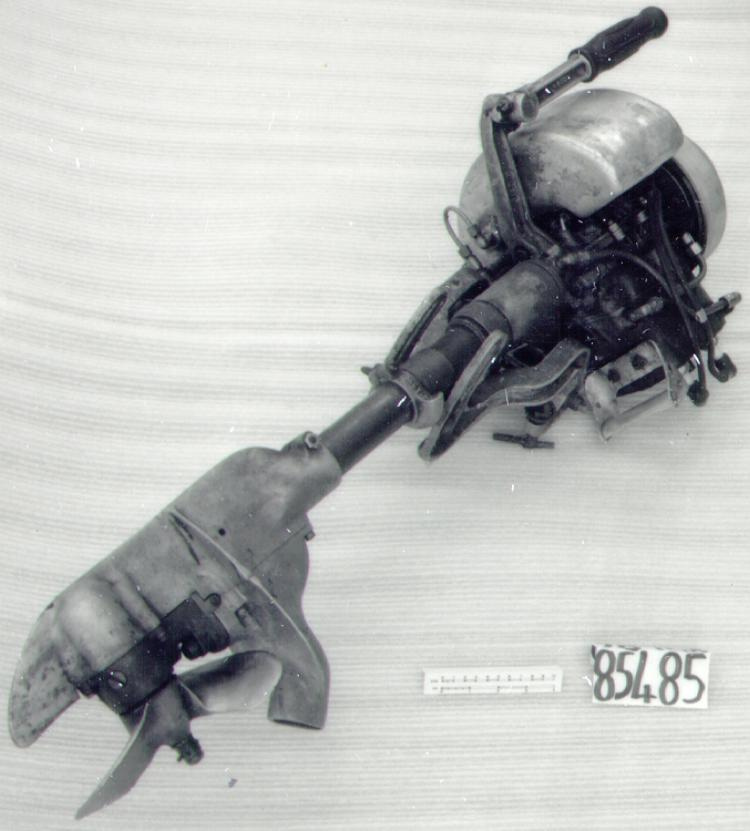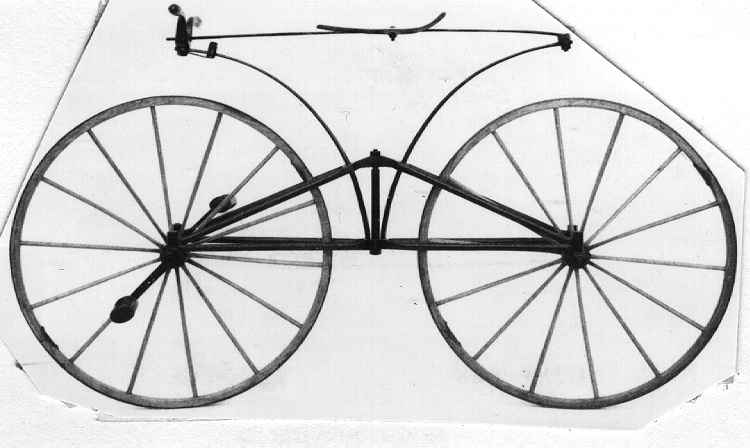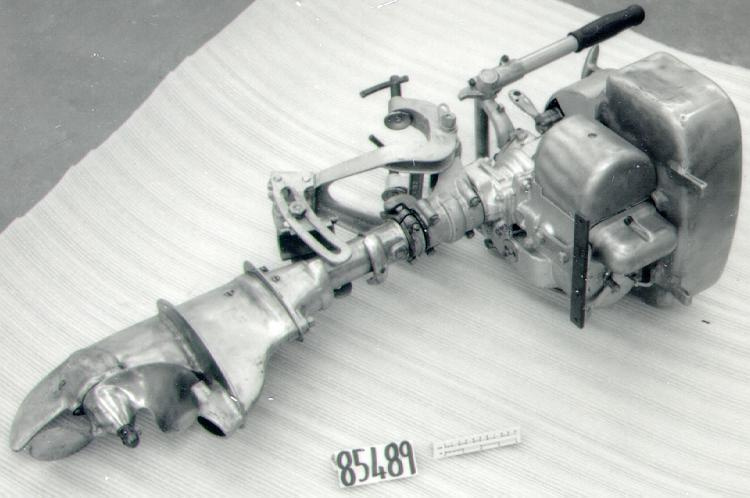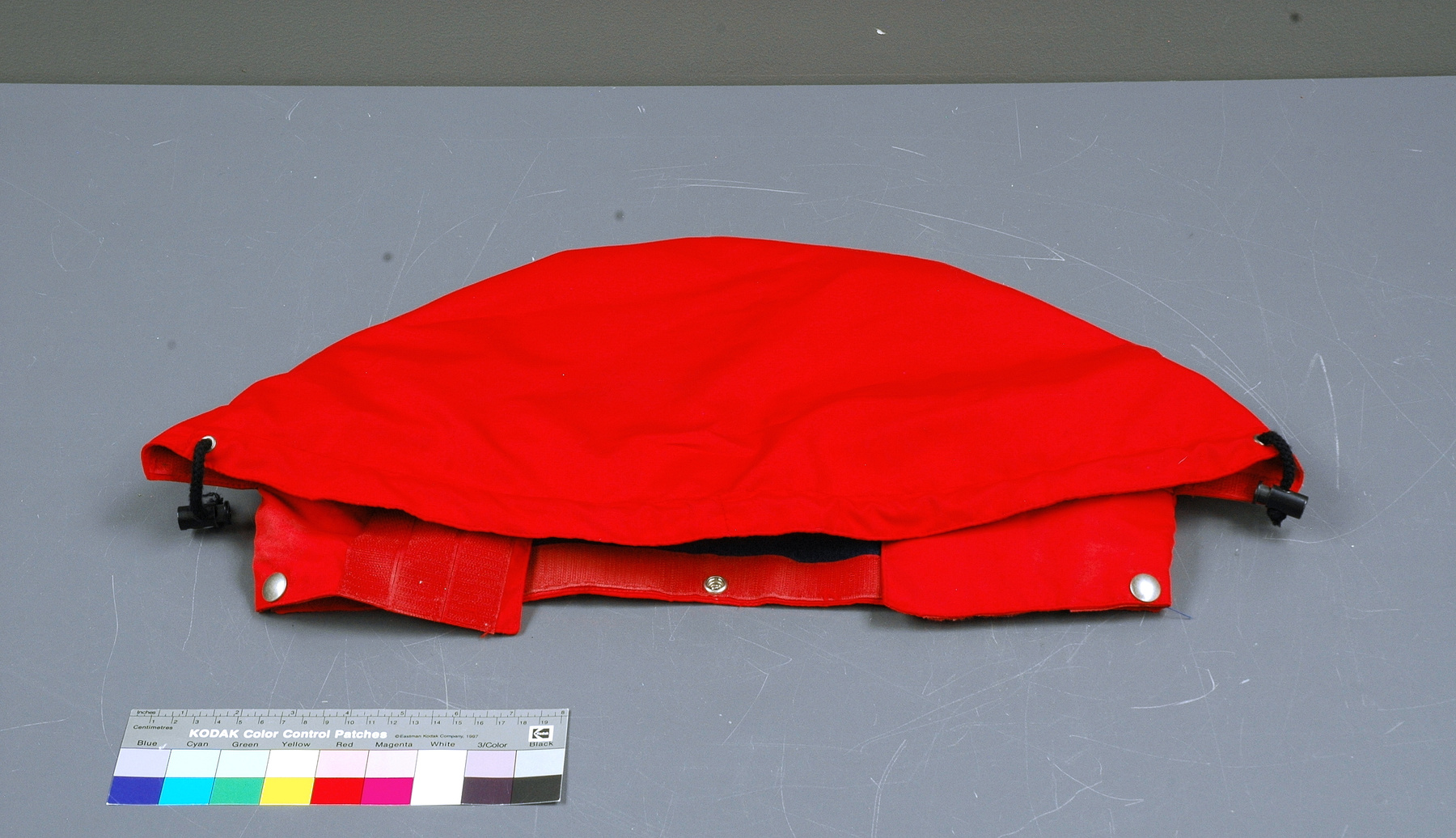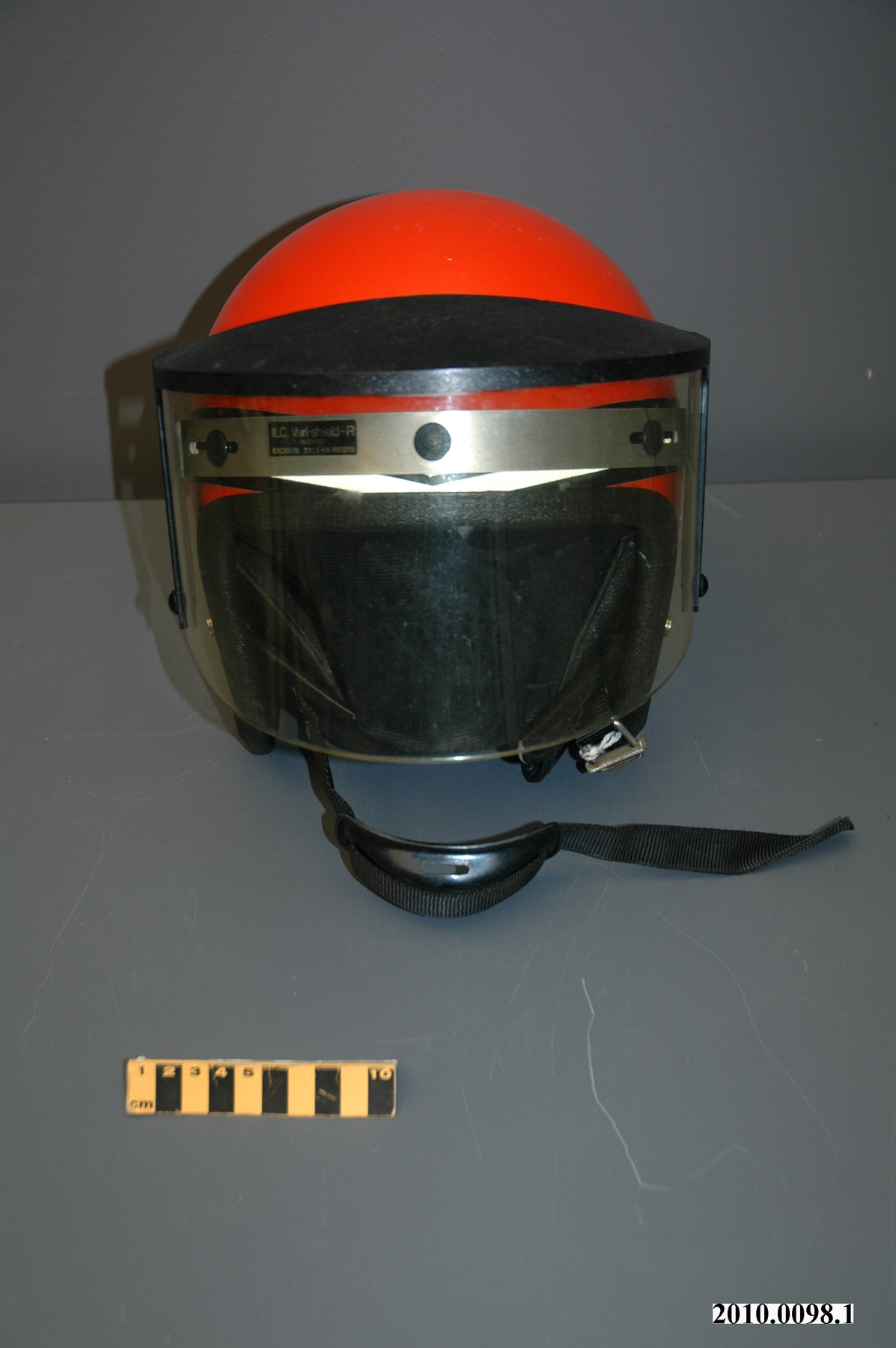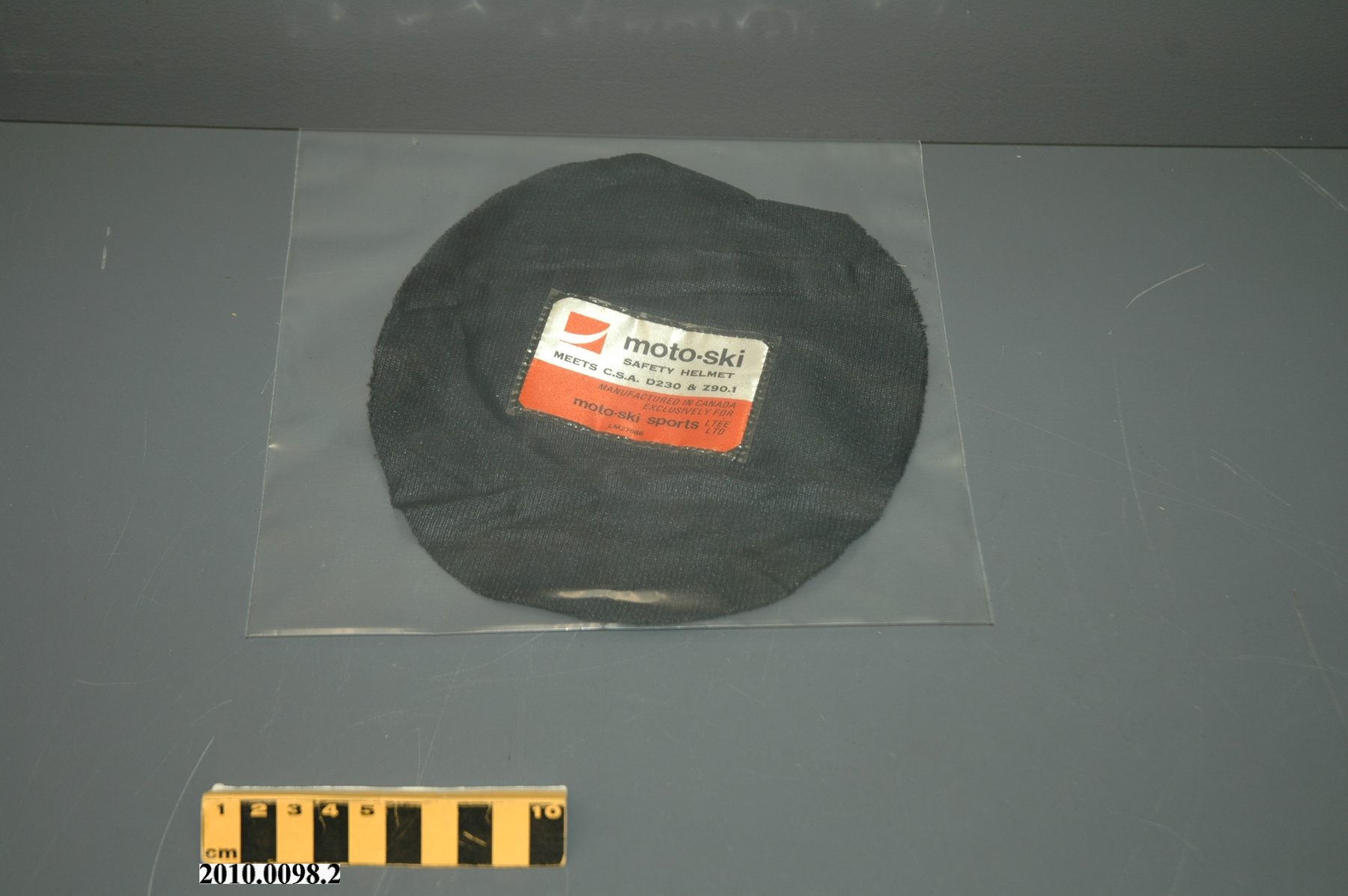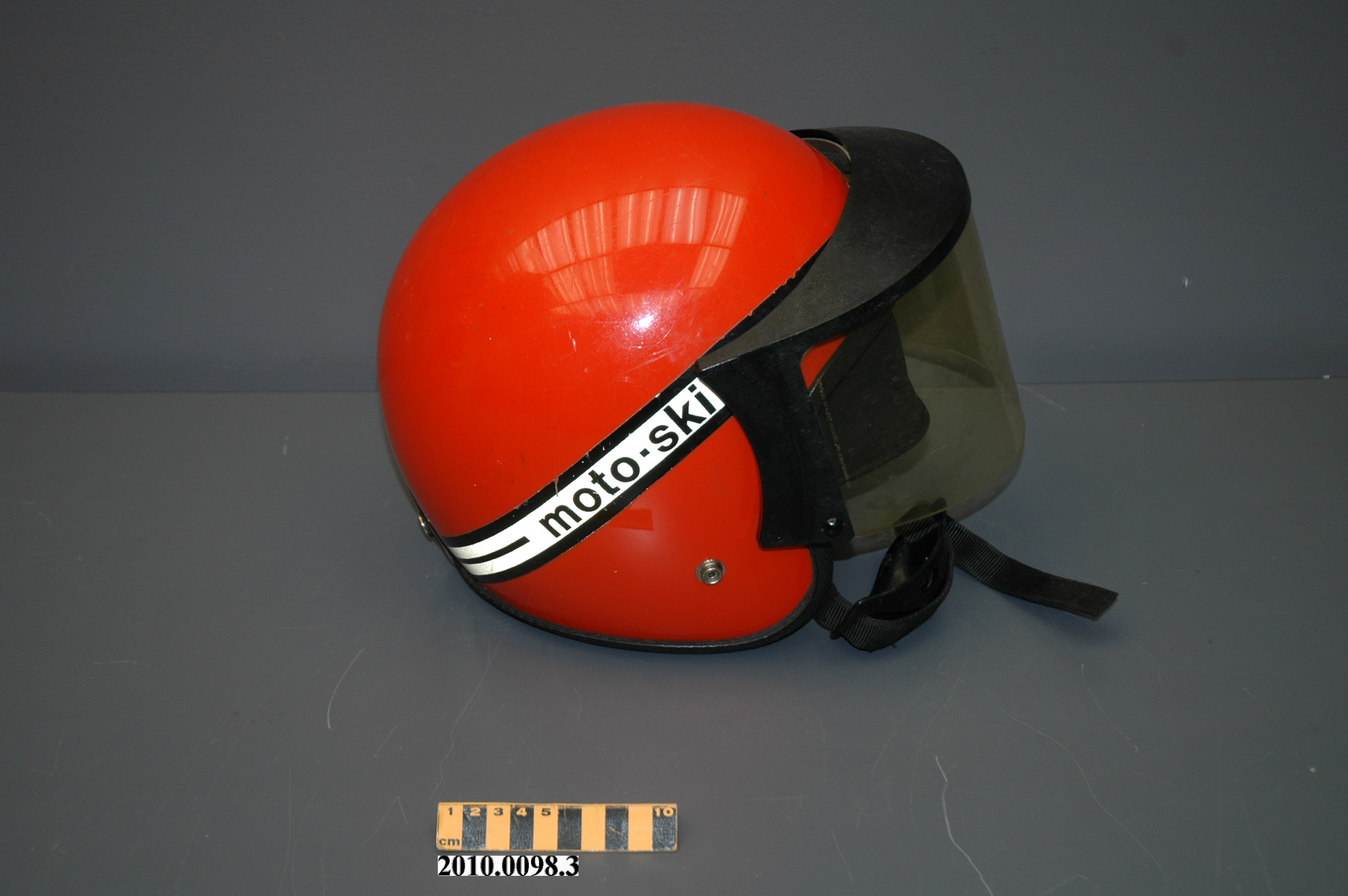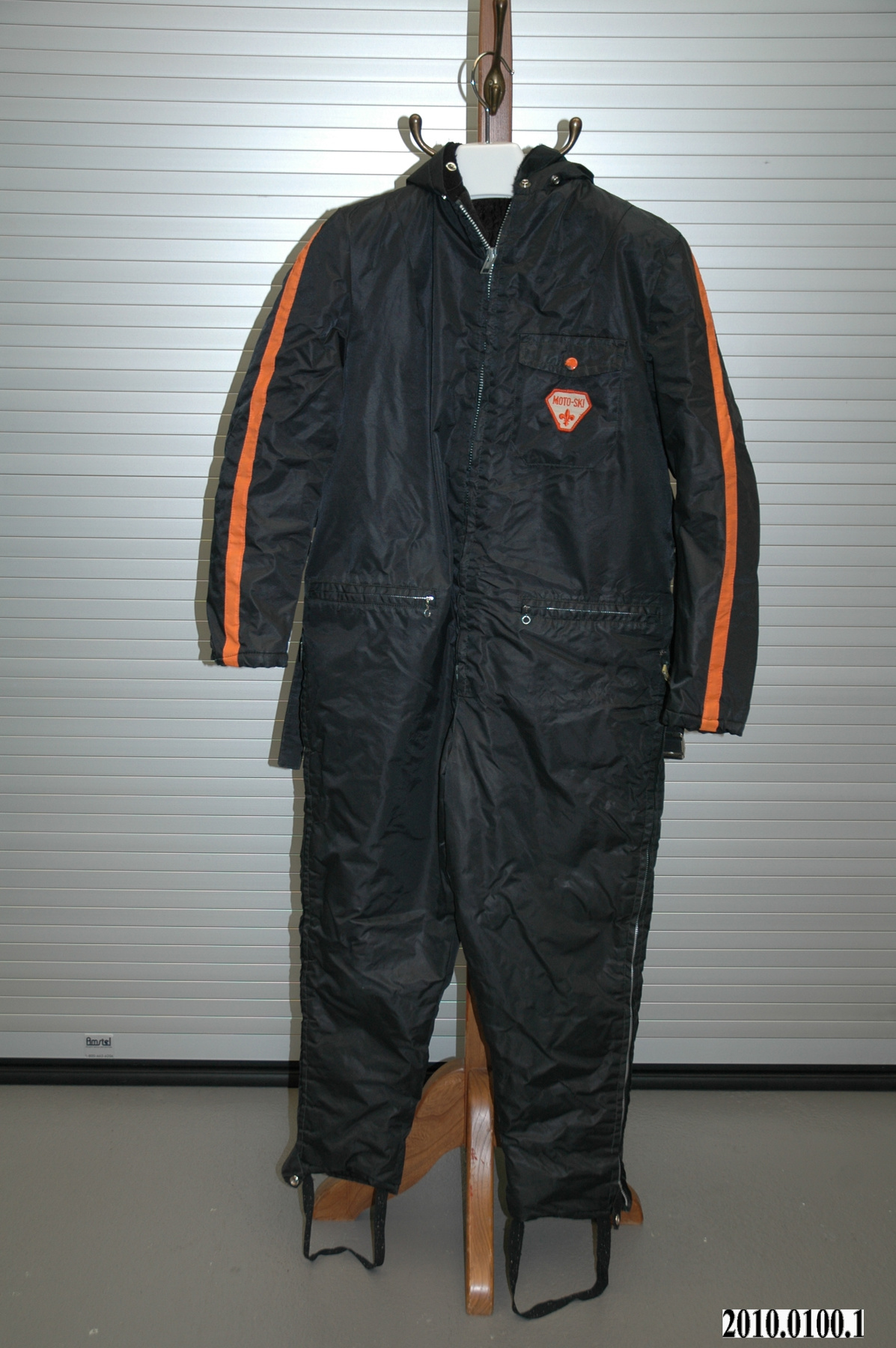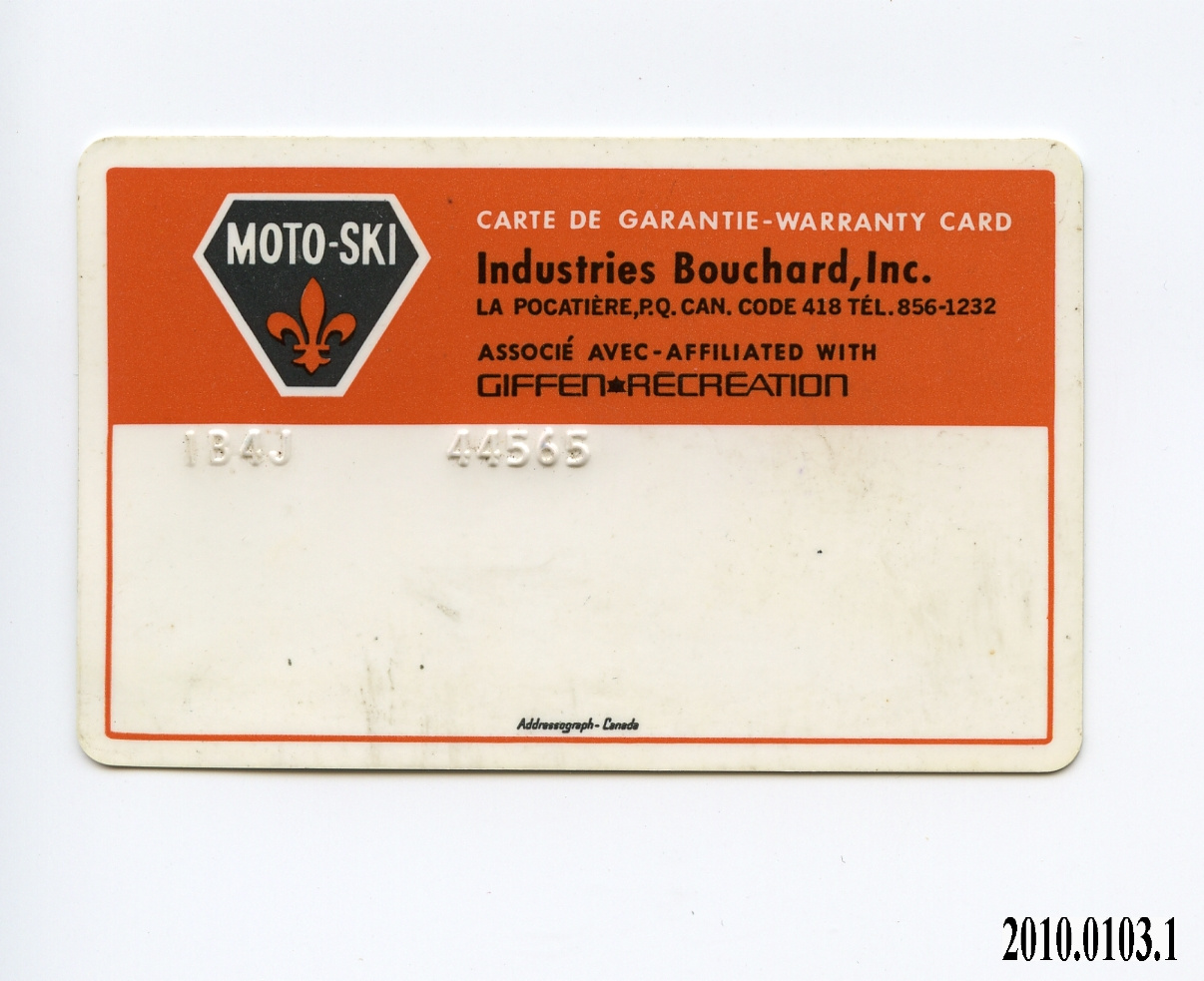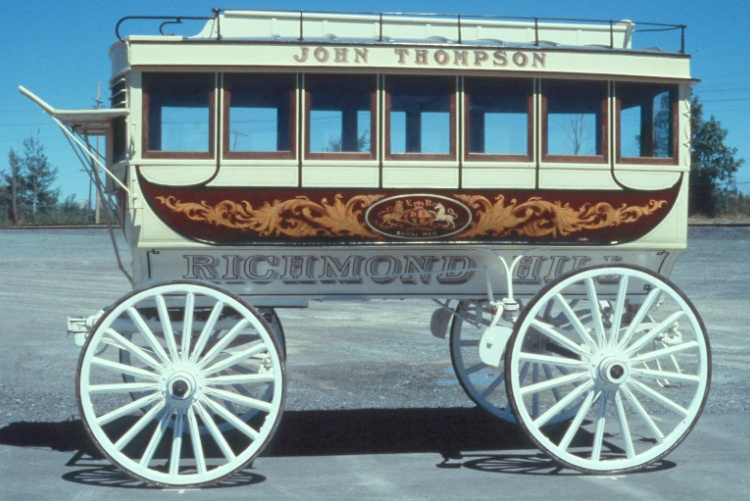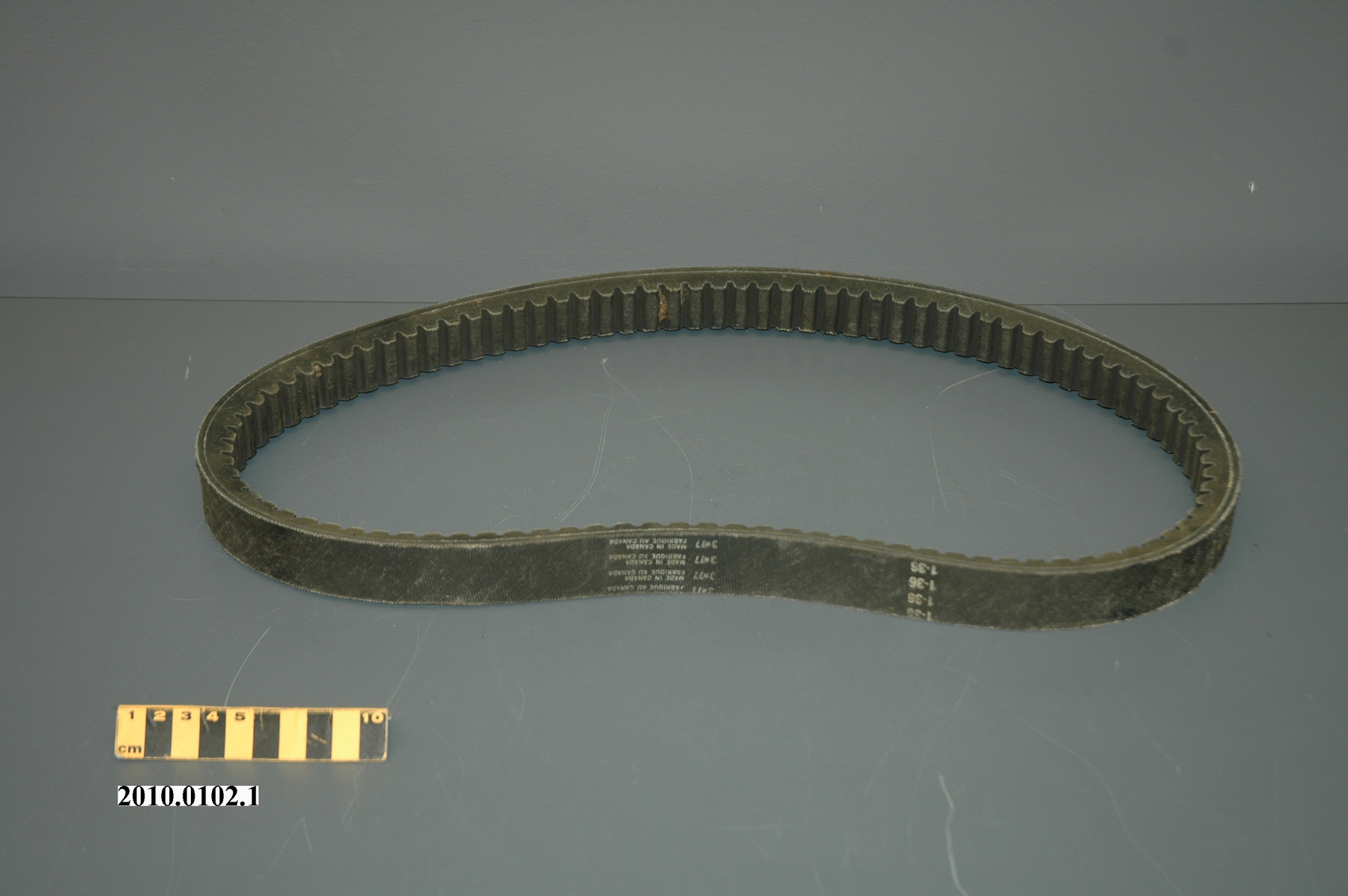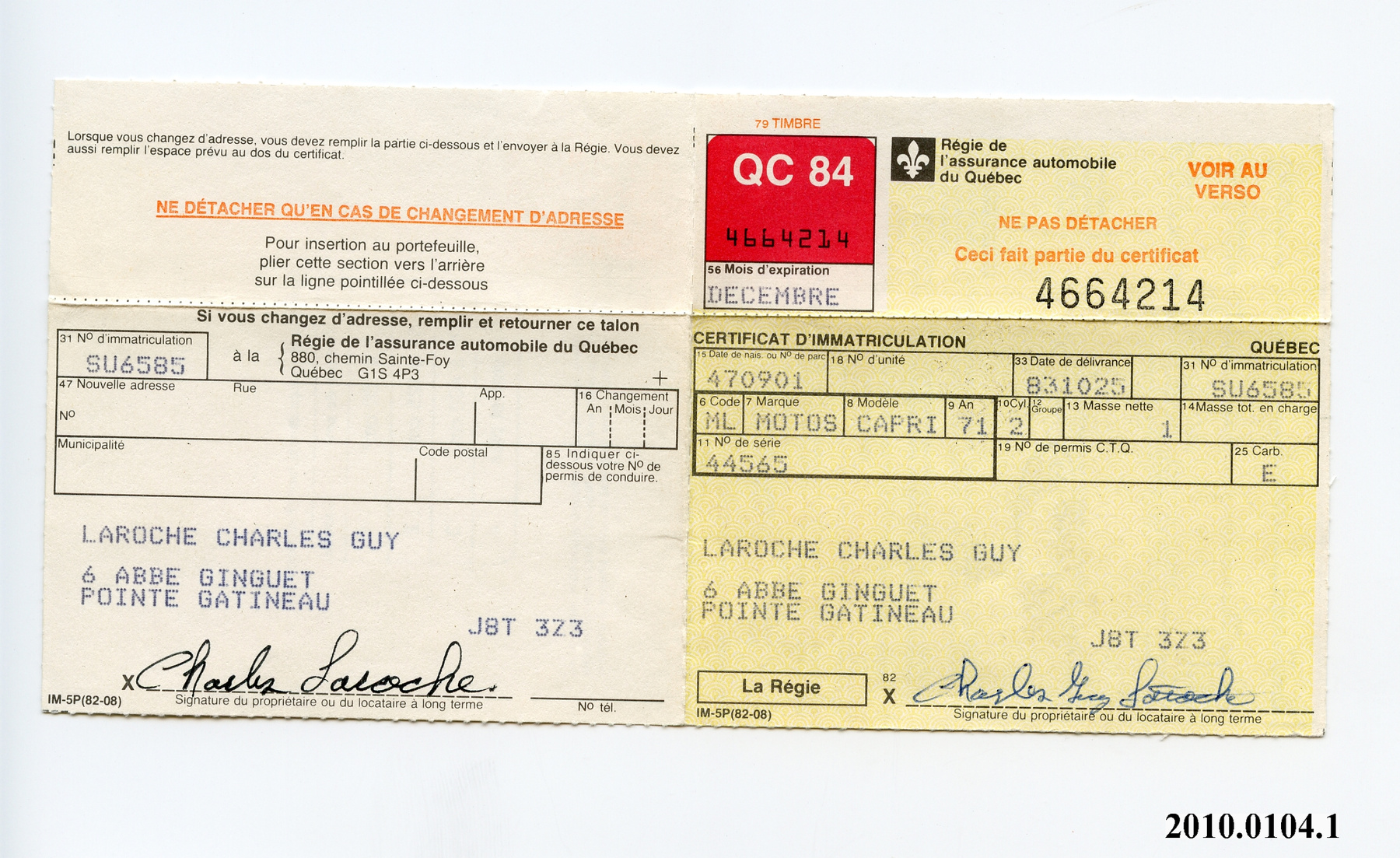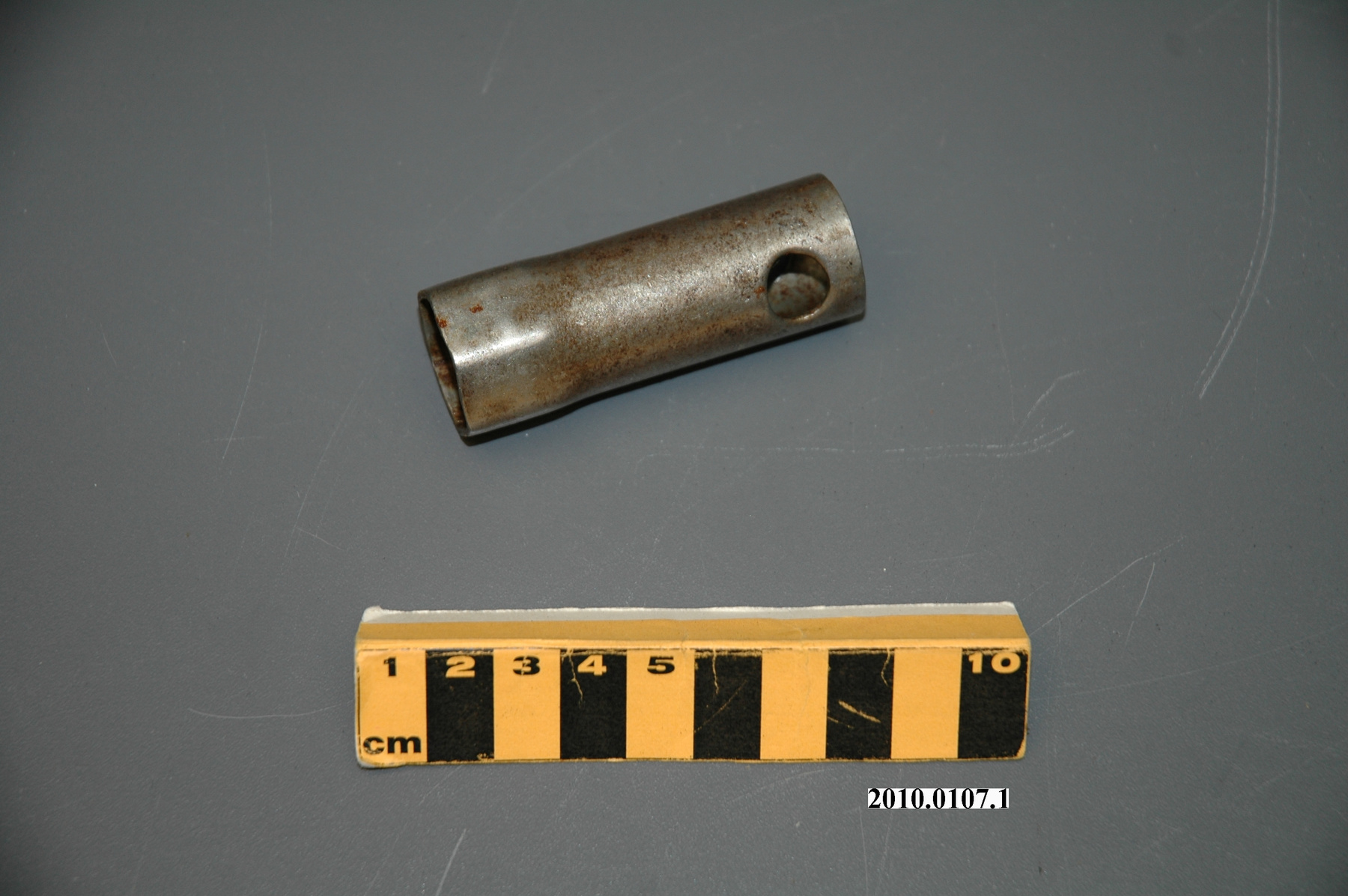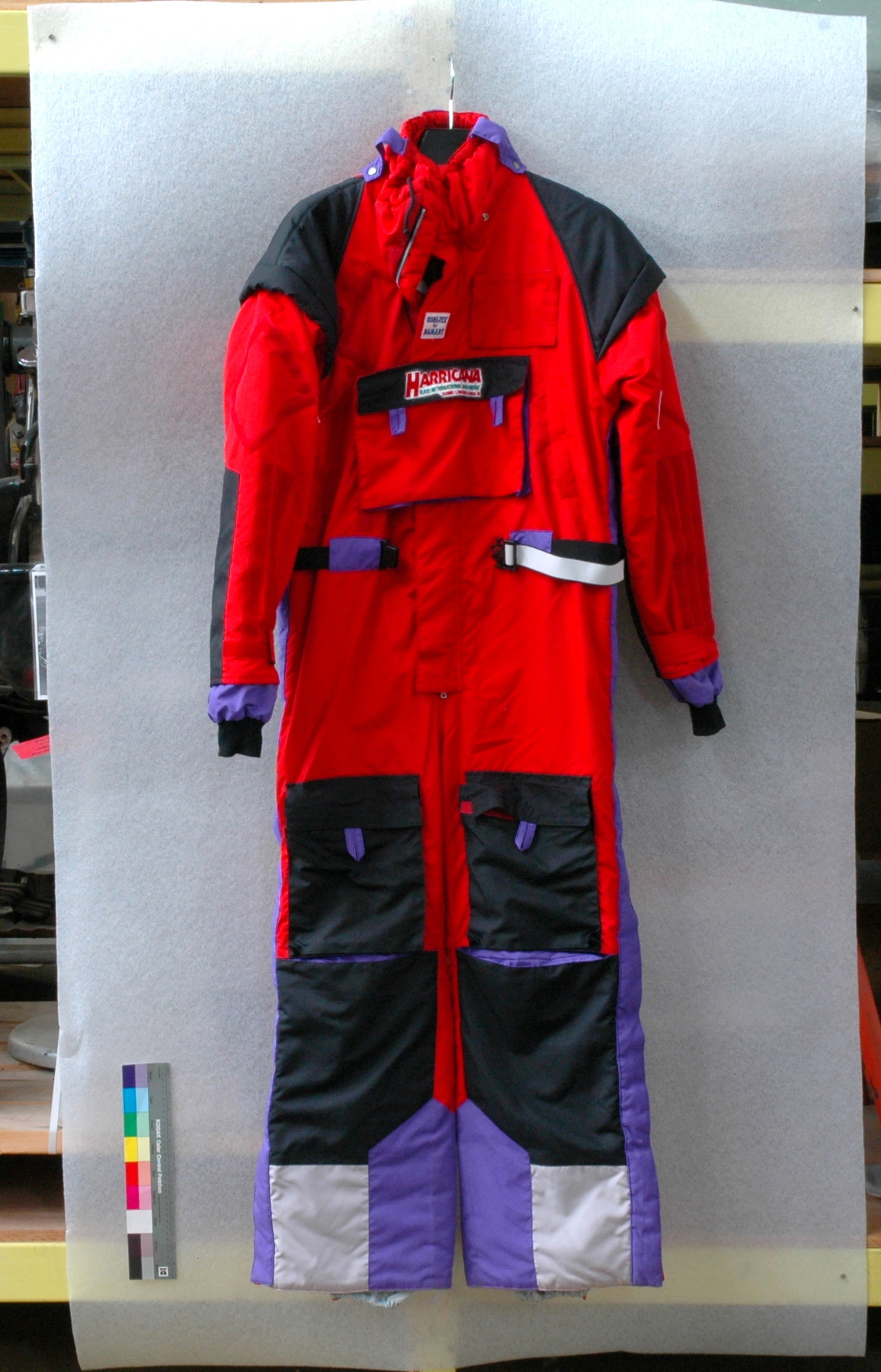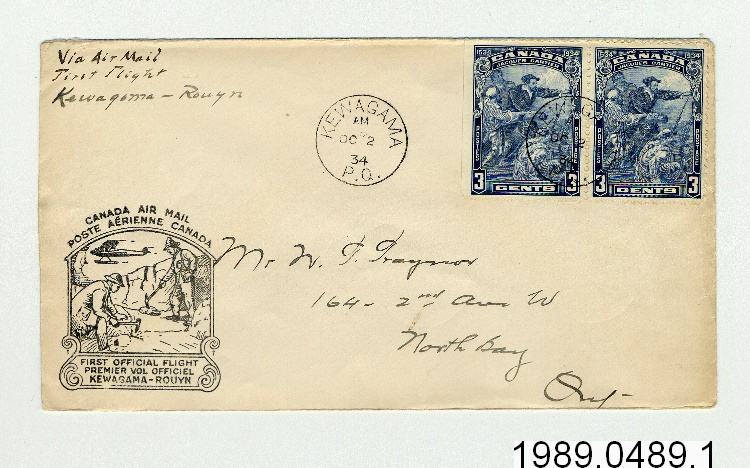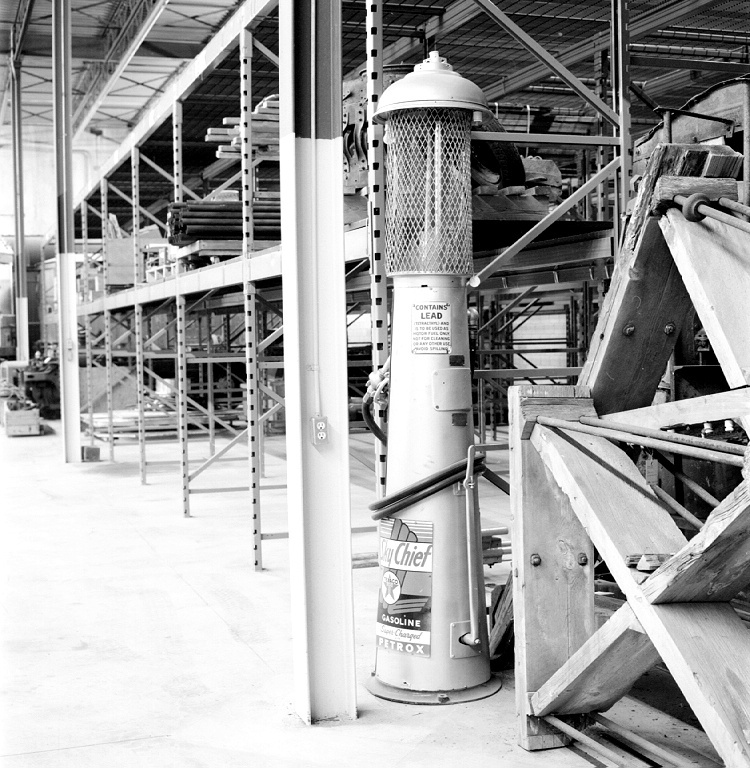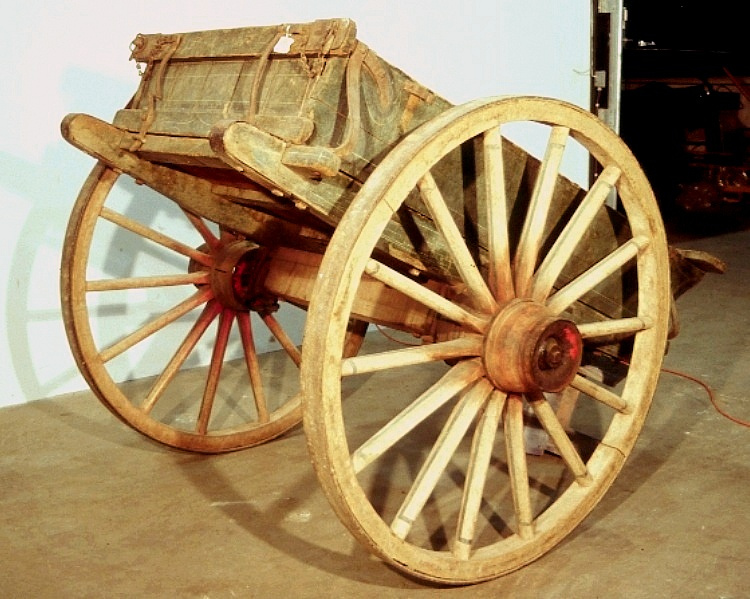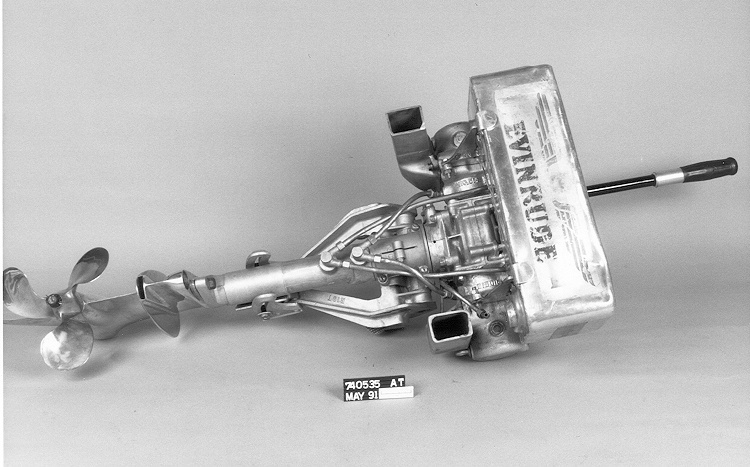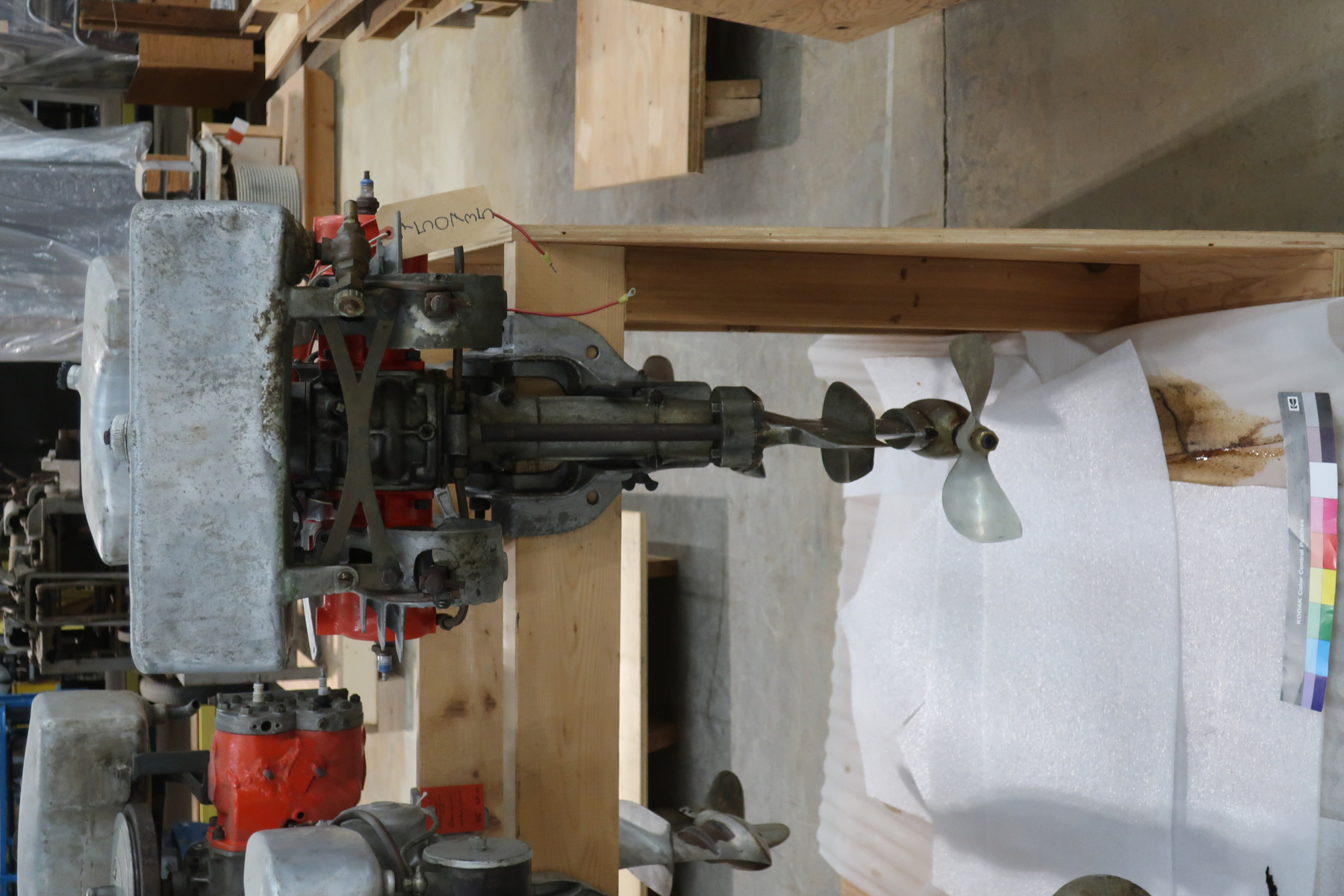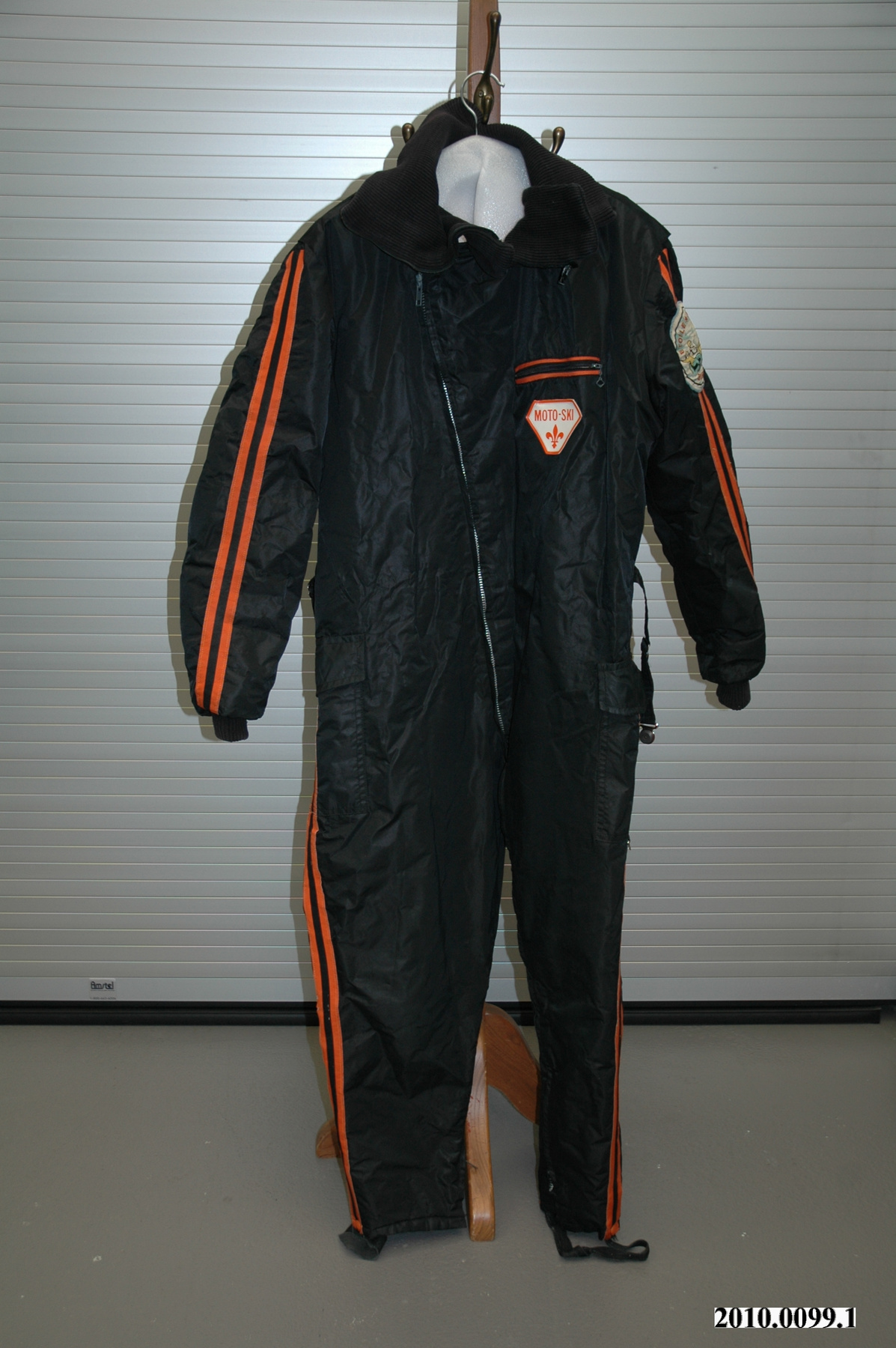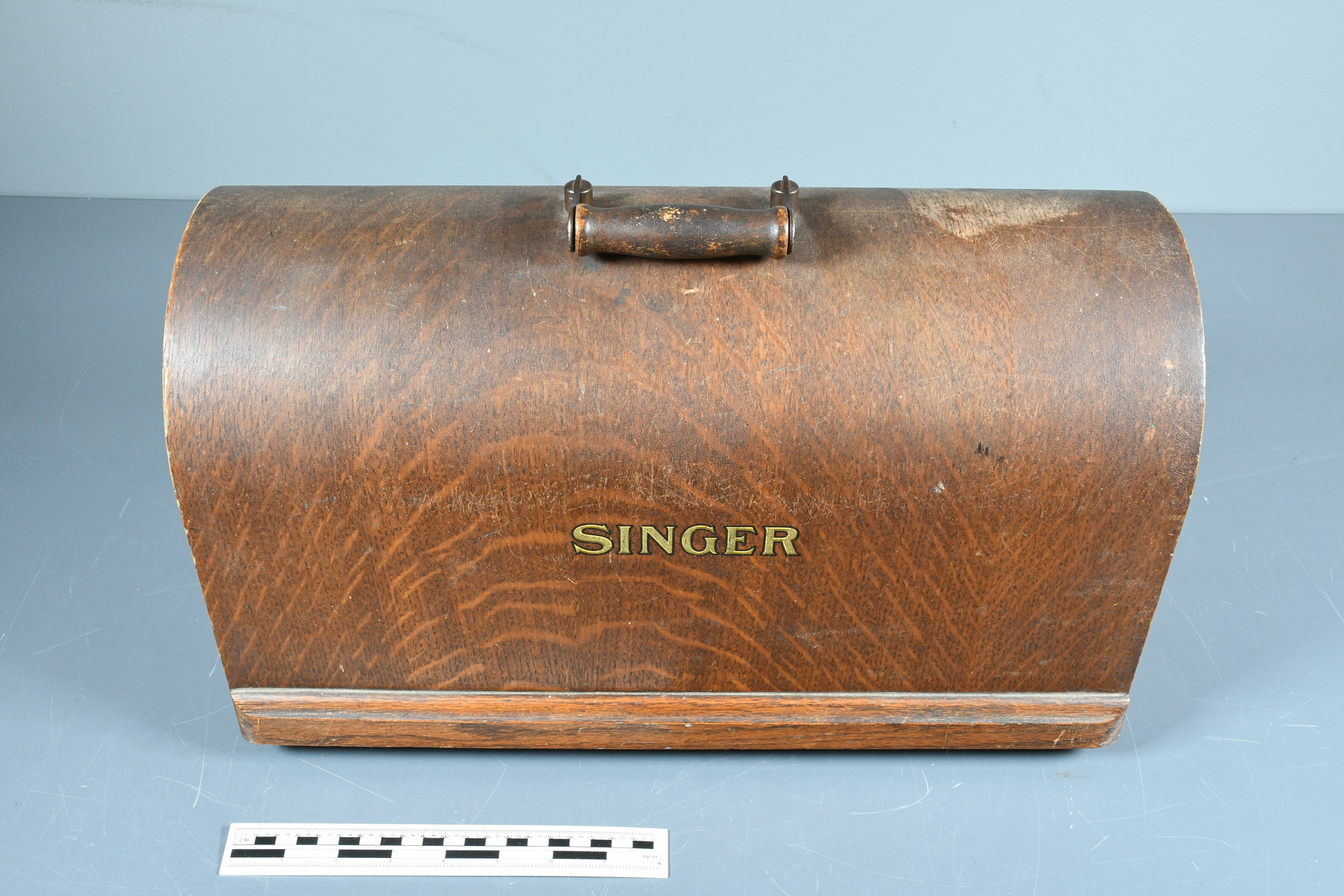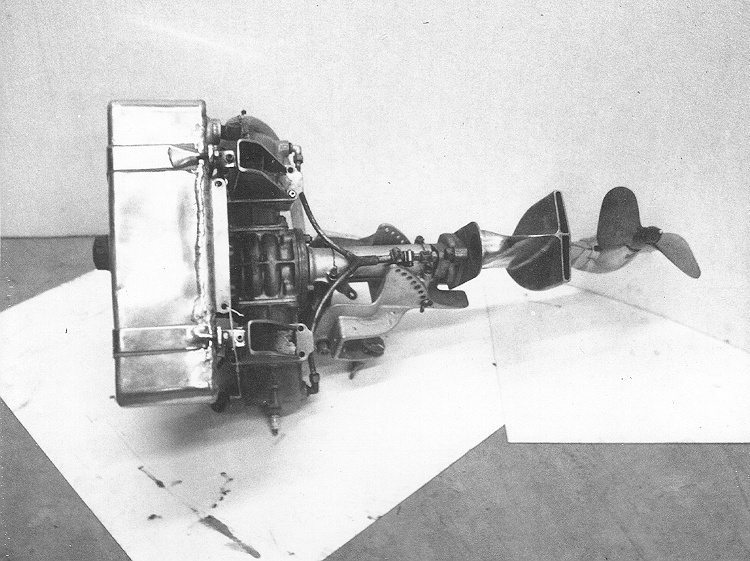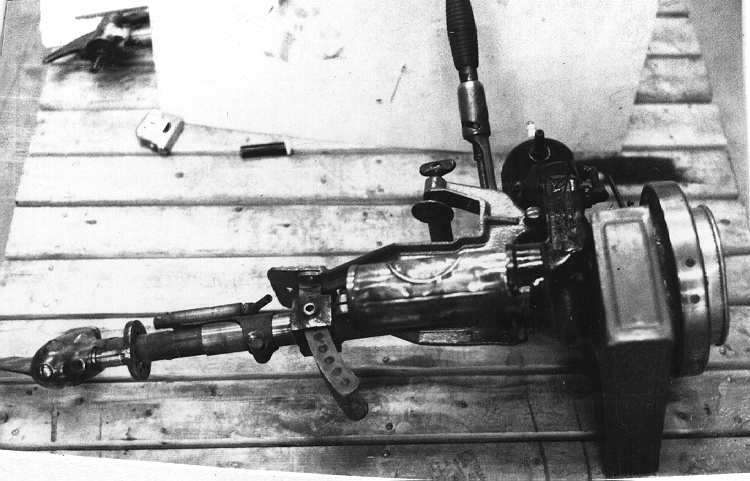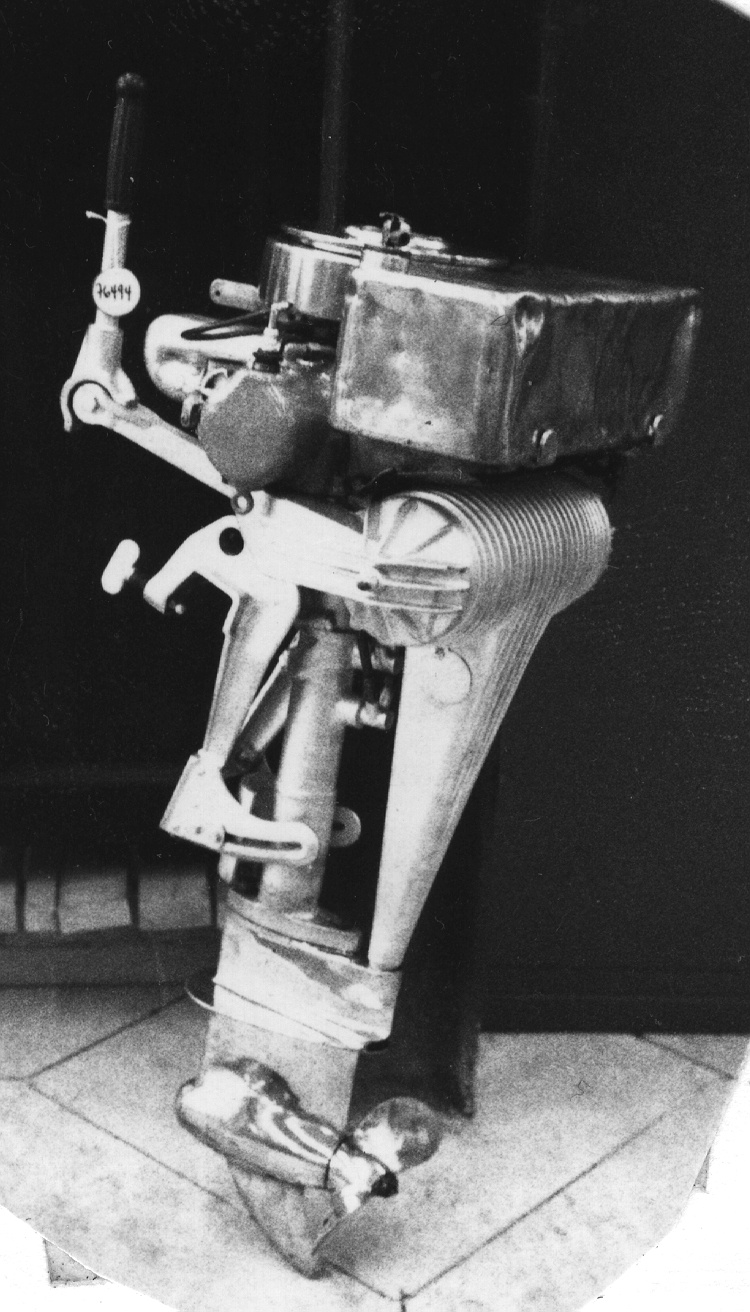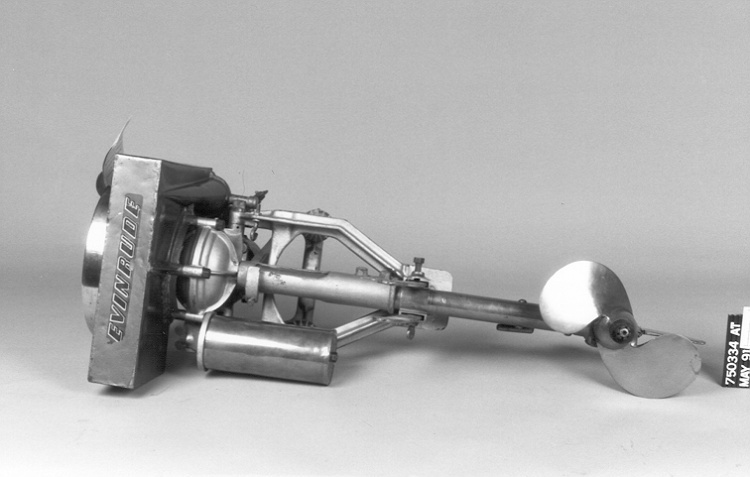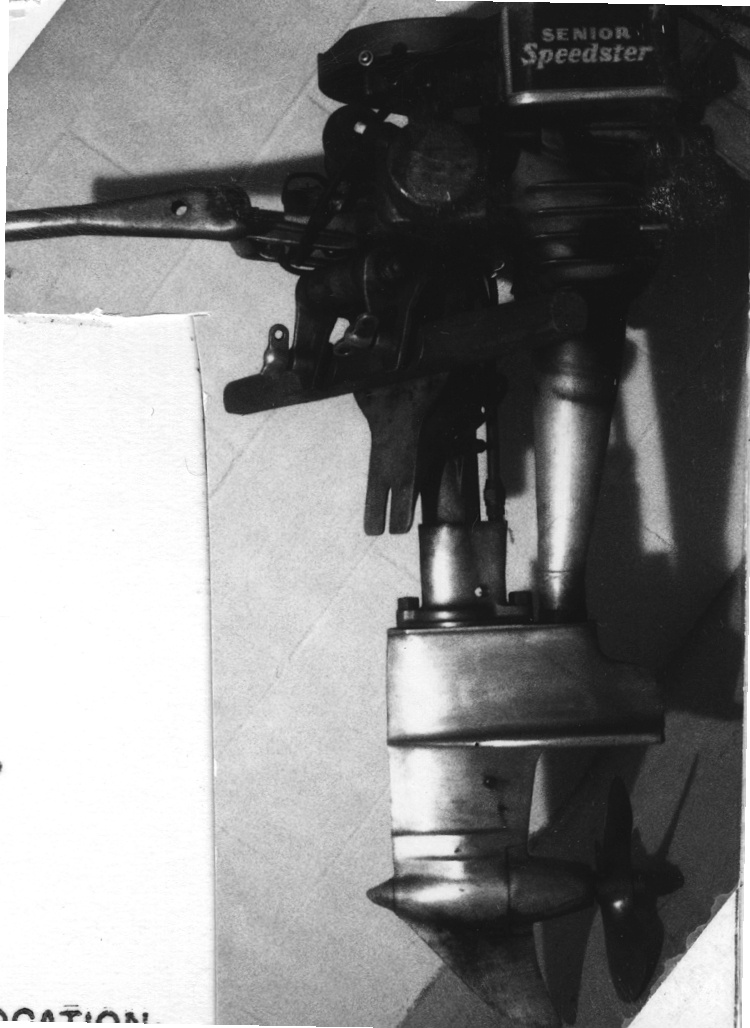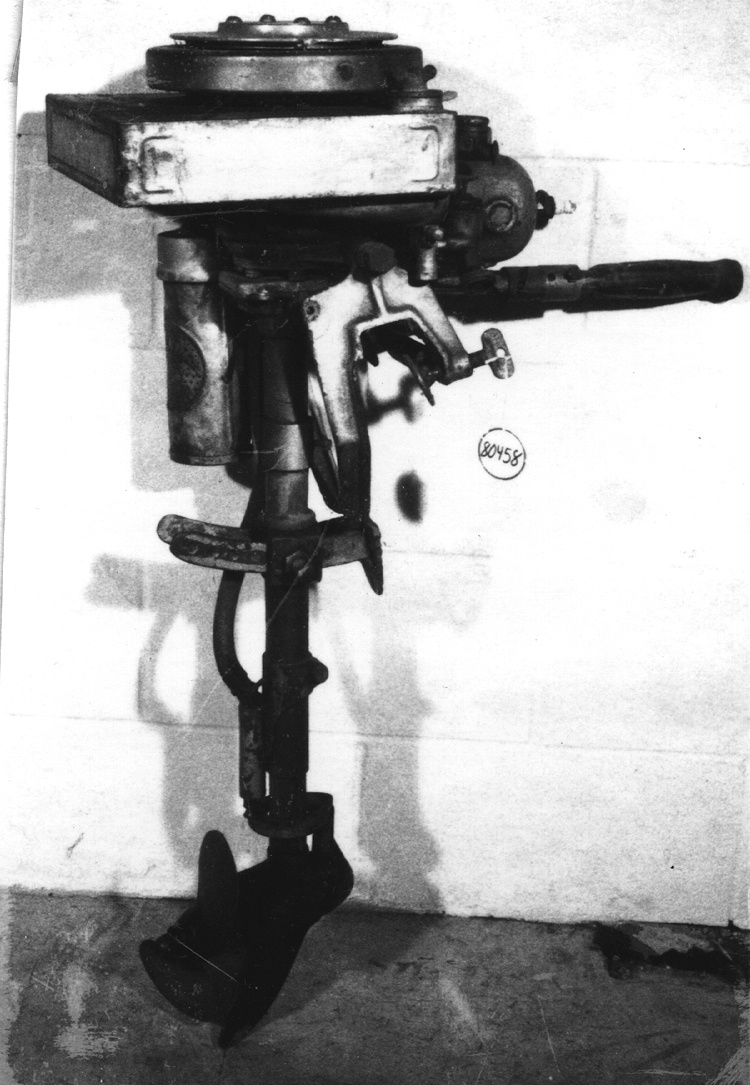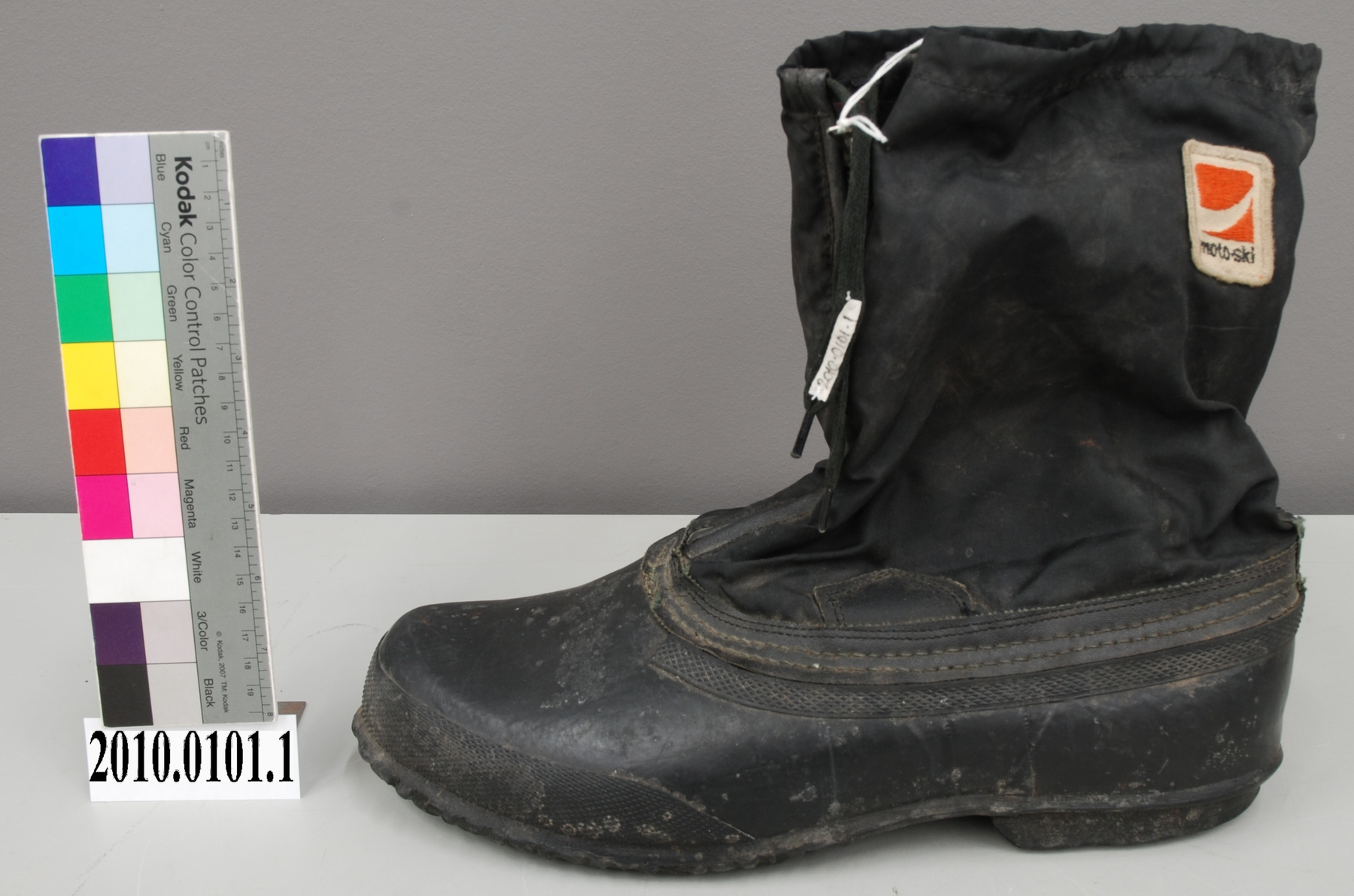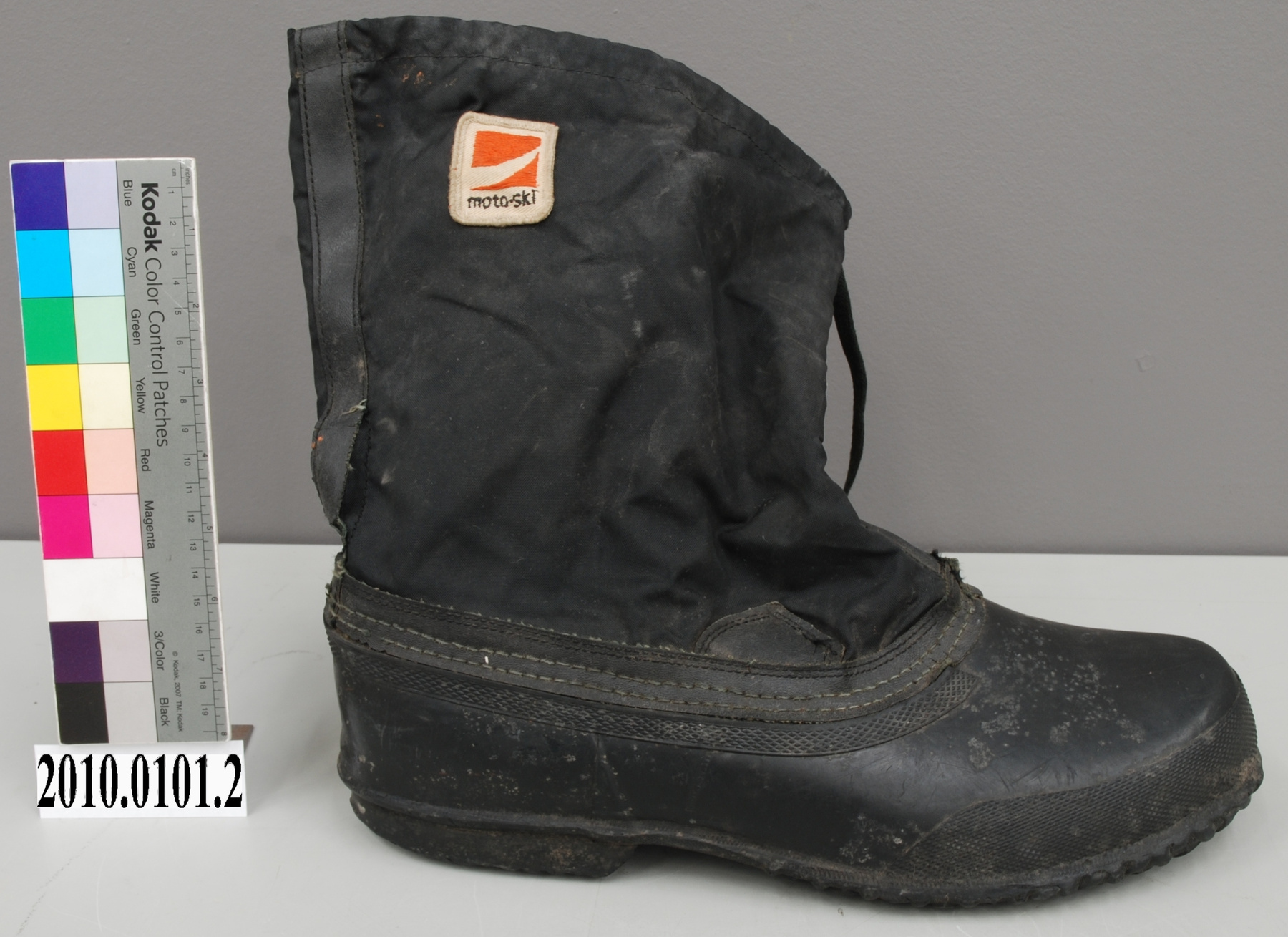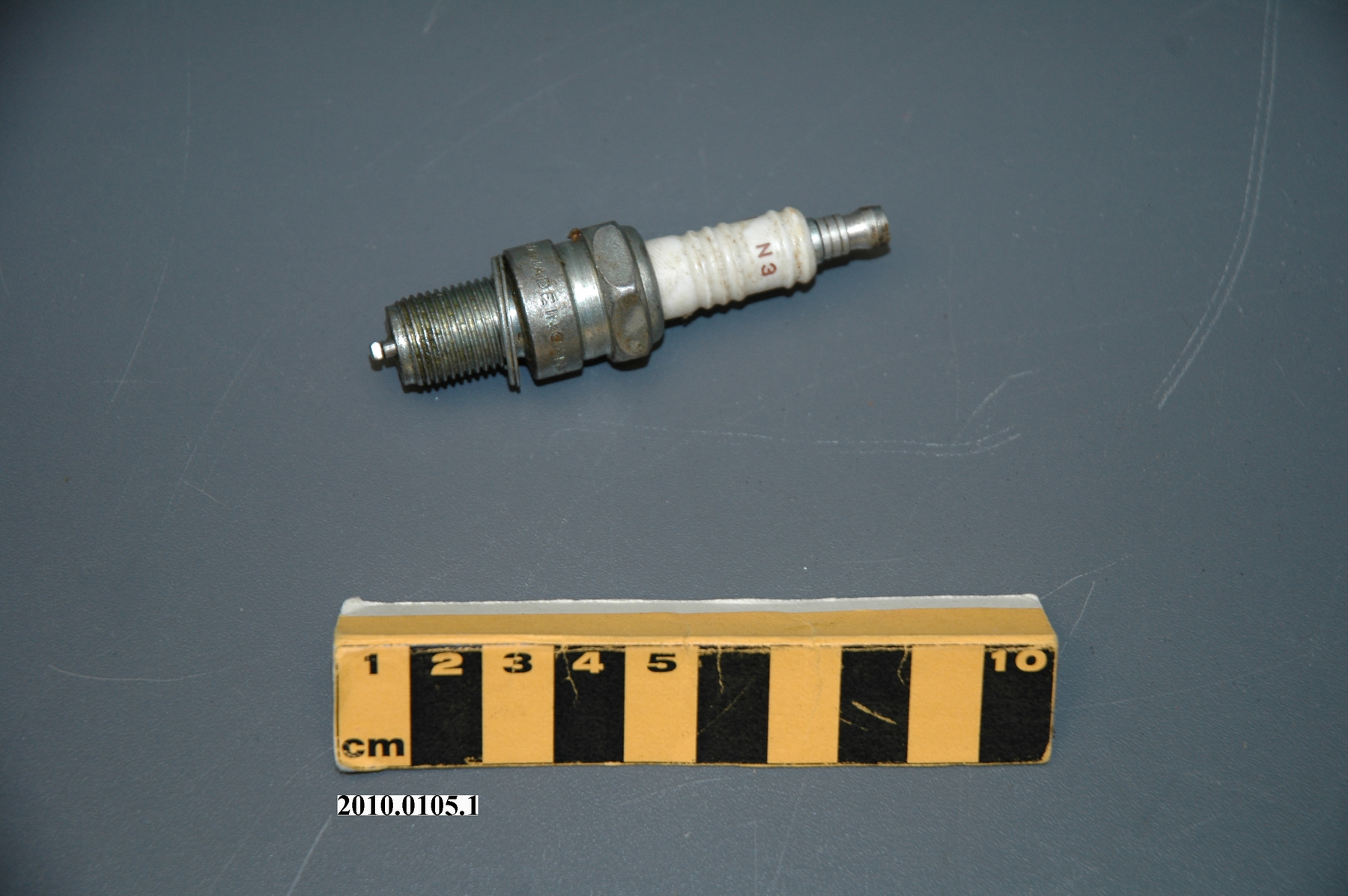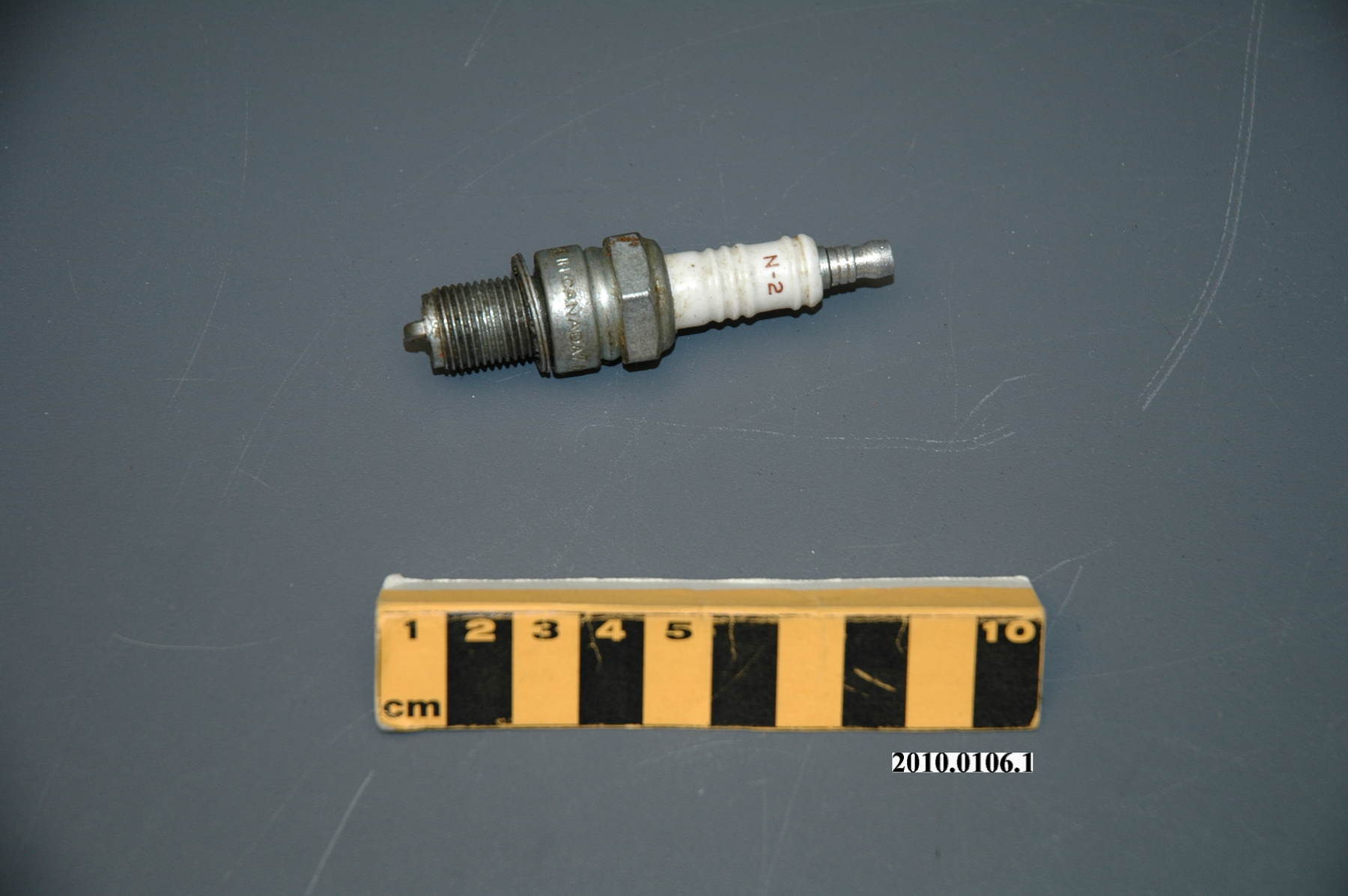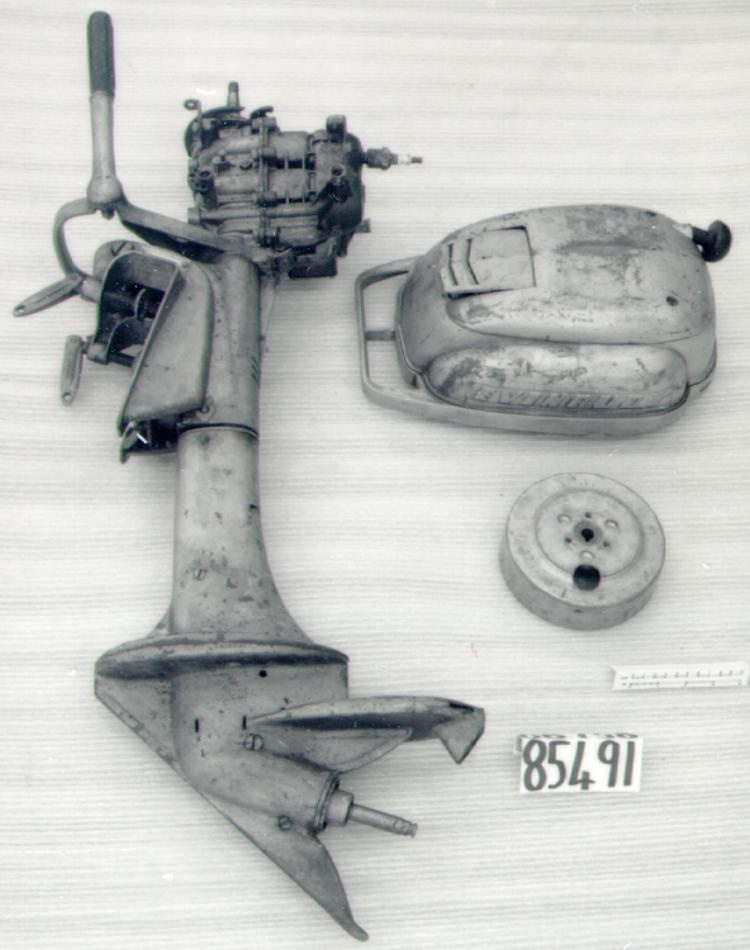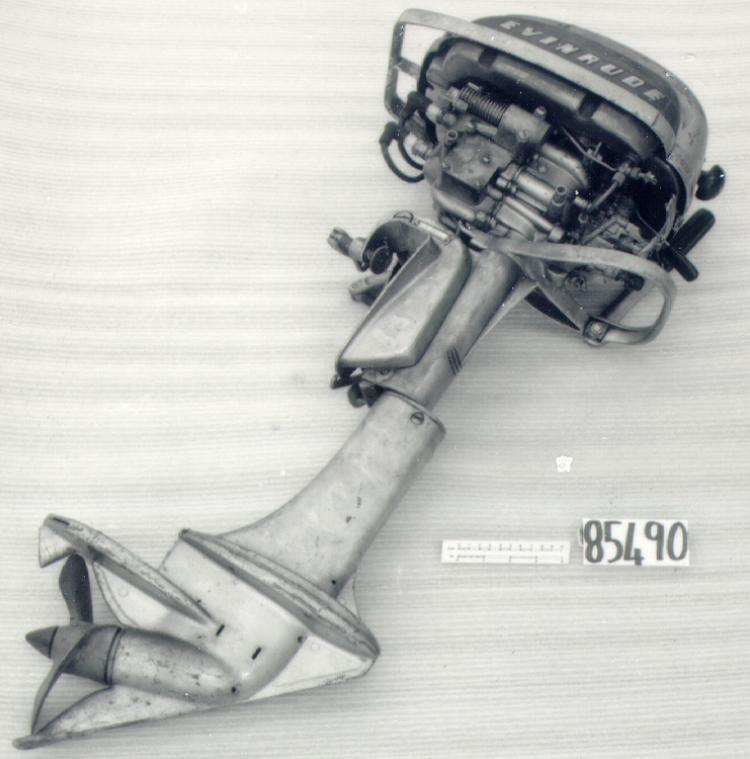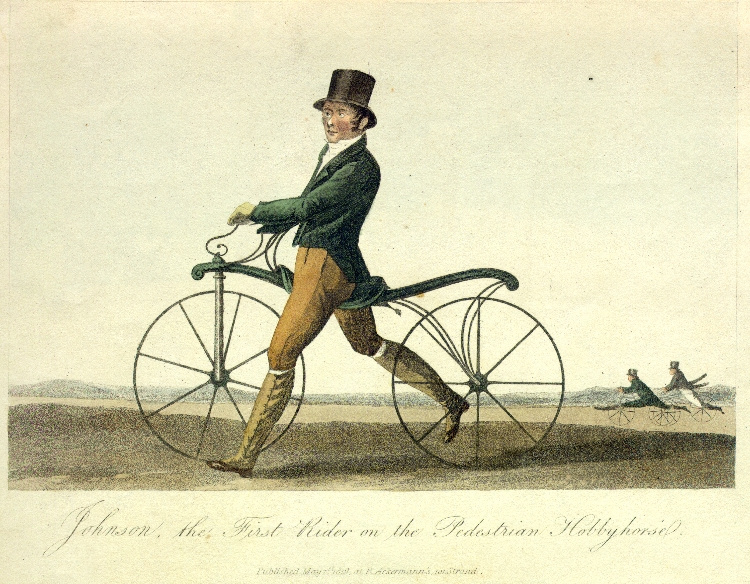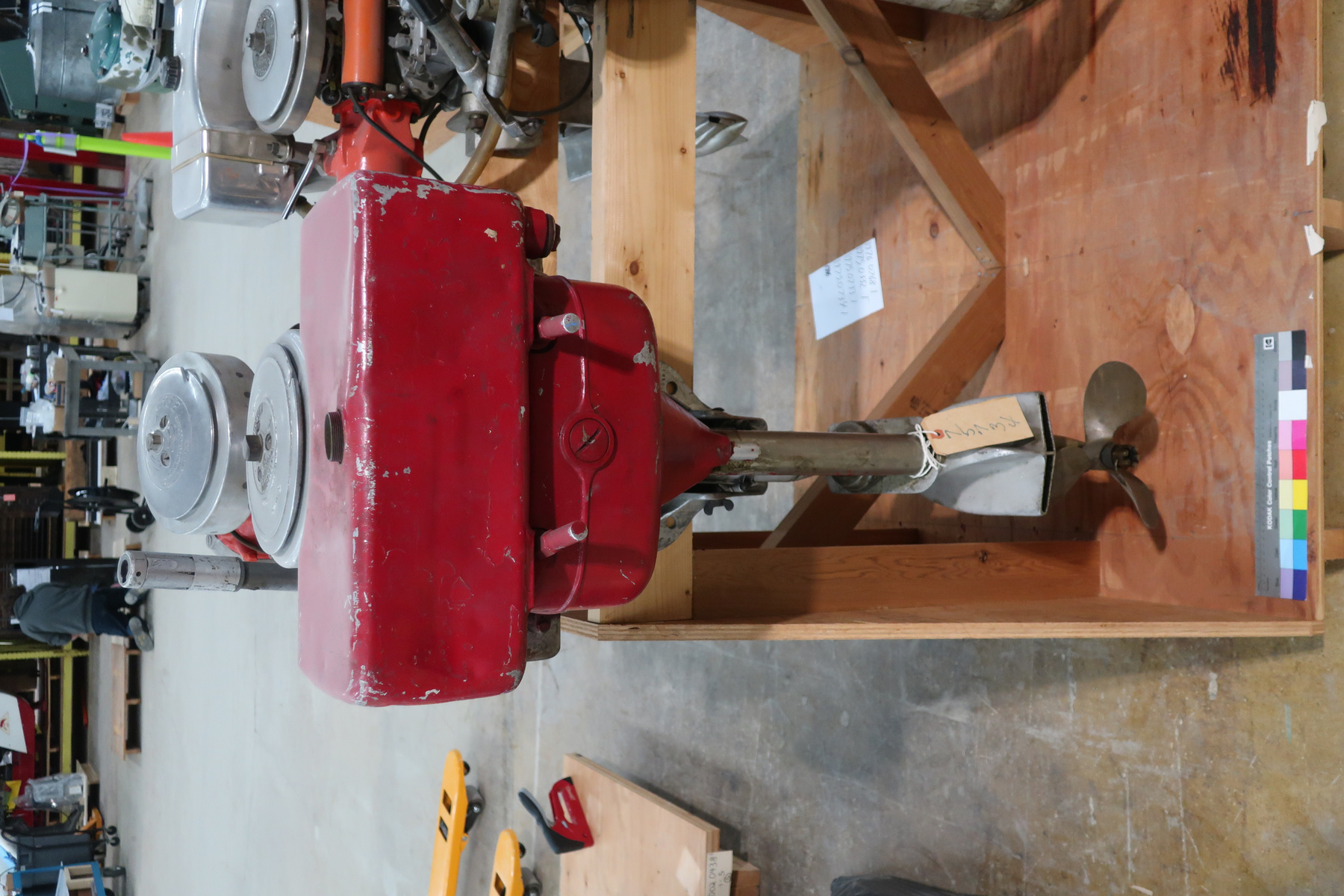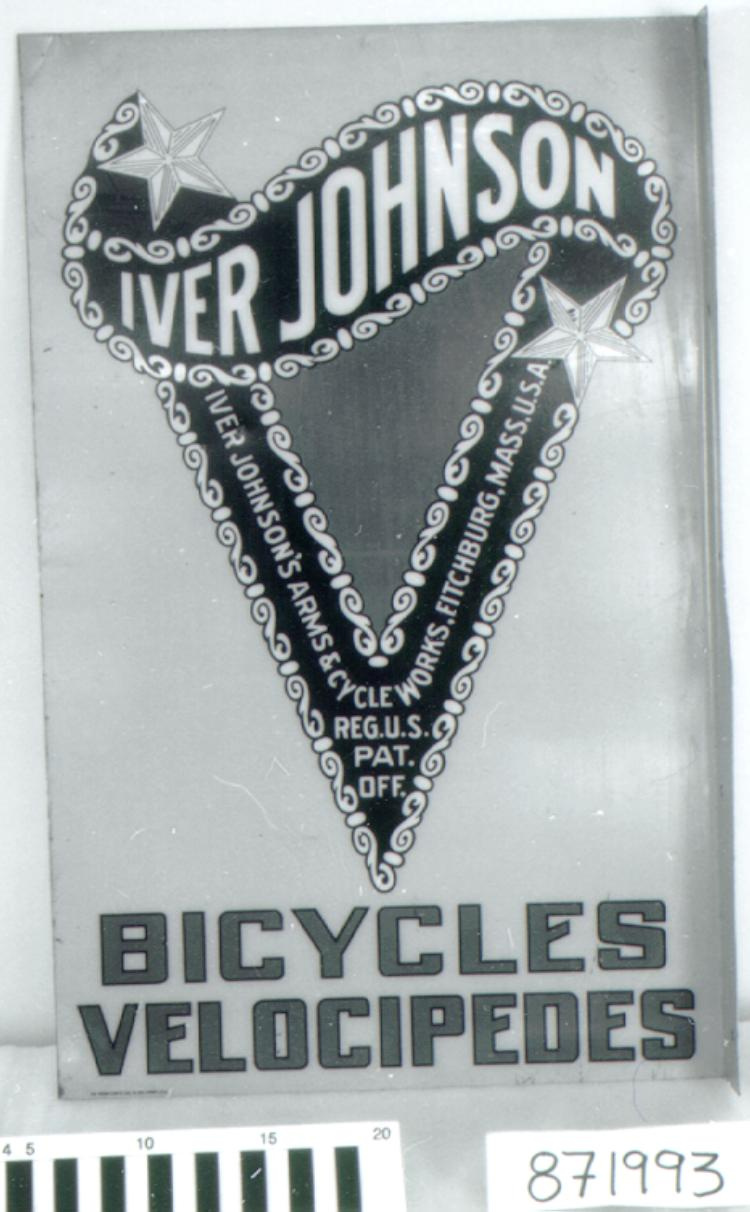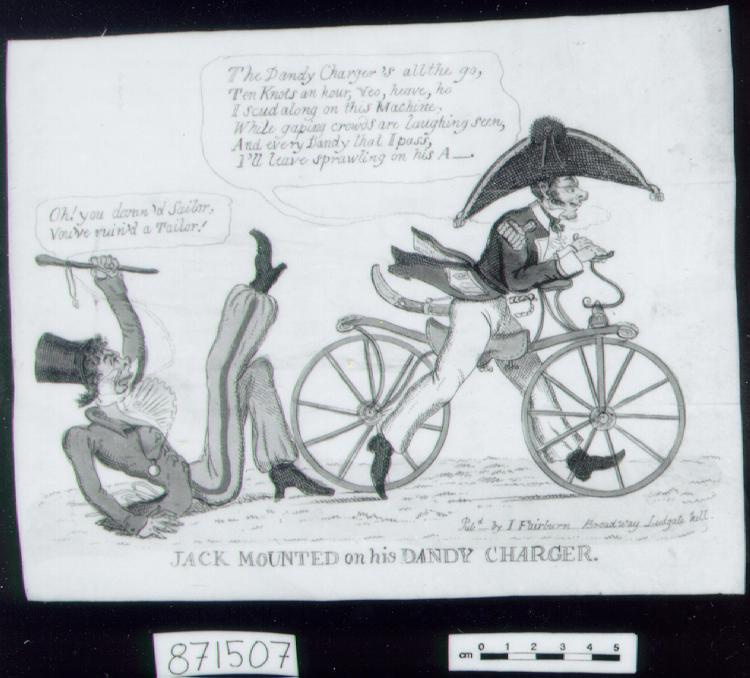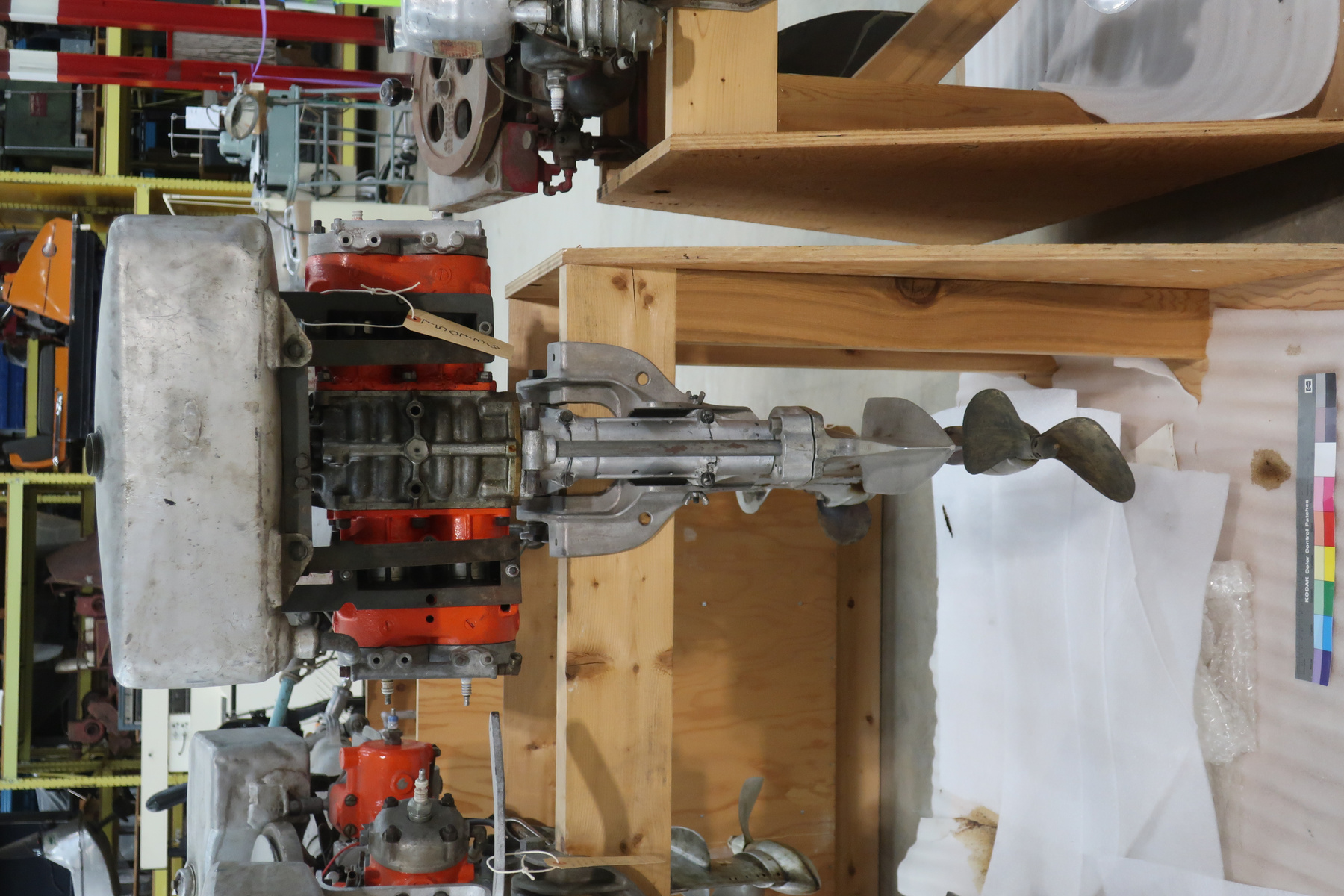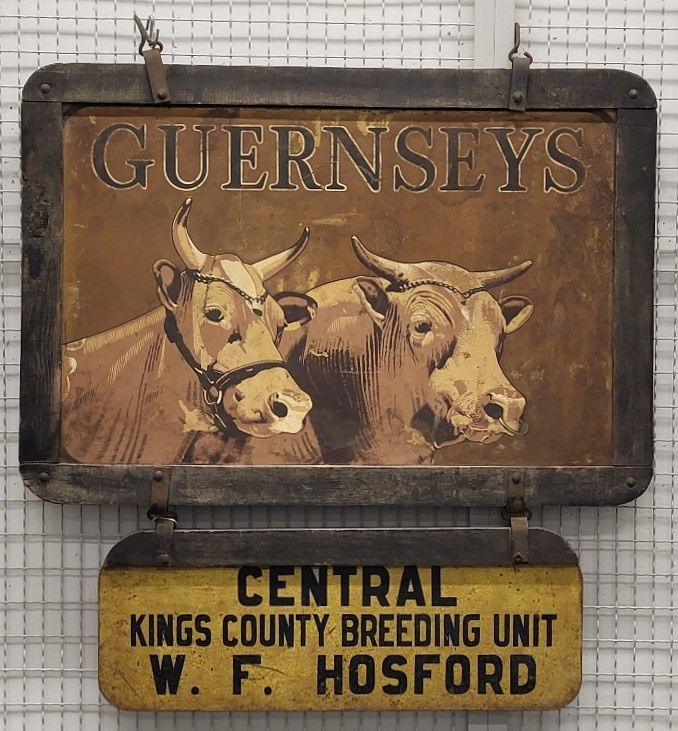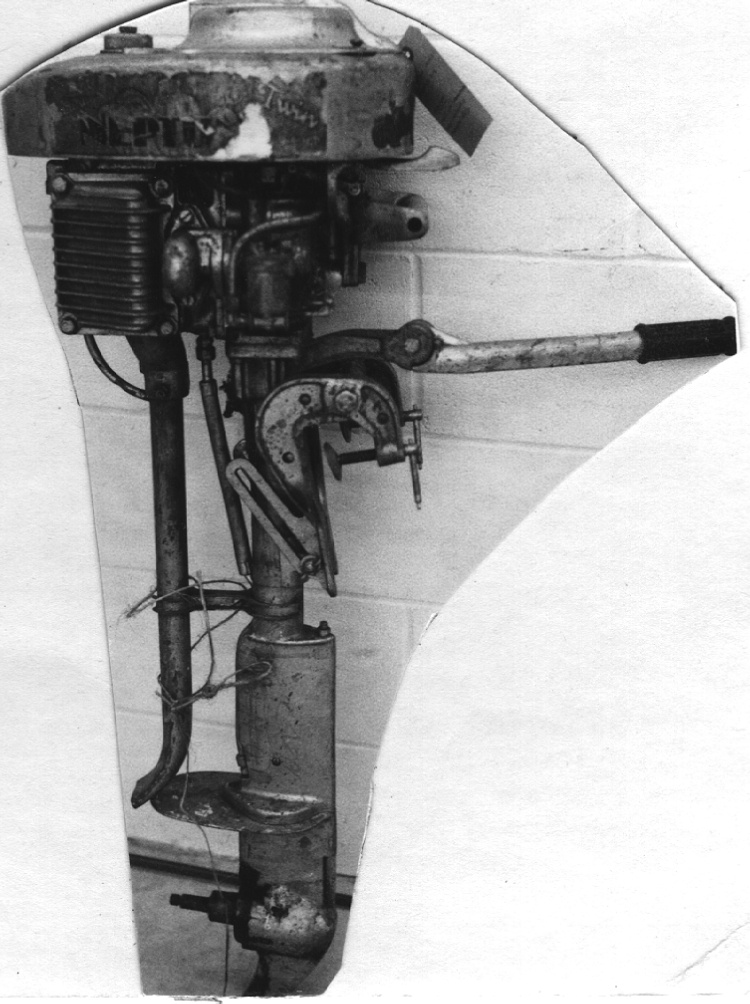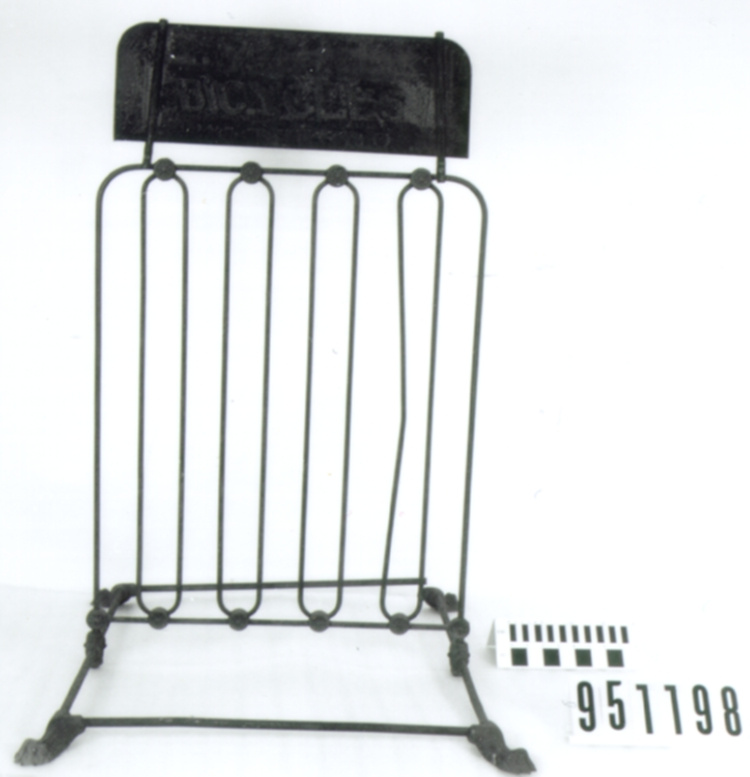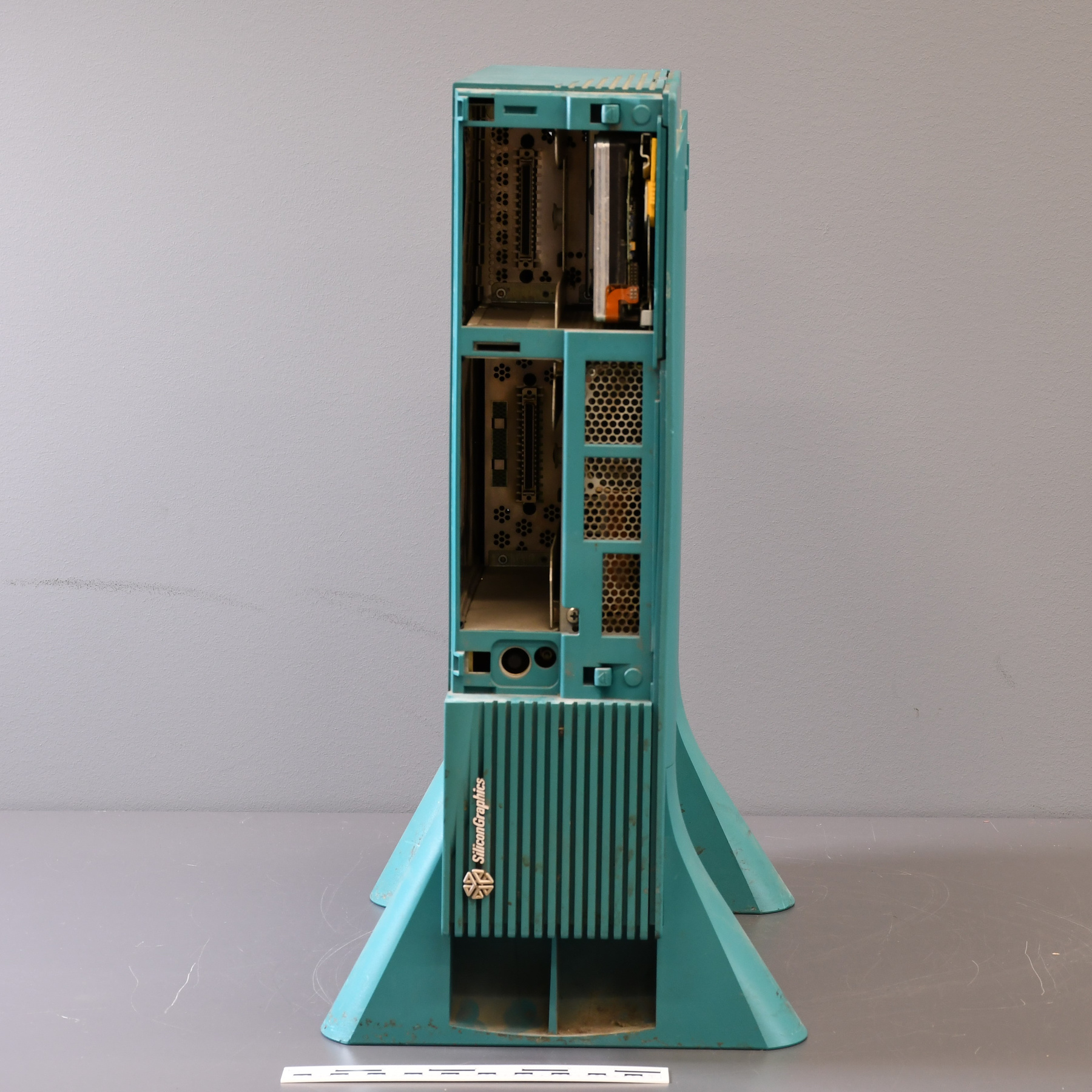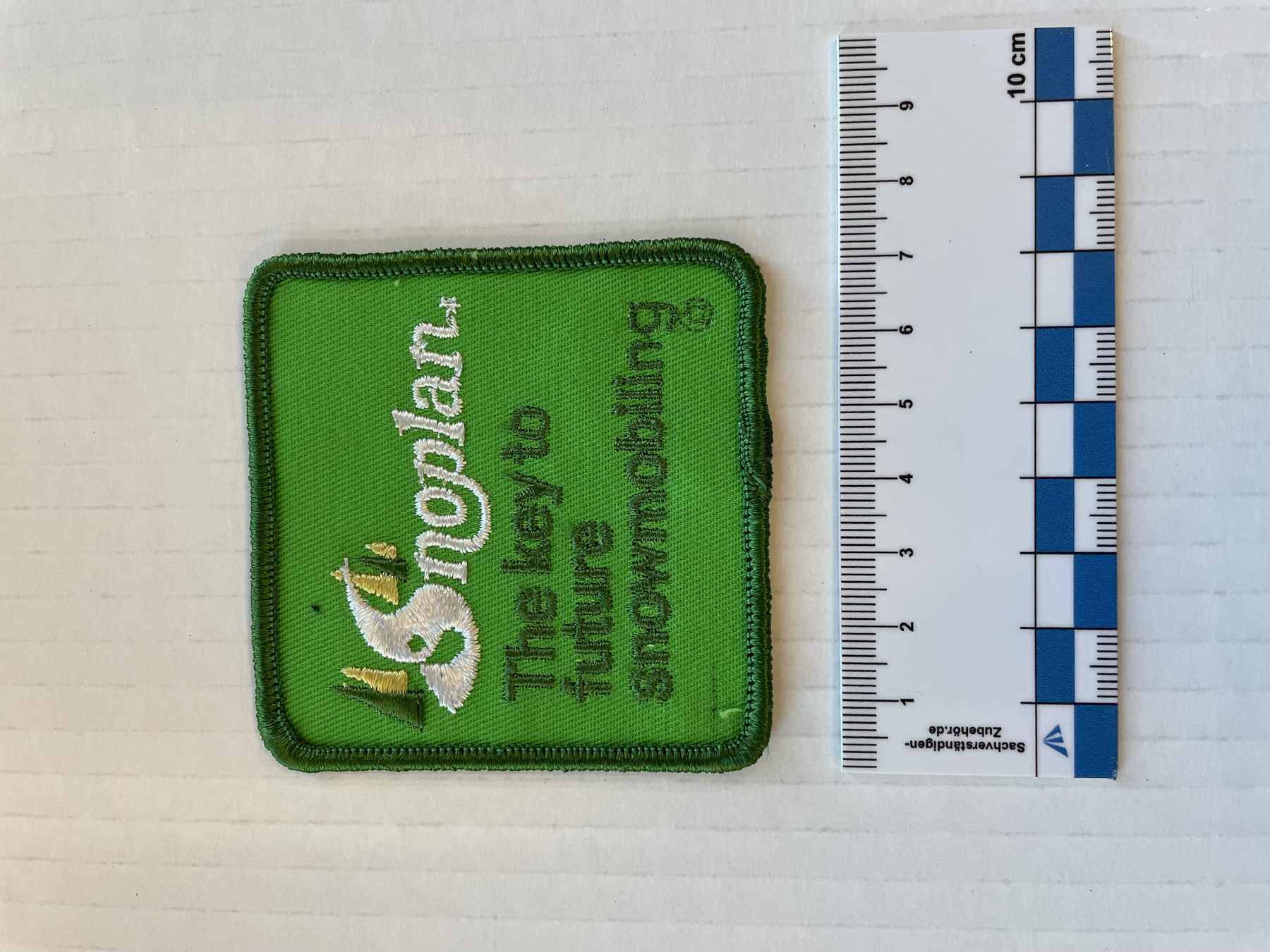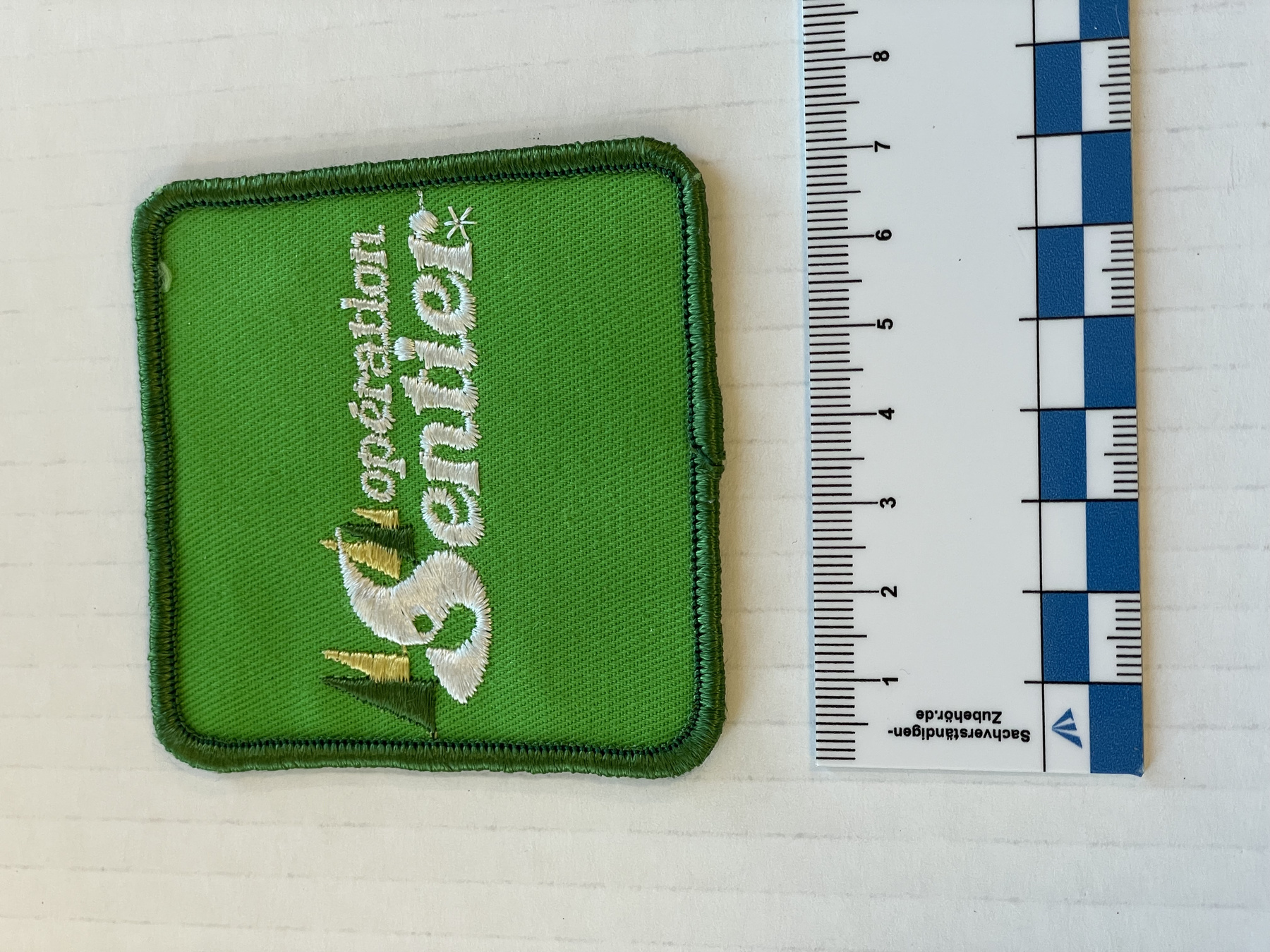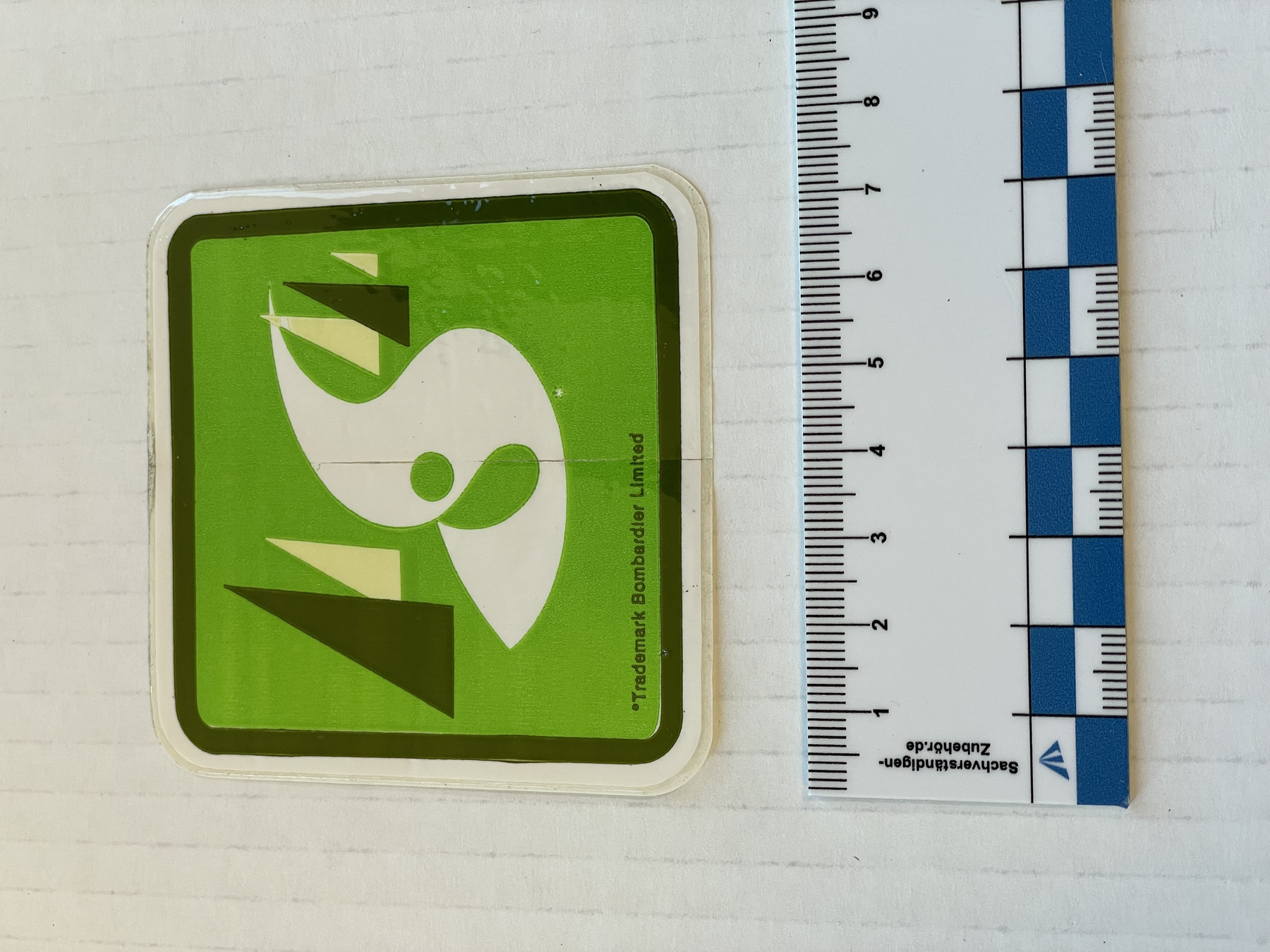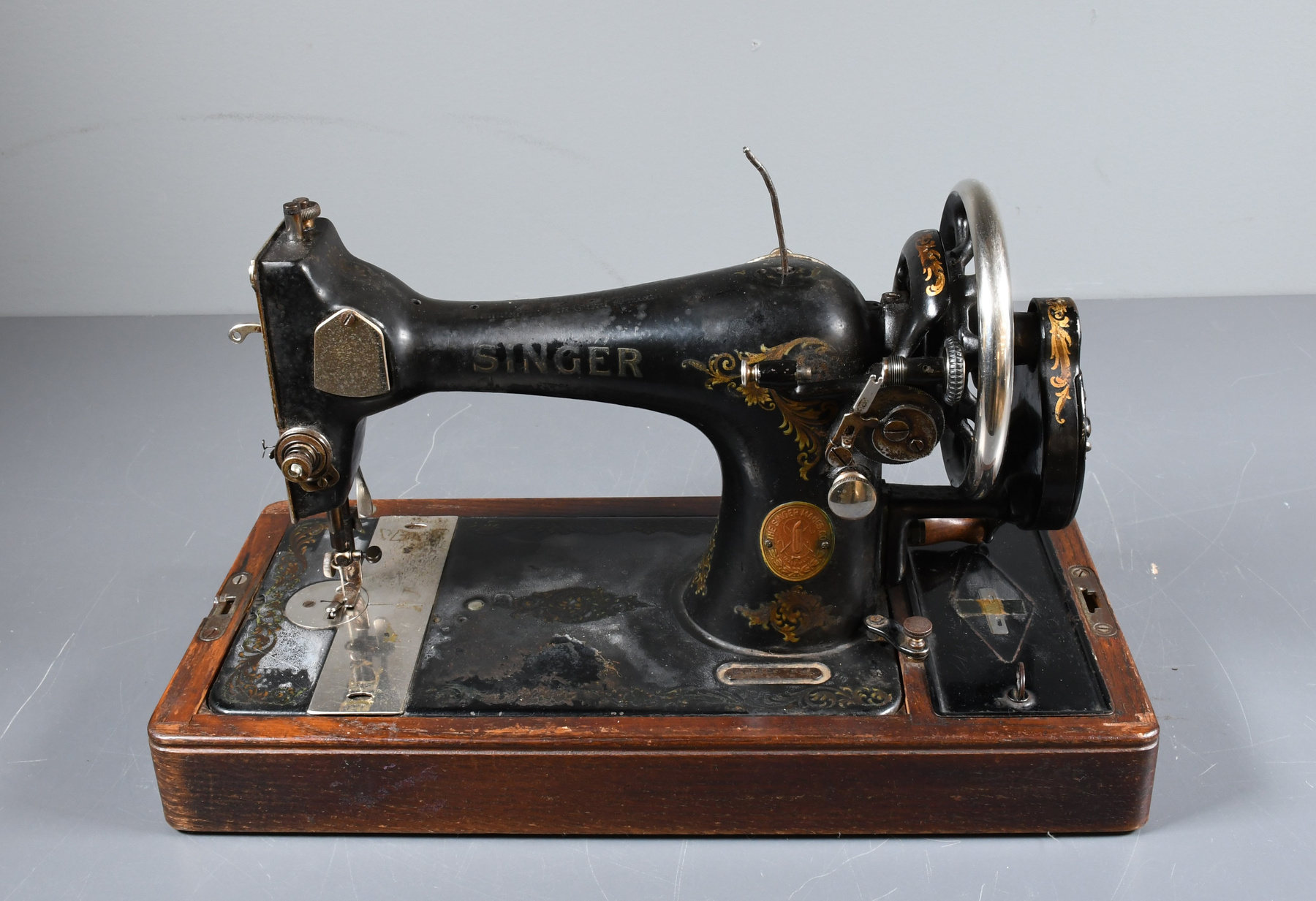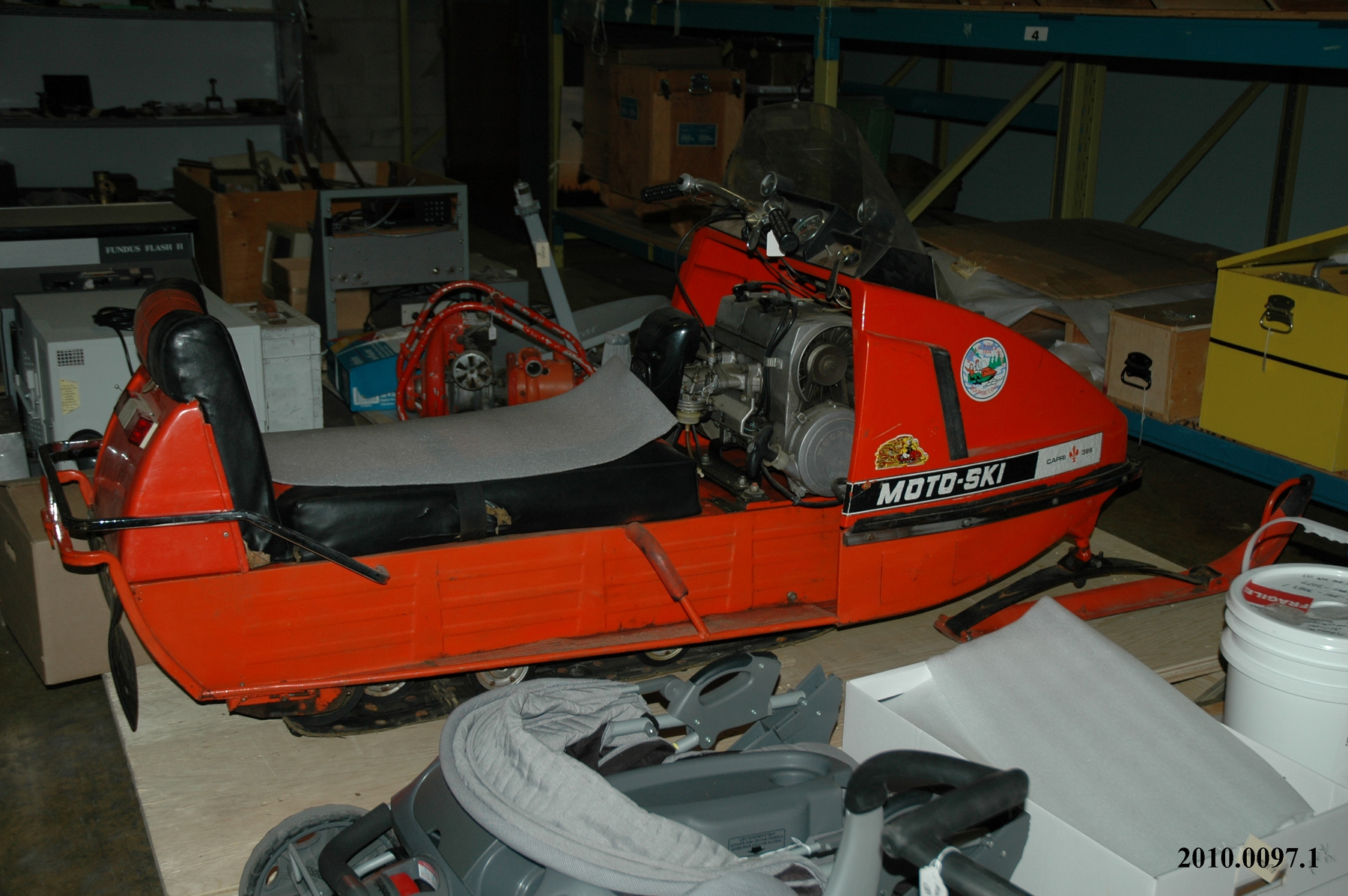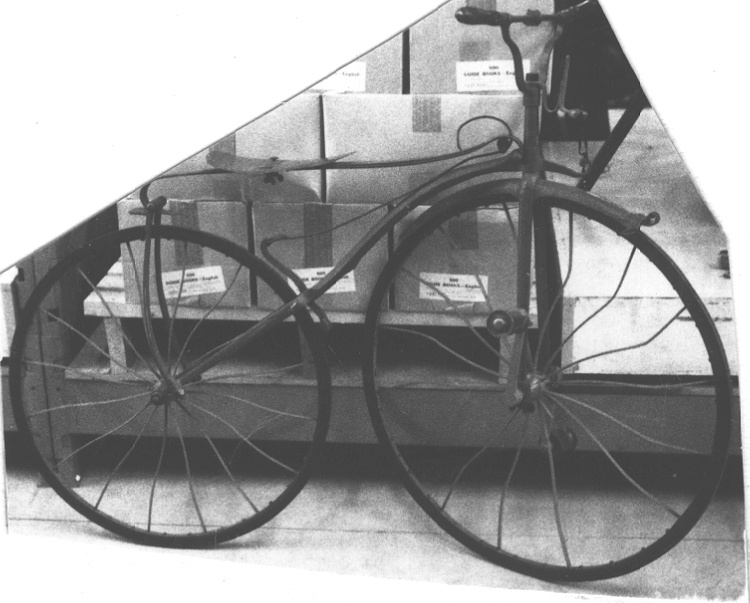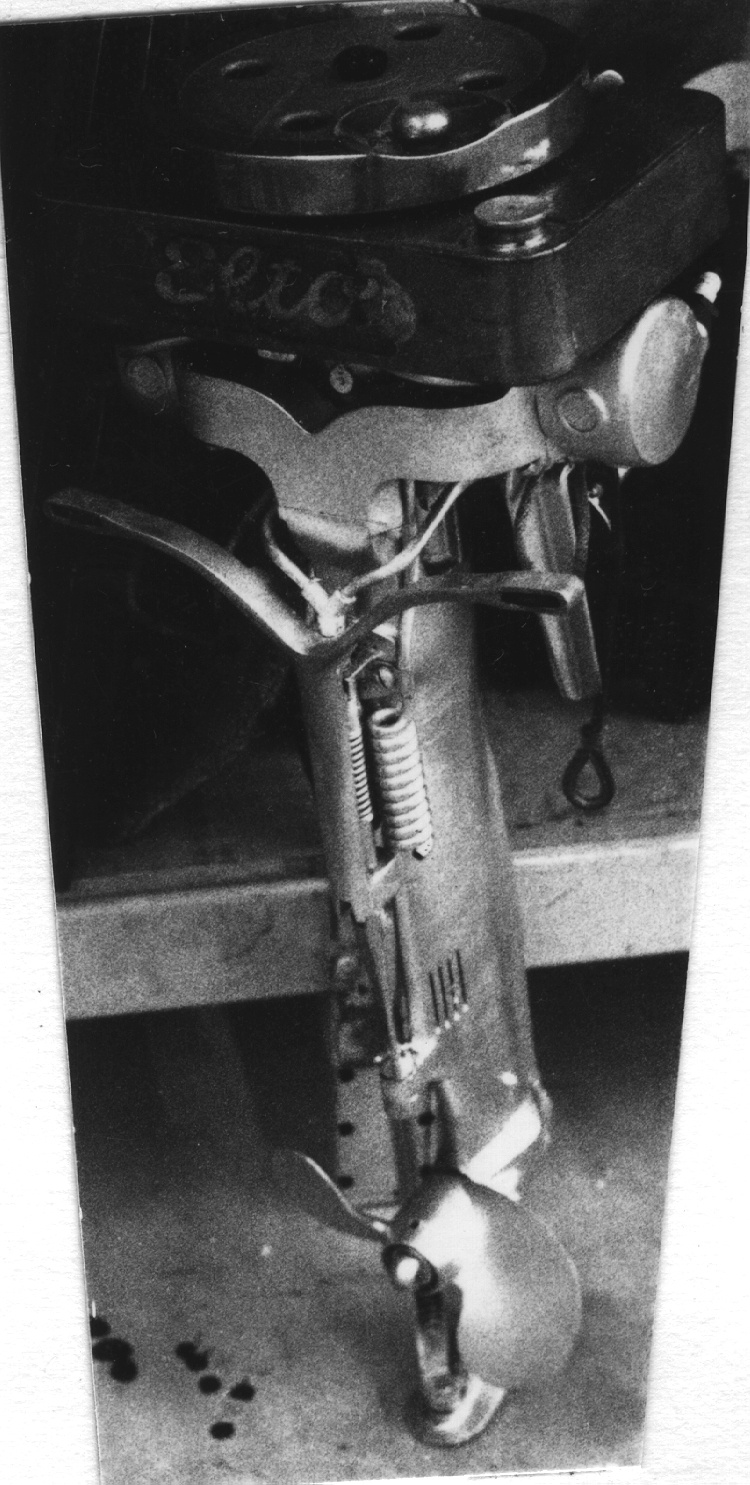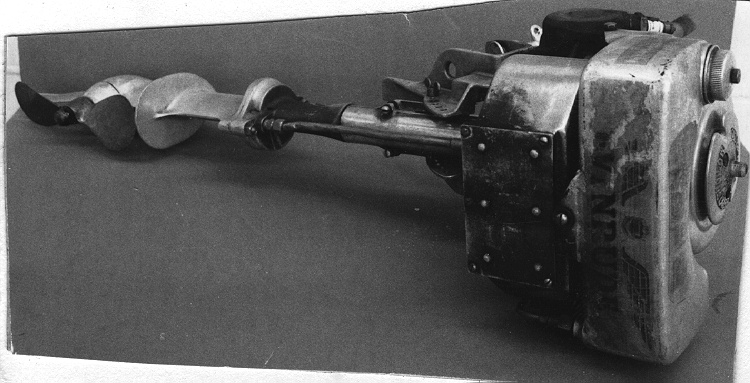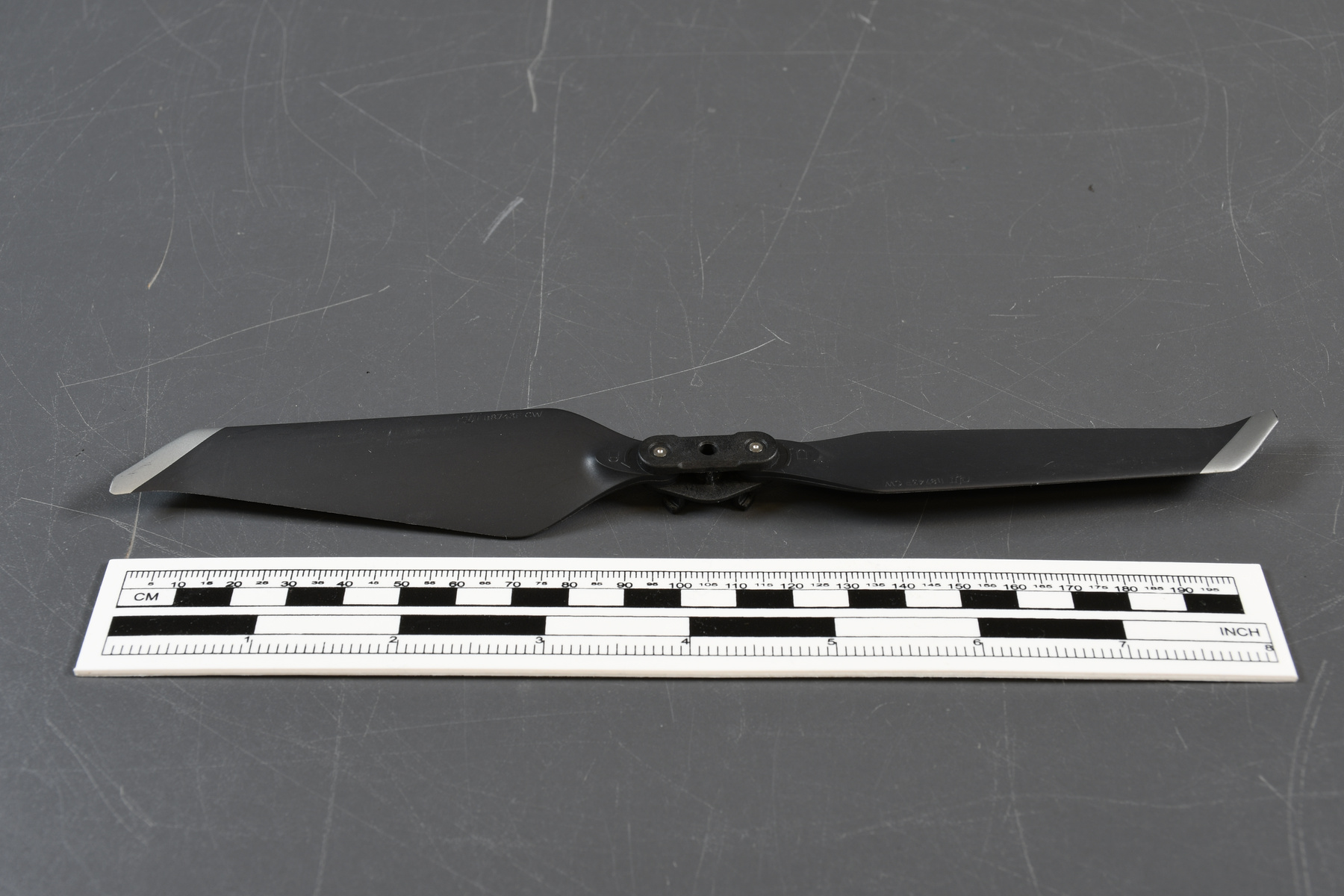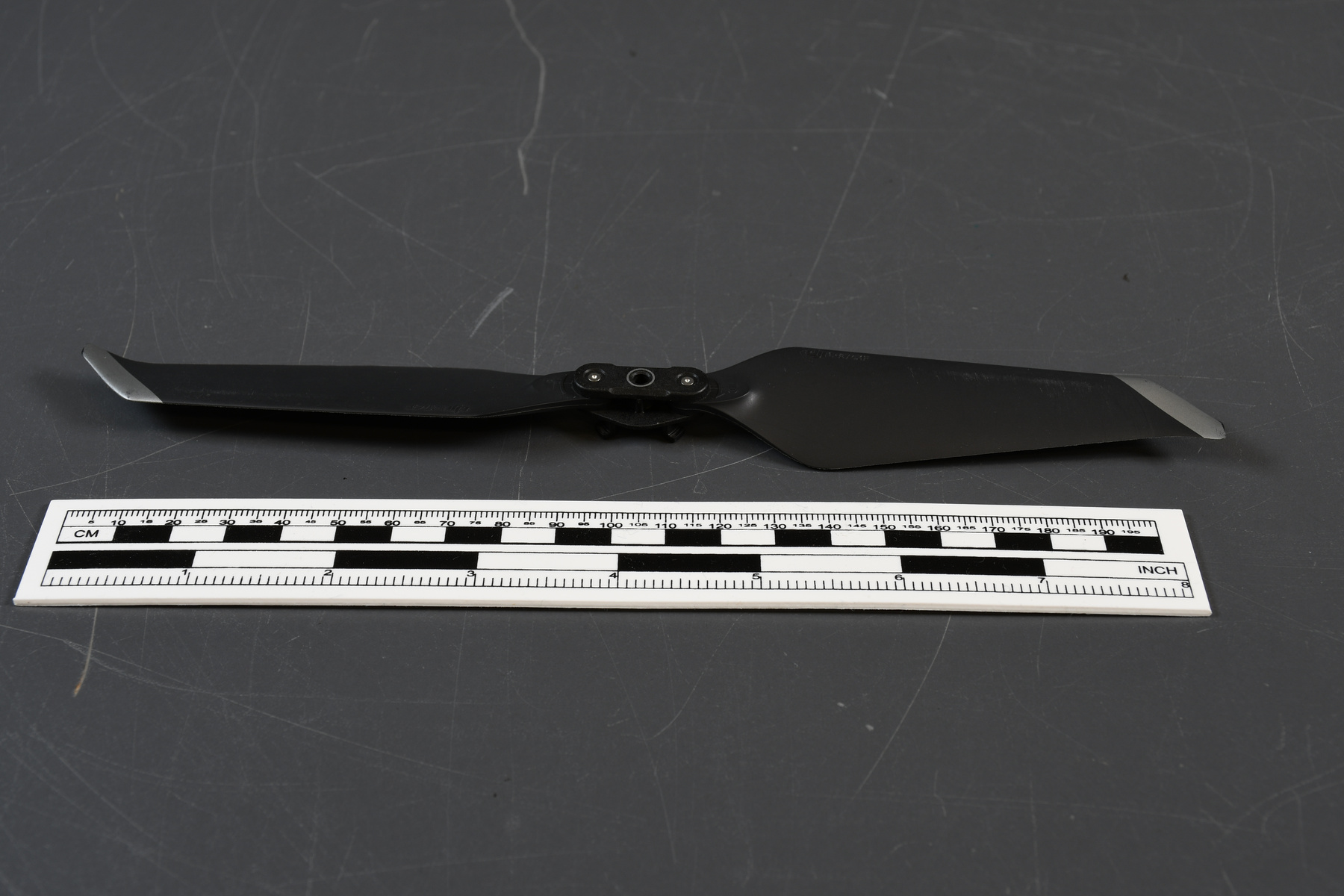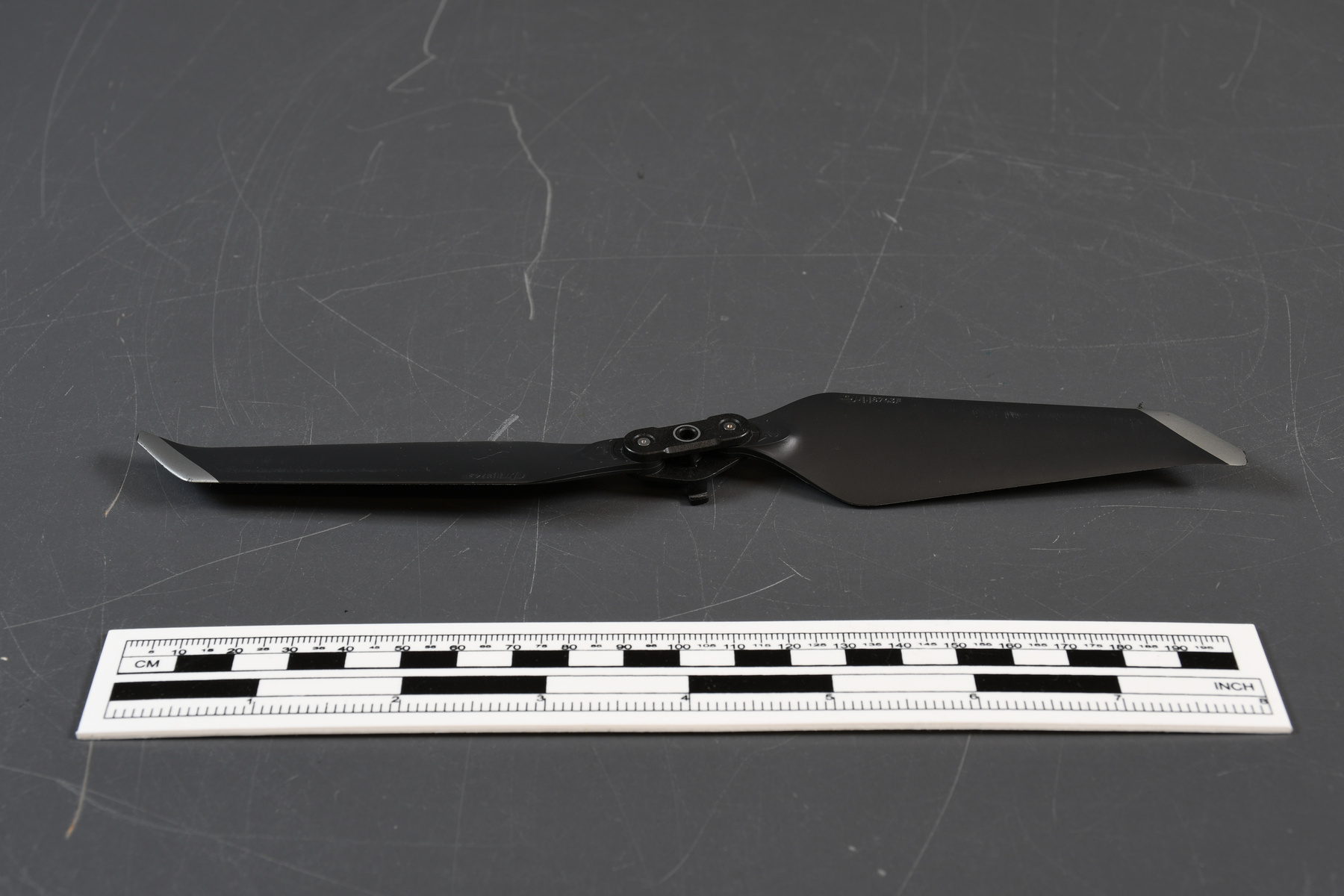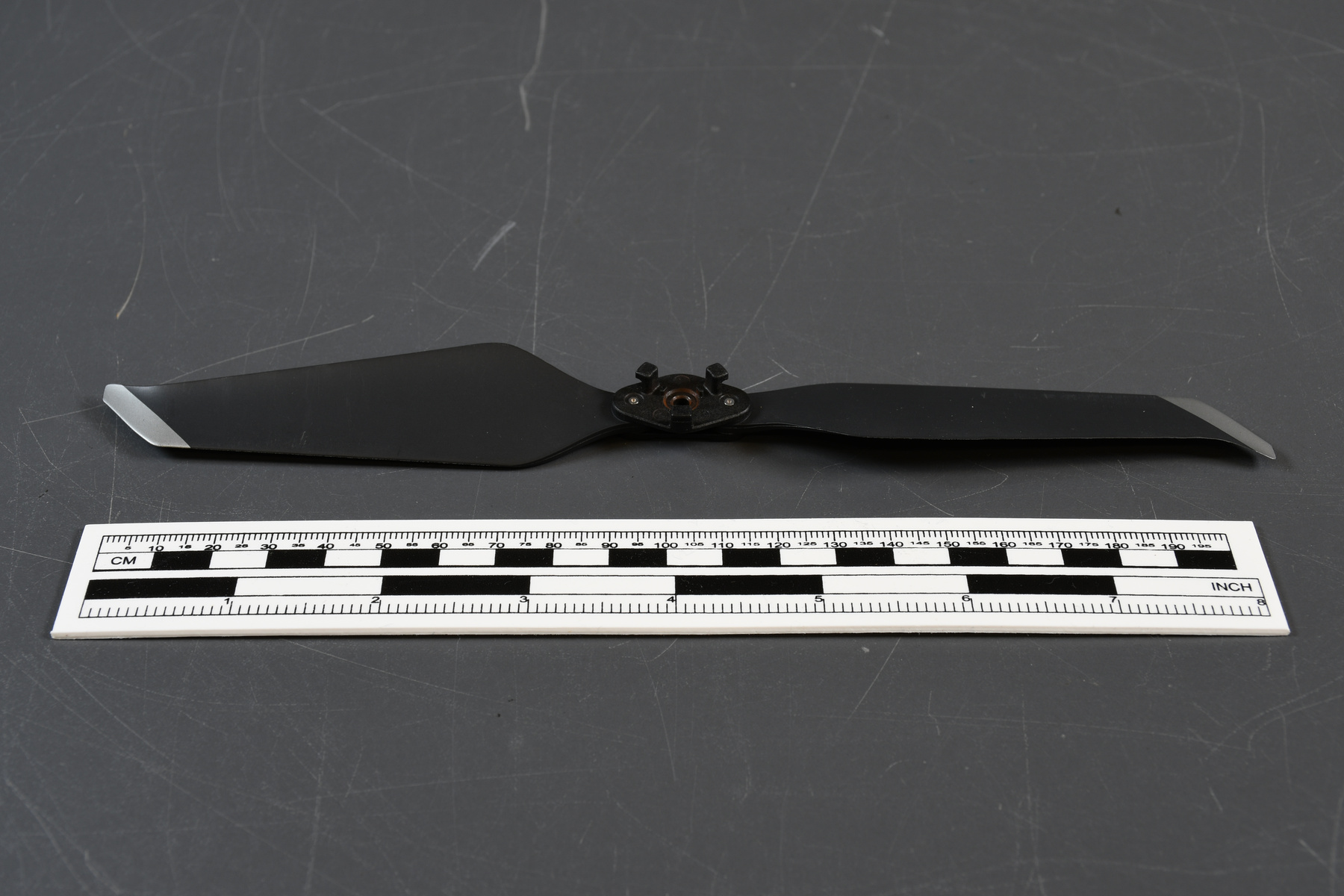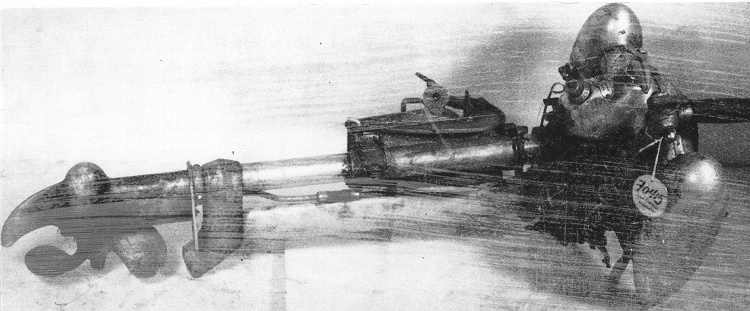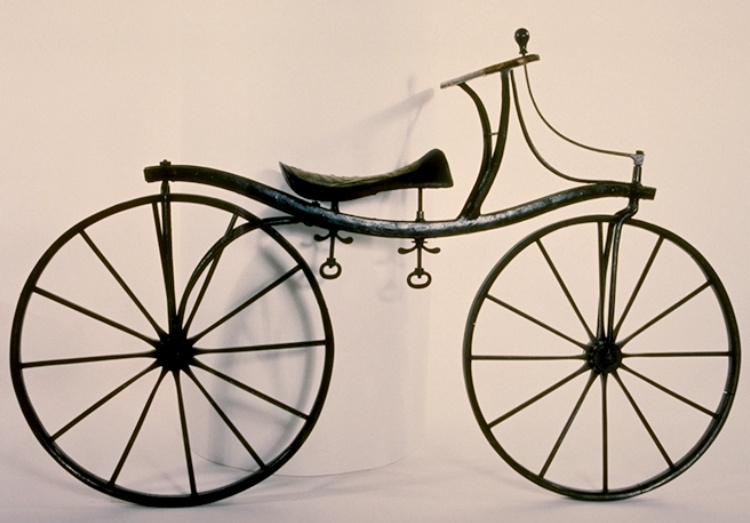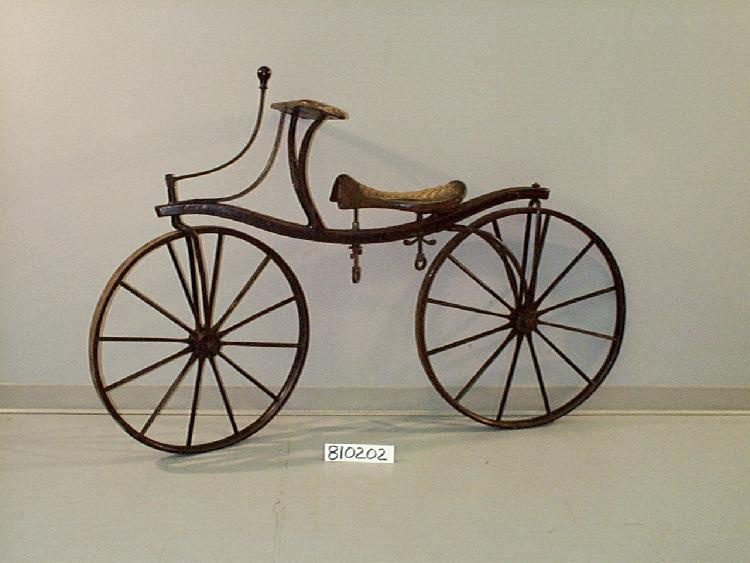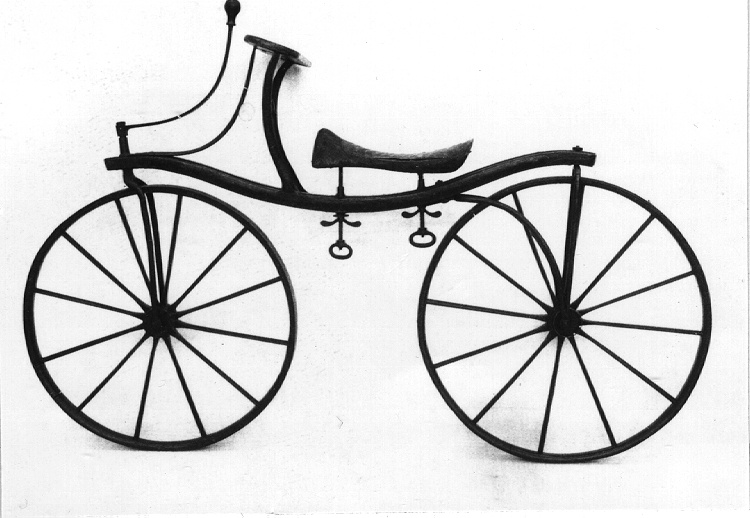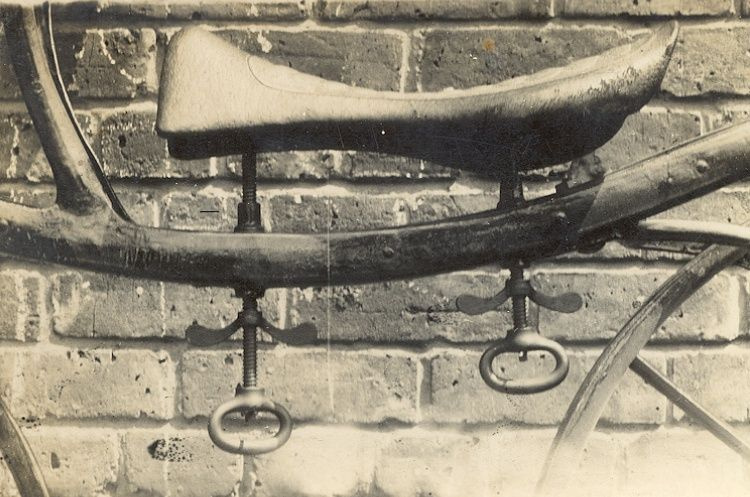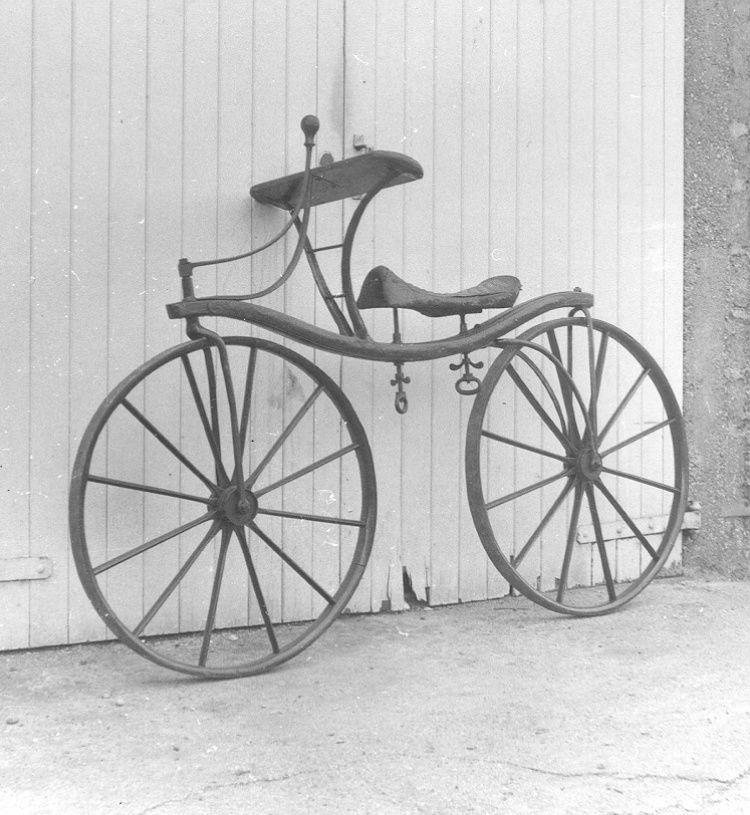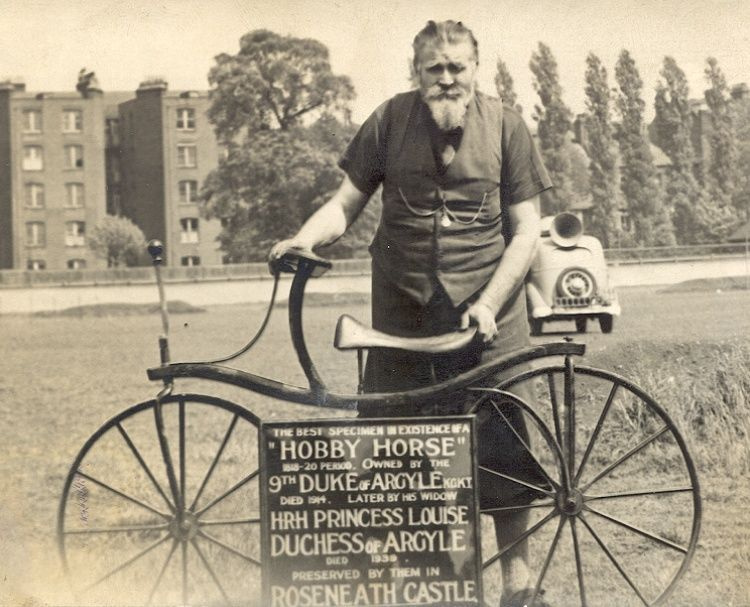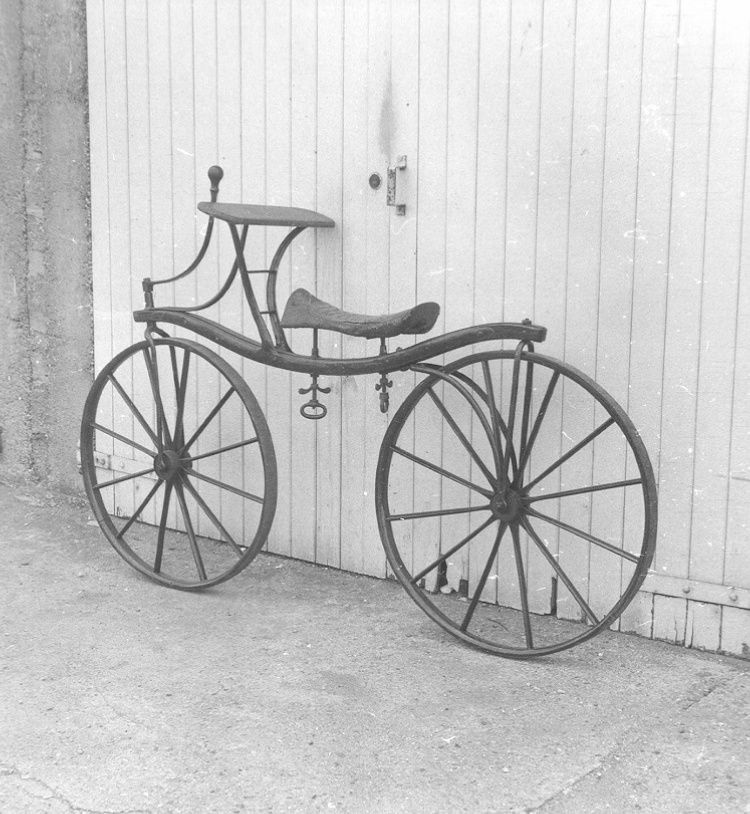Bicycle
Use this image
Can I reuse this image without permission? Yes
Object images on the Ingenium Collection’s portal have the following Creative Commons license:
Copyright Ingenium / CC BY-NC-ND (Attribution-NonCommercial 4.0 International (CC BY-NC 4.0)
ATTRIBUTE THIS IMAGE
Ingenium,
1981.0202.001
Permalink:
Ingenium is releasing this image under the Creative Commons licensing framework, and encourages downloading and reuse for non-commercial purposes. Please acknowledge Ingenium and cite the artifact number.
DOWNLOAD IMAGEPURCHASE THIS IMAGE
This image is free for non-commercial use.
For commercial use, please consult our Reproduction Fees and contact us to purchase the image.
- OBJECT TYPE
- velocipede, hobbyhorse
- DATE
- 1818
- ARTIFACT NUMBER
- 1981.0202.001
- MANUFACTURER
- Johnson, Denis
- MODEL
- Unknown
- LOCATION
- London, England
More Information
General Information
- Serial #
- N/A
- Part Number
- 1
- Total Parts
- 1
- AKA
- N/A
- Patents
- N/A
- General Description
- WOOD BACKBONE (REINFORCED ALONG SIDES W. METAL STRAPPING)/ METAL STEERING COLUMN W. WOOD KNOBS/ WOOD ARMREST/ ARMREST SUPPORT METAL (EXTENSION OF BACKBONE STRAPPING)/ METAL FRONT & REAR FORKS/ WHEELS: WOOD HUBS W. METAL BANDS; WOOD SPOKES & FELLOWS; METAL TIRES/ WOOD(?) SADDLE COVERED W. LEATHER; METAL SADDLE ADJUSTING SCREWS.
Dimensions
Note: These reflect the general size for storage and are not necessarily representative of the object's true dimensions.
- Length
- 176.0 cm
- Width
- 51.0 cm
- Height
- 117.0 cm
- Thickness
- N/A
- Weight
- N/A
- Diameter
- N/A
- Volume
- N/A
Lexicon
- Group
- Non-motorized Ground Transportation
- Category
- Cycles & cycling
- Sub-Category
- N/A
Manufacturer
- AKA
- Johnson
- Country
- England
- State/Province
- Unknown
- City
- London
Context
- Country
- Europe
- State/Province
- Unknown
- Period
- 1818-1860 (APPROX.)
- Canada
-
The Johnson velocipede or “dandy horse” was the first large artisanal manufacturing operation that attempted to create a transportation vehicle. In Canada several velocipedes were seen briefly around major cities: velocipedes made their debut in Halifax, Quebec City, Montreal, and possibly Kingston. Canadians were curious, but cautious. The price tag of these hand-made machines did not help either. In the early 19th Century, only the “rich could indulge in the sport” which reinforced its dandy association and turned the public against the machine’s appearance on the road. These machines were expensive, claimed as an aristocratic status symbol, and were just impractical for many as a method of transportation. The many workshops that manufactured these machines in England as in America lost the public’s interest by 1820. Le vélocipède Johnson (souvent nommée le draisienne) était la première opération de fabrication artisanal à grande échelle qui a essayé de manufacturier un véhicule de transport. Plusieurs vélocipèdes ont apparu au Canada au travers les villes de Québec, Halifax, Montréal et possiblement Kingston. Les Canadiens étaient curieux, mais aussi prudente grâce aux prix associés à ces machines faits à la main. Au début du 19ie siècle seulement les riches avaient le luxe de se permettre d'acheter les vélocipèdes et donc ces machines ont commencé à être associé au terme “draisienne”. Leur association avec une classe supérieure à ainsi encourager le monde à chercher défauts et le public à tourner vers l'apparence du véhicule et leur coût. Les vélocipèdes étaient ultimement considérés comme une méthode de transport pas pratique pour le Canada. Plusieurs usines au travers L'Amérique et l'Angleterre on fermés leurs portes en 1820 quand le public a perdu de l'intérêt envers les véhiculés. - Function
-
This artifact is powered by a user’s feet in order as a method of two wheeled transportation. Cet artefact est une méthode de transport qui est propulsé par les pieds de l'utilisateur. - Technical
-
The Velocipede/Dandy Horse/Hobby horse was a frame affixed to two wheels, with a cushion to ease the rider’s seating, and it had a bolt steering column to allow the user to control where they’re going. Johnson’s machine is designed as a tool and a leisure vehicle, and it was designed so that the rider would push themselves along with their feet and reach faster speeds than they would by walking, allowing for faster travel and exercise. The machine had certain issues and drawbacks; first, the machine was constructed from wood and iron, making it heavy and bulky. At the same time, the riders’ feet were strained and made the machine somewhat uncomfortable in long rides. Le vélocipède (draisienne/cheval de bois) avait un châssis fixé à deux roues avec un coussin pour faciliter la position assise coureur. Il avait une colonne de direction pour permettre à l'utilisateur de contrôler leur direction de transport. La machine de Johnson était conçue comme un véhicule de loisir qui permettait au coureur de se pousser avec leurs pieds pour augmenter leur vitesse à un niveau supérieur que la marche en même temps d'apporter un niveau d'exercice. La machine était encombrante en pesante à cause de sa construction en bois et en fer. Les pieds du coureur était taxé à cause du poids et la machine n'était pas confortable pour parcourir de longues distances. - Area Notes
-
Unknown
Details
- Markings
- N/A
- Missing
- LEATHER COVER & PADDING ON ARM REST
- Finish
- PAINTED BLACK & VARNISHED
- Decoration
- RED STRIPING ALONG EDGES OF BACKBONE, EXTENDING UP ONTO THE ARMREST SUPPORT/ 2 PARALLEL RED STRIPES AROUND EITHER SIDE OF HUB/ RED STRIPING ON EACH SPOKE, 2 PARALLEL LINES ON BOTH INSIDE FLAT SURFACES & A TRIANGLE SHAPE PATTERN ON THE SPOKE SHOULDERS/ RED STRIPING DOWN FORKS.
CITE THIS OBJECT
If you choose to share our information about this collection object, please cite:
Johnson, Denis, Bicycle, circa 1818, Artifact no. 1981.0202, Ingenium – Canada’s Museums of Science and Innovation, http://collections.ingeniumcanada.org/en/id/1981.0202.001/
FEEDBACK
Submit a question or comment about this artifact.
More Like This
